POP Super Coupling and Angel POP for Dr.Amanda Peet – 6-01
Dr Amanda Peet – From M-Theory to M-Systems
POP Super Coupling and Angel POP for Dr Amanda Peet
This 29,000 word M-Theory to M-Systems ‘work in progress,’ was created for Dr Amanda Peet in Dec/Jan 2016/17. It features 16 Points of M-Theory Similarity and M-Systems 9 to 15
16 Points of M-Theory Similarity
By Nick Ray Ball 28th December 2016 to 8th January 2017
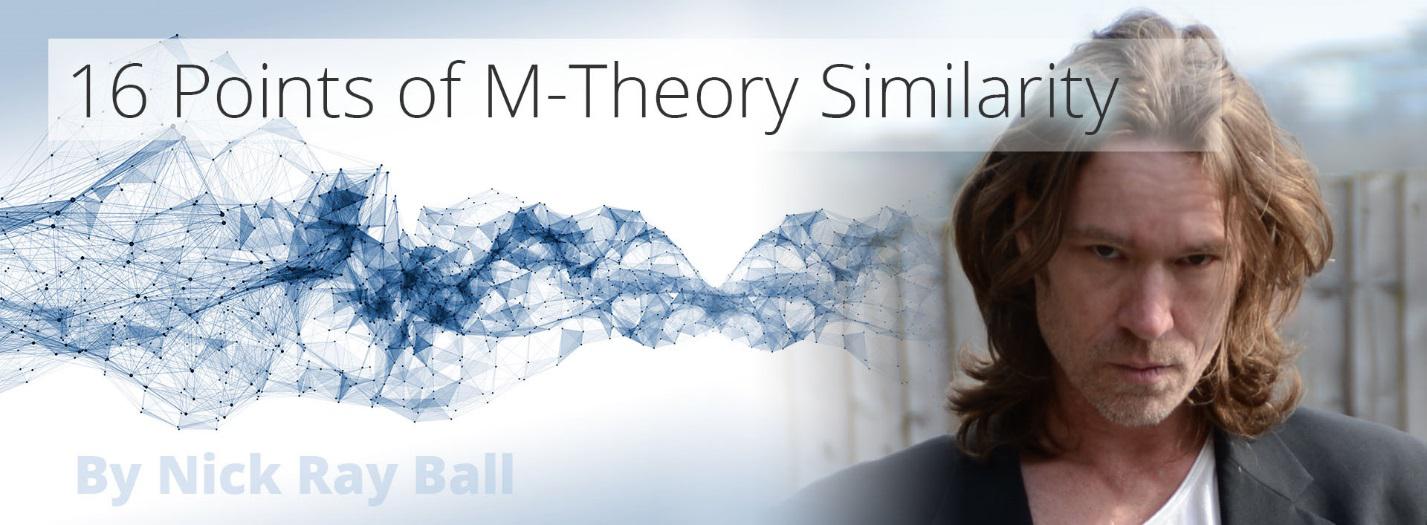
16 Points of M-Theory Similarity (2017 List)
1. String Theory and Different Shapes of Vibration > M-System 0 – The GGW-String
2. Butterfly Effect 1 (Ripple Effects) > M-System 2 – The M&B String
3. Strings of Ripple Effects > M-System 2 – The M&B String
4. Boosting Strings > M-System 3 – The Susskind Boost
5. String Feynman Diagrams > M-System 4 – The Peet Tent
6. Heisenberg Uncertainty Principle > M-System 4 – The Peet Tent -QSF
7. Chaos Theory & Rounding Errors > M-System 5 – POP (Financial Gravity)
8. High String Coupling > M-System 9 – Super Coupling [2]
9. Conservation of Energy > M-System 10 – RES
10. Butterfly Effect 2 > M-System 11 QuESC 2012
11. Newtonian Space & General Relativity> M-System 11 – QuESC 2017
12. Whatever Can Happen Does! > M-System 13 – UCS Voyagers
13. Quantum Mechanics Feynman Sum Over Histories > M-Systems 14 – Angel Cities
14. String and M-Theory in 11 dimensions > M-System 15 – Angel POP Dimensions
15. String Quantum Mechanics > M-System 15 – Angel POP Laws
16. Super Symmetry > M-Systems 16 – Angelverse Super Symmetries
The Network on a String – Points of SUSY Similarity
By Nick Ray Ball 7th & 8th January 2017
Before starting from the beginning for the first time, I need to add the section ‘The Network on a String – Points of SUSY Similarity’ which currently is not online…
This section was originally 16 Points of SUSY Similarity, the reasoning being at 16 points it became more than coincidental. Of course, looking back to Nov 2012 these points were not always correct and did not really prove that one can use M-Theory and TOE math as the foundation for an improved economic system. However, they were the precursor to the way M-Systems has been designed.
First, we shall look at the original 16 points, eight of which were detailed in the book ‘The Network on a String.’ The balance was left to be written about in a later book.
This is now that book’s research chapter. The detail for the last 8 systems was detailed in this very long chapter.
I’m looking forward to creating the 2017 version of ‘Points of SUSY Similarity’ (as seen above). But first let’s look at the original Network on a String > 16 Points of SUSY Similarity. I shall add links to the original chapters, add links to which M-System the original points lead to.
16 Points of SUSY Similarity (Full 2012 List)
Prequel: The POP Investment Principle (View Original) – (M-Systems 5, 9, 15)
1: CFM & POP Analogies (View Original) – (M-System 4)
2: BABY POP and the M⇔Bst Equation (View Original ) – (M-System 2)
3: Quantum Force Theory, Spin & the RES Equation (View Original) – (M-System 10)
4: M⇔Bst > SUSY Hierarchal Spin Equalizer (View Original) – (M-Systems 15 & 16)
5: Satellite String Networks (View Original) – (M-Systems 15 & 16)
6: Super String & Quantum String Networks (View Original) – (M-Systems 15 & 16)
7: Angel POP (View Original) (M-System 15)
8: Quantum Divert Principle (the periodic numbers recycle bin) (View Original)
The below systems were not developed in 2012 but did contribute to M-Systems.
9: Adinkras & the Source Code (M-Systems 12, 13, 14)
10: Parallel Universes and S-World UCS (M-Systems 12, 13, 14)
11: M is for Matrix? (M-Systems 12, 13, 14)
12: S-World UCS Quantum Time, Voyager Simulations (M-Systems 13, 14)
13: QuESC, and the Butterfly Creator ⇔ Butterfly Receiver (M-System 11)
14: The PQS – Predictive Quantum Software (All M-Systems)
15: The Spartan Theory Physics Origins (Points of Symmetry)
16: The Beautiful Butterfly Effect (The Butterfly Dimension) – (M-Systems 0, 2, & 15 )
M-Systems – A Digital Theory of Everything…
M-Theory, an Economic Science?
M-Systems 1 to 10…
So far, this book has only covered M-Systems 9 through 16, albeit in some detail. As one will read, much of the work that is now in these later systems was developed in this book.
As an introduction I will write a summary of the first 10 M-Systems.
-
The GGW-String (Quick Summary)
-
String Theory
The GGW-String receives its energy (money) from all S-World companies, in our current real-world experiments where we have used 25% of gross profit. Which is similar to 50% of shareholder profit before tax (but different industries may require different parameters).
To create qualities of String Theory we start with what Professor Hawking suggests was “the first instance of what we now know as theoretical physics,” created by Pythagoras (circa 580 to 490). Who “is said to have discovered the numerical relationship between the length of the strings used in musical instruments and the harmonic combinations of the sounds.”
Getting back to current physics and String Theory, the quality of String Theory that changes it shape to create different particles such as gravity and photons seems to be the most fundamental law/quality. And so, it is correct that the most tangible real-world quality of M-System holds to this principle.
How S-World and M-Systems simulate this effect is simply to describe the different ways S-World will spend its income as different shapes of a string. Whilst this may sound very simple and possibly just a coincidence, the journey to this conclusion was a long time coming and was a direct result of M-System 3 – The Susskind Boost (inspired by Professor Leonard Susskind) and in particular M-System 4 – The Peet Tent (inspired by Dr Amanda Peet), in which we mimic the ‘baggy pants’ string Feynman diagram. To make a system where no company can fail, simply by changing the shape of the GGW-String to apply additional boost to weaker companies and more boost to failing companies (note that we would of course also look at the management of the company). However, due to the TFBMS software and other M-Systems it’s very hard for a company to fail. And if it does as we will calculate full financials accurate to 3 days (not created the year after), any company that is failing will be seen a long time in advice of any critical action needed. And of course, before a company is classed as failing, it will for a long time be called as weak and will have some additional boost applied.
-
Give Half Back.
In March 2011 at the beginning of the S-World journey, I started with a philanthropic principle called Give Half Back, where half of the profit would be used philanthropically (to be precise the half of profit that would be due is kept 50% of the company).
However, as the system took shape it appeared in many instances that the money that was due for philanthropic spending could be done is such a way to do the same or better in terms of philanthropy, but also make a profit for the system as a whole.
This effect was initially considered as similar to the Butterfly Effect and this is where the series of 4 ‘American Butterfly‘ books in 2012 got there name. There is quite an associated story. But to stay on topic, one now considers the spending on ‘Give Half Back’ by the GGW-String as different shapes of a string and considers the different special projects as are presented in Angel City 5 as different subsets of that shape.
Each different spend from the GGW-String is a different shape. And of course, there either needs to be further different shapers for when two or more different spends are purchased (say 50% Susskind Boost and 50% Give Half Back) or there need to be different strings working in series (note that the second option is a lot simpler, and in measurement one can simply change the size of the different shaped strings and look at them in tandem to see the spending method).
-
-
S-World, S-Web, and the TFBMS (quick summary)
-
Villa Secrets
The real-world project/experiment that can be best seen at network.villasecrets.com & www.villasecrets.com includes S-Web, a system that can create a great many high-end real estate and travel franchises (we have developed most of this and are preparing for the creation for the first phase/string of franchises).
-
The TFBMS
M-System 1 also includes (but we have not yet developed) the TFBMS (Total Financial, Business and Marketing System, which become an essential ingredient in the Susskind Boost and Peet Tent. And within the TFBMS is the Sienna-Bot AI the first version of the S-World AI, to be perfected within M-System 11 QuESC (The Quantum Economic System Core).
-
-
The M&B String
- String TheoryThe M&B string considers a phrase from Professor Michael Green saying, ‘So this thing that we think of as the smallest consistence, may in fact be the thing that contains us.’ And thereafter considers the creation of one company that is connected to another making a string of 2 companies. Then 3 and so on until the entire global economy is created from the one single string.
- Chaos Theory / Butterfly Effect / String TheoryThe M&B String (M<>Bst) (The Mother and Baby String) originally created in 2012 plotted the path of one grand network (a collection of companies attached to a property development) investing its profit per POP method to a new grand network. Then both the mother and baby grand networks invest into a 3rd then networks 1, 2 & 3 into a 4th etc.… up to 16 grand networks.
Whilst this effect may be best described as a Butterfly Effect, it also became a way to describe to the growth of a grand network into many baby networks as strings of networks. Where the (M<>B) describes the iteration between the mother and baby networks and the ‘st’ describes the iteration and ripple effects between the rest of the grand networks created, making the M<>Bst
- Chaos Theory / Butterfly Effect / String TheoryLater in 2016 for the real-world prototype ‘Villa Secrets.’ The principle changed to AB Strings (Ast<>Bst) and individual companies, relative to other companies in a local network and a way to map out the ripple effects, so one can value a company not only on its own merits but also the effect a single company has on the others in its network. Where after the network was described as a string and the ripple effects of the string of companies were considered in comparison to other strings/networks.
These ripples are effected by the TFBMS, The Susskind Boost, POP, QuESC & S-World UCS which collectively turn them into paths/strings of opportunity for companies to follow.
-
The Susskind Boost (Quick Summary)
- String TheoryThe Susskind Boost (inspired by Professor Leonard Susskind’s ‘Lecture 1 String and M-Theory‘) video sees a network that looks to boost its way to success in various ways. It tells us that small companies need maximum boost during the beginning few years of existence. And if a company is falling behind others, we just need to boost its some more.
- Susskind Boost EquationŜ = (Ḡ x ₰ + Ť + Ŵ + Ƈ + Ѳ + Ð + Ð2>9 + Ḿ) ÷ (ϻ + ⌂)
The Susskind Boost equation is simple algebra which is created to become a software program/algorithm . It’s probably phrased incorrectly but the principle is sound and it becomes an important part of later equations in particular for M-System 10 Super Coupling.Without going into too much detail Ḡ is gross profit and ₰ is the TFBM software. After which we add boosting methods, for example Ť is tenders or agency contracts. After which we divide the result the limiters ϻ for market share and ⌂ for access to stock.
In addition, the boosting methods above which are all relevant to the real-world prototype Villa Secrets came other boosting methods.
(⃝ + ß + ₪ + Ǭ + Ś + Ś2 + Ṻ + ₯ + Ăć1>5 + Ḇr1>7 + ₱)Follow this link for a description of all characters in the equation and some history on The Susskind Boost.
- Quantum Mechanics & Planck CubitsThis point is a work in progress and is the least developed of all ideas. However, I wish to peg the network currency to a universal constant and so far, Planck’s Constant seems the most appropriate. By having a network credits system we can improve E (quantum efficiency) within the M-System 10 the RES equation (Revenue x Efficiency x Spin).
-
The Peet Tent (Quick Summary)
- String Theory Fundamentals – String Feynman diagrams
The Peet Tent is a shape of the GGW-String where a failing company sees its revenues boosted by the collective network. Effectively creating the network as a string Feynman diagram where any outcome from the many (quantum like small companies) financial results are always within an acceptable range.Whilst this point can be described well in just a short sentence, it is only due to the GGW-String. And it should be noted that the GGW-String was created as a product of the Susskind Boost and Peet Stretch. The value of creating a network in which no company can fail is a precious quality, not least when it comes to individuals wishing to get bank finance to pay for S-World companies start-up costs.The Peet Tent becomes a valuable stablemate to M-System 15 POP Part 3. Angel POP [2] [3]
- Quantum Mechanics (Quantum Safe Forecasting )Quantum Safe Forecasting seeks to limit Peet Tent usage (making companies less likely to need assistance and in addition creating a single digit value for a company that tells us its probability of success) by using basic elements of the Heisenberg uncertainty principle to decrease financial estimates and to include economic elements in the equation.
The equation is in flux and like all my equations is probably phrased incorrectly.

The algorithm is created to assess the likely probability or not of a Villa Secrets company succeeding in Hawaii. The values are true values for Ḡ and good estimates for other variables. In the first phase of the equation we throw a lot of uncertainty at it.

Ѧ = The Peet Tent
Ḡ = Gross Profit ($270,000) (real-world gross profit in 2015 for the company CTLV)
Ƨ = 80% (First year jitters for new company)
₲ = 60% (QSF limiting variable, made to increase probability of forecast)
Ѱḃ = 85% (Disasters and ELE’s Renormalized)= $110,160

Ĺ = The Location Hawaii Ѧ = The Amanda Stretch $110,160 ϻ = Market share 1000% (As the market is 10 times bigger) Ƕ = Manual Override Limit 50% (Added as caution due to large market) Ҫ = Competition 200% (As there is less competition) ⌂ = Accessible Stock 25% (As access to the bulk of stock is uncertain) = $275,400 which is 102% of the CTLV 2015 figures and a good score.
There is a lot more to go with this but it does explain the basics. And whilst we are creating a very limited forecast where most locations would be in negative percentage areas, that’s the point. As it is the brake or balance for the Susskind Boost which mostly increases the forecasts of any potential opportunity.
Note that the ₲ = 60% (QSF limiting variable, made to increase probability of forecast) is a simple adaptation of the Heisenberg uncertainty principle in which multiply the uncertainty in the position (time) of a particle (system) by the uncertainty in its (profit) momentum.
We make the position one year and lower the profit target, so creating a greater probability of making and beating the target.
I have also used a further doubling of uncertainty each time the time is doubled (2 years, 4 years, 8 years) within real-world opportunities.
- Quantum Mechanics > Monte Carlo Effect ProbabilityMonte Carlo Effect Probability is used limit all potential untested advances to minimum level effects in all areas of forecasting. So for instance, if we go to ₰ the TFBMS and look at the marketing page we see 20 different marketing (boosting) methods with high and low percentages.
Monte Carlo Effect Probability is applied by only using the low forecasts from each system. We can see this in real-world Villa Secrets forecasts. And whilst this is not the most up to date page, it does present the spreadsheets and videos about them network.villasecrets.com/villa-secrets-cape-town-network/villa-secrets-cape-town-rentals-3-year-business-plan. These spreadsheets have over 1000 input variables, all set to lowest estimates. Of course, these spreadsheets are a precursor to the creation of software that commands the process. Software that I know how to develop.
- String Theory Fundamentals – String Feynman diagrams
-
POP part.1 (Financial Gravity) (Quick Summary)
-
Chaos Theory
POP (the Pressure of Profit Investment System) is the underlying mathematics of the network. It is originally created to lessen the effects of rounding errors within the system by setting a point of profitability for grand networks of companies that was a specific value, where after all additional profit is invested into making a new grand network. Then when the new grand network was profitable it and its mother pour their profit into to a 3rd grand network and a 4th. Each time with greater force (due to the profit from all networks in the string/train pouring into just one new network) and so new grand networks in a string get created faster and faster, until the last network, either the 8th or 16th (if adding a symmetry rule that two networks twin their profit to one profit centre). Until the last network is created and a huge amount of POP profit can be used to create new networks in a less desired business location, which in 2012 was the beginning of the M-System 15 Baby Angel process.
Note that now there are a number of different POP systems as are described in POP part 2. Super Coupling [2]. And as a result, Angel POP is now a more evolved process, albeit still a work in progress.
-
Chaos Theory 2 ‘Count in Doubles’
In terms of alleviating the chaos caused by rounding errors, the original idea of POP was simply to ‘count in doubles’ 2 > 4 > 8 > 16 > 32 etc… As when you use such numbers it is harder to create rounding errors. Yes, it was that simple and far from perfect. But it raised the question how can we create year end company (or groups of companies) financial results in perfect units that could be counted in such a way? And the answer to that question was to set a POP point, a point of profitability that was in sequence with the sequence. 1 > 2 > 4 > 8 > 16 > 32, where after the additional profit overflowed from one company into making a new ‘bucket’ fund for a new company (or network of companies). In microeconomics, this does not make a great deal of difference. But at the macro end, given a great many companies or all companies, it created an underlying foundation of predictable (or more predictable) profit which could be simply counted as companies making their POP point.
The POP point allows companies and networks of companies to trade as chaotically as they want. Within their figures could be billions of rounding errors but it did not matter as the underlying economy only considered the POP point. Is a company making it or not?
And there after if counted in doubles so each set of companies combined to make a combined profit that was in line with the ‘count in doubles’ sequence, then the economy as a whole could be simply counted. There was no need to divide, so there could be no rounding errors.
-
Chaos Theory 3 – Newtonian Space.
After some consideration including the concept that there may be a universal economy which lead the idea of pegging POP to Planck’s Constant, it was decided the a more effect way to organise POP points was not to count in doubles. But to instead count in what I now call cubic dimensions. So, 8 companies fit in one cube, and then 8 networks fit inside 64 > 512 > 4096 and on multiplying by eight each time.
It would take a few years to realise but eventually I considered that on a global scale (where to view we made a map or hologram of the world on which this cubed structure sat) looked a lot like the way Professor Brain Greene presented Newtonian Space in his documentaries.
Since this point some consideration has gone into how to upgrade to general relativity. Some of which is shared in M-System 11-Quesk 2017. In particular, a second way of looking at the system, where each company is a sun in a solar system, its staff are planets, and the dependents are moons. Each company seen as a light relative to its profitability. And from this point we can zoom in to see the details of a single company. Or zoom out to see all companies as different galaxies sitting upon our earth.
I would like to take this presentation further. Offer a space-time view as described by Dr Giovanni Amelino-Camelia (in How Small is the Universe) as like the foam on a Cappuccino. It took a while but I now understand Dr Giovanni Amelino-Camelia’s perspective and I can see how he is correct. However, at this time I’m not sure how that can be simulated in a ‘POP galaxy view’ but with some assistance I expect I can create a model.
-
-
The Theory of Every Business (Quick Summary [2] )
The Theory of Every Business is an implementation strategy for creating a new global economy from POP and ripple effects. It is created as a series of ecologically sound property development, where the network was expanded out of real estate and travel into other industries by mostly using only building companies and their supply companies that were a part of the network. And then only allowing companies to trade and conduct business within the network if they were S-World.
Other than the final chapter S-World UCS which is now told in M-Systems 12, 13 & 14 this is a logistics not a physics chapter.
-
S-World Virtual Networks & VBN (Quick Summary [2] )
In many ways one may consider all of S-World and all of M-System as necessary additions for the creation of a financially successful virtual network like the SIMS or Second Life. But the 3-D virtual world is a mirror of our own and in which each shop, office, and person is a potential profit centre. I started this part of the project in 2000.
Again, there is very little physics within this part of the project. However, the virtual network creates a simulation of the world as a 3-D virtual world, from which we can do a lot of clever stuff as told in M-Systems 12, 13 & 14.
-
S-World Virtual Social Network and S-World TV (Quick Summary [2] )
S-World VSN continues the creation of the 3-D virtual world and the teleport to GPS idea. It is where one can jump into the virtual network at the point from a friend or followed persons GPS, look around and virtually see anything they can see. The hard part of this project is mapping the world. But I have a lot of ideas on how to do this in phases
S-World.TV sees the creation of media departments. So, instead of the network paying to advertise on TV we create TV programs and films about S-World, be it a new series of Battlestar Galactica or a document series on M-Theory and M-Systems. This idea has been used a lot in the real-world Villa Secrets but instead of TV content marketing is championed.
As this network is philanthropic in nature and starts with a project to save the Elephants of Africa and once it shows, it can make a difference. It will be supported by celebrities, royalty, and other public figures.
There is currently little physics within S-World VSN and TV. However, when combined with S-World VBN and UCS it creates the opportunity to consider it at the centre of sorts to a simulation of the universe/multiverse. This point was initially considered after seeing Dr James Gates discuss his finding browser correcting code within the equation of supersymmetry.
-
POP 2 – Super Coupling (High String Coupling [2] )
-
M-Theory and High String Coupling
The math below is likely to be phrased incorrectly, however once corrected it is a good description of Super Coupling. It considers the basic principle that the POP point of any company is equivalent to its coupling strength.
- The simplest equation for Classic or BabyPOP is Z= Ѫ. Where ‘Z’ is the POP overflow, the gross or shareholder profit made above a company or string of companies POP point/s in one year.
- Next we consider
Ŝ x Ѧ x gs = Z = Ѫ
Ŝ = The Susskind Boost x Ѧ = The Peet Tent x gs the coupling strength. If a company had a high POP point relative to its profit it will generate a small ‘gs’ (say 10%). Where if a company had a low POP point relative to its profit it could create a high ‘gs’ (say 1000%). - Next, we consider the companies created via the Classic and BabyPOP investment systems:
Σ BST (the sum of all ‘Z’ from all baby (new) companies created by the initial company).
Ŝ x Ѧ x gs = Z + (Σ BST) = Ѫ - Next, we need to account for the number (#) of Angelverses (N) (big companies) making new companies as: Σ #N (The sum of all the number of companies created by big companies)
Σ #N x Ŝ x Ѧ x gs = Z + (Σ BST) = Ѫ - Lastly, we account for momentum (P) actions such as Facebook or LinkedIn letting its members create S-World companies, good press, and in general the system becoming popular.
Σ #P (The sum of all the number of companies created due to ‘P’ effects)
Σ #P x Ŝ x Ѧ x gs = Z + (Σ BST) = Ѫ
-
String Theory
Considers breaking the Classic POP system for the creation of strings in series at the micro end of the system so companies have many options where to spend their POP investment income. For instance, a company created in Cape Town by Villa Secrets can create new strings in other popular villa rental locations and not follow the system of investing in series/train of companies. This freestyle method of POP investment has been labelled Disruptive POP.
-
-
RES – The Clinton-Trump Equation (Revenue x Efficiency x Spin)
- RES (Revenue x Efficacy x Spin) first counts ‘R’ as the initial revenue of a system. Then seeks to make the journey of that revenue through S-World as efficient as possible, avoiding economic black holes and keeping as much of the initial revenue as possible within the S-Wold network.
- The E in RES was initially created as a ‘quantum economic score’ which considered the efficiency of a company, i.e. how much profit did it make compared to its R (initial Revenue). But importantly, it also considered the ‘E’ of the companies it purchased goods/services/materials from alongside the E of staff. The objective being for all ‘R’ is to be spent at one or another S-World company so keeping as much of ‘R’ within S-World + Tax.
However, ‘E’ is now also considered as the conservation of energy law within S-World.To better increase the ‘E’ wherever possible, staff and suppliers and dividends should be paid in Planck cubits or ‘network credits,’ which can only be redeemed at one S-World company or another. Which can be given the quality of reducing over time so encouraging spending and increasing ‘S’ or spin. - With a high ‘E’ the network can apply spin, which is the amount of times ‘R’ is spent and re-spent in a year. By setting the system to spend money faster, it increased the overall GDP of the system.
- A recent development of RES is the application of POP within it, as companies are obliged to invest their owner flow profit and dividends. It stops the stagnation of profit and increases the internal spending ‘S’ and increases the following years ‘R.’
11 days earlier….
Chapter 2
An introduction, Angelverses and cubic financial dimensions
By Nick Ray Ball 28th December 2016
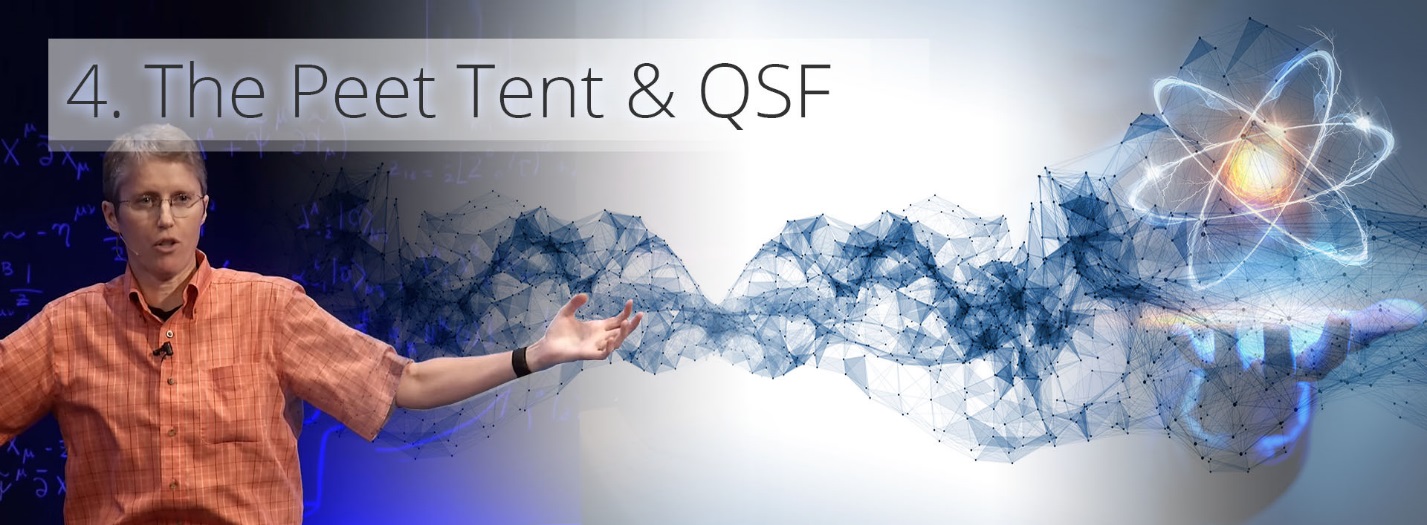
Dr Amanda Peet, The Peet Tent, Angelverses & QSF (Quantum Safe Forecasting)
In this post, I will begin the introduction to Dr Amanda Peet who is the first physicist I will contact.
M-Systems 0, 1, 2, 3, 4, 9, 11, 12, 13, 14, 16
Dear Amanda,
Four years ago I wrote an economic theory called ‘The Theory of Every Business‘ and followed it up with 3 more episodes. The third was called ‘The Network on a String’ which in Chapter 1, CFM and POP Analogies shows in the second analogy an economic idea based on your String Feynman presentation in String Theory for the scientifically curious.
Not long after, disappointed in receiving no reaction from DAMPT I essentially gave up on the physics analogies and started on the real-world web framework & prototype. And lucky I did as in those 4 years I learnt all I needed to create great software and a time to process by previous work from a microeconomics perspective.
However, in March 2015 the physics came back into the project. Albeit now reverse engineered from macroeconomic theory into real-world microeconomic business and the best way to build the network. And note we later describe the potential speed of this network in terms of high string coupling and even inflation.
Why this is a good thing… is because the network is a plan for a series of special projects (scientific, philanthropic, ecological, social, and economical).
The fundamental idea being that we create a far more powerful system that exists in current economics and use most of the extra money generated for special projects.
By the time you will read this, I will have added 17 specific summaries for different parts of the system, which amongst other qualities works on magnifying ripple effects and follows symmetries (similarities) between M-Systems and M-Theory. One of these systems is called ‘The Peet Tent.’
Whilst it was the Peet Tent that lead to the Susskind Boost and both lead to the GGW-String, the GGW-string does now sit at the heart of M-Systems.
The GGW-String is the fundamental building block of S-World, each company contributes to it. In the case of travel for instance, companies pay 25% of their gross profit (which is in most cases more than 50% of net profit). Every S-World company contributes in this way but the percentage may change in different circumstances.
S-World is not for profit and so pays no tax. It uses the income in different ways and we consider those different spending patterns as similar to the different shapes a string may hold.
For instance, one shape is the Susskind Boost where at the beginning of a company’s journey, if they are small, we apply all the income from a company back to the same company using boosting methods (such as more marketing) as we know that in string theory smaller systems are hardest to boost. Plus, this is very true of small business.
Note that in my quest to create the system from elements of M-Theory no system has been forced to fit. Rather, I look for systems that describe an already important point in business then make a law or laws to apply the M-Theory quality to M-Systems.
Another shape would be Give Half Back where the income is used for benefit.
Another shape is The Peet Tent where GGW-Strings changes it shape to boost the weakest companies, making sure none create a loss. And if after some extra boost they still create a loss, we just boost them some more.
So long as there is enough money in the GGW-String all companies are safe, permanently. So, creating the equivalent (in terms of results) of the String Feynman effect. The GGW-String calms the jitters of any individual company, creating an environment where any financial result is acceptable.
Well… to a degree, so often it’s about getting a better result that is seen in current business not actual perfection…
Not that perfection can’t be achieved but we are making a road towards it not starting at that point.
Of course, the elephant in the room is that ‘If the GGW-String can afford it.’
And for this I am creating some dedicated software based on applying certain effects of quantum mechanics to assist the assessment of new companies (which make strings of companies). I call this discipline QSF (Quantum Safe Forecasting) where we simply lower future forecasts to increase the probability of making the target or beating in. And we use the Monte Carlo probability to give low and high forecasts for the effects of systems, but only ever use the low forecasts.
Then we need to add various factors such as markets share, currency, stock etc.
So far this has all been written before in one place or another. The following is new from today and is the first time since 2012 I have written about M-System 15 Angel POP and the first writing of all about M-System 16 Angelverses.
Angelverses will start as 16 semi or supersymmetric companies or consortiums of companies that occupy the top level (dimension 10) of the S-World Global Network Cube. In M-Theory this would be 16 very similar multiverses. Which all had in common one thing and that is that they contribute to the GGW-String (and expand via POP method).
One Angelverse may be Facebook and The Chan Zuckerberg Foundation, or it may be a consortium including Facebook and The Chan Zuckerberg Foundation. The end game (which is 2080 Angel City 5) is to have all the world’s big companies as a part of the 16 Angelverses and to have made partnership with any company that would own patents in areas we wish to develop.
For now, let’s just consider Facebook and The Chan Zuckerberg Foundation.
>>>
After my daily walk..
What I’m pleased about from today’s walk (where I process) is that Villa Secrets and other products such as S-World VSN, or S-World UCS are not specific to one Angelverse or another. I have been wondering about this for a long time. And now I think Villa Secrets and other S-World products may be best as multi channels for all to use as best they can.
So, for instance with Villa Secrets, Facebook can make (as per the original 2011 plan) S-World Villa Secrets opportunities for its members, all 1 billion of them. Given there were enough applications, Villa Secrets can expand into about 500,000 different companies or individuals (every location where property sells for more than $750,000 and up to 64 companies/sole traders in each location).
So why not let Facebook members apply via Facebook and let Facebook build complimentary products that make their version of Villa Secrets better than ones presented by the other consortiums (Angelverses).
For a long time there was a big reason for not doing this and that is that unless properly monitored and candidates were initially assessed as likely to succeed, it would not create a stable S-World which could afford to account for any financial result.
However, by creating QSF (Quantum Safe Forecasting) well as software that becomes the assessment process, we can judge the best candidates be it 1 in 2, 1 in 10 or 1 in 100 and let the system decide which candidates have the highest probability of success. And at the same time show each applicant that is not accepted their scores and let them try and try again until they get it right.
In addition to the software that initially judges an application will be great tutorials. At first in documentary videos and not long after as S-World UCS, a tutorial game concept that teaches applicants how to win the game and be accepted.
>>>
Some Ideas…
Also of interest, as a result of the above, is the consideration that I should make the real-world Villa Secrets network in Cape Town as a POP string, not just a set of companies in the same network.
Currently in Villa Secrets, I am soon making a presentation to a real estate company and several other companies in complimentary, support or competitive positions. However, if I made an offer to the realtor that they make their own string where they would get all the for-sale mandates (which they desire greatly) then this string/network may grow faster.
Such a real estate company can then be also judged on how many satellite companies they create and this may well make things a lot more organised.
In terms of exclusivity, this string could be a part of one Angelverse but other Angelverses could also create competing strings in the same location.
Maybe a limit of 4 different Angelverses, maybe 8, maybe no limit.
One consideration for Angelverses is to allow all companies to use Villa Secrets and S-World VNS etc. but they would be to a degree limited by language or geographical location.
>>
Retrospective Note, please note that this chapter is the first time Angelverses had been written about, some initial ideas evolved and some did not. Some of the following is quite different to the final result.
Some basic info on Angelverses
They represent the complete Global Network, they are the Global Network Cube.
Which is either semi or fully Supersymmetric where they fold back into 8 actual networks, twinning the highest earning Angelverse with the lowest and so on. So, the combined financial result is far more predictable. See ‘Network on a String’ Chapter 4 SUSY Hierarchal Spin Equalizer. However, I am also considering that only half of the income be split to avoid a situation where effort is not rewarded.
The point is it makes 8 profit centres in M-Theory and the Global Network Cube from Angel POP.
Retrospective Note, the below cubic financial dimensions were from the original Angel Pop extreme macroeconomics starring position of 32,768 grand networks, which creates impossibly high POP numbers. This is revised and corrected as we journey through the document.
Below we see the latest version of how a single company making $244,141 in profit creates its POP point. Then 7 companies make a combined $1,853,125 and so on. All the way until the 8 Angelverse profit centres are valued at just over $4 trillion, which is a very hard number to write down in a credible way. However, that is the point of Angel POP. And besides, this is as much an exercise in preparing for best probabilities in many years in the future and making sure everything is compartmentalised. And so, all paths can be plotted.
| 11 Dimensions | US Dollars | |
| POP & Give Half Back | ||
| Angel POP | 32,768,000,000,000 | M-Theory |
| 4,096,000,000,000 | 9 | |
| 512,000,000,000 | 8 | |
| 64,000,000,000 | 7 | |
| 8,000,000,000 | 6 | |
| Grand Network | 1,000,000,000 | 5 |
| 125,000,000 | 4 | |
| 15,625,000 | 3 | |
| 1,953,125 | 2 | |
| Single Company | 244,141 | 1 |
| 30,518 | ||
| 3815 |
One more thing to note is that within each or most individual companies is a further two inner dimensions. One being the staff the other being the dependents of the staff.
These all need to be added to the alternate view of the network, above we see the simple cubed hierarchy.
In addition, I wish each company to be a light representing a solar system. Where within the company is the sun, the employees are planets, and the dependents are the moons.
Each company’s light will be a brightness relative to its POP point and will do its best to all show POP investment.
Then as we look at a city like Cape Town, in ‘x’ years’ time Cape Town will look like a Galaxy with all the lights from each sun shining together.
And the network is seen as galaxies of planets, seen on the 2-D surface of a map or the 3-D surface of a globe.
There will be different views. For instance, one can compensate for cost of living where if Cape Town cost of living is 4 times less than New York, Cape Town companies will shine 4 times brighter.
Ideally this would be created as a hologram so one can put your hand inside and zoom into individual companies and even their staff and dependents.
>>
Ok, that’s all I have time for today. I need to now make the quick summery for part 2 on M-System 6: The Theory of Every Business.
Please note that new ideas for Angelverses and companies starting are the first part of a process that improves over time. Villa Secrets may be common to all Angelverses, or it may end up being an Angelverse.
Chapter 3
Dr Amanda Peet on High String Coupling, Black Holes & Holograms
Condensed by Nick Ray Ball 30th December 2016

Dr Amanda Peet on High String Coupling, String Quantum Mechanics, Black Holes & the World as a Hologram
The simplest description I have for High String Coupling in physics and M-Theory is by Dr Amanda Peet, ‘String Theory Logos for Black Holes‘ (at 41.43 minutes). However, if one is new to ‘M’ or String Theory, I suggest watching from the beginning.
Most of the below is from the video but I have condensed at times, added notes, and made comments. I have made sections that I wish to remember later in large italics. However, in actual fact every line is golden.
Dr Amanda Peet…
gs is coupling, it controls the interaction strength between strings.
In quantum mechanics it controls the probability of one string creating another
(similar to the probability of one company or network reaching its POP point and creating a new company or network).
Perturbation theory says it’s easier for physicists to experiment with string coupling when the dial is low as there is less to calculate. But…
When coupling is high you open the 11th dimension of M-Theory.
In M-Theory as well as strings there are membranes (or branes). Branes are places where open strings end. Branes can be measured by measuring all the strings attached.
If one turns the coupling down, branes are heavy, turn it up and they are light, so If one has a limited energy budget (or wished to be super economical) the branes would be doing some fluctuating as well as the strings.
We can build Space-Times (gravity).
How much do these branes warp the fabric of space-time?
This depends on how close we are to the branes. If they are heavy, they are going to warp space-time and if we are closer than warping would be stronger.
The interesting thing about the physics of branes is that how much they warp the fabric of space-time, is proportional to a number and this number is two things multiplied together.
It’s the string coupling (gs) (how strong our string interactions are), and it’s also proportional to ‘N’ which is the number of branes we had in the first place, so if there were 49 of them ‘N’ = 49
So coupling strength is gs x ‘N’ = how much they warp the fabric of space-time
NRB… So, I guess if gs is 9/10 (90% of max) and ‘N’ is a few thousand we have one hell of an anomaly that is impossible to calculate using current methods?
If we want to keep our string calculations under control, we need to keep the coupling small. So in M-Theory as long as one has a large amount of ‘N’ (branes) one can do experiments that lead the enough warping of space to create black holes.
If gs was one one-hundredth (0.01%) and ‘N’ was 100, then the product would be 1 which would be a sizable amount of warping
So, if we want to start with a very basic string theory universe, we can actually build big fat space-times like black holes, all we need is a large number of branes
(At a later date I will look at 1 brane and 5 branes but I don’t know the string theory dimensional math.. yet. )
But
The punchline is that in 1996 2 dudes from Harvard from first principle used string quantum mechanics and the Boltzmann formula to calculate the entropy of what that system would be… And it turned out to give exactly the same answer as the Bekenstein Hawking entropy predicted 40 years earlier.
SBH = 2π √ Nm N1 N5
In addition two open strings can meet, kiss, and become a closed string and get emitted as Hawking Radiation
A little later in the video
For a universe as a Hologram, using 3 Branes we add a Decoupling limit (Maldacena limit). This turns off the interactions between the closed and open strings, we can create something very beautiful. The decoupling limit is the low energy limit (which can be considered a gauge theory) a (CFT) conformal field theory which has tonnes of symmetries.
So, the open string physics is described by a CFT and closed string physics (the things that have to do with the warping of space-time,) due to the Maldacena limit zooms into the space-time, very near to the position of the three branes. And the geometry that pops out is called 5-dimensional anti-de Sitter space-times (x) a five sphere (S5) (the 5s is not very important).
So, we focus on the 5-dimensional anti-de Sitter space which has closed strings and therefore gravity. So, in fact the physics that you get by using Maldacena’s special tipsy limit if 3 branes is anti-de Sitter space in 5 dimensions…
Now here comes the punchline…
Maldacena has said, if I’ve got open strings and there physics is a CFT and I’ve got closed strings and their physics is 5-D-AdS (5-dimensional anti-de Sitter space)…Well it was the same set of 3-branes in the first place… so the physics of these two systems should be the same.
The physics of a CFT that lives in 4 dimensions should be equal to the 5-D-AdS. And this is the sense in which we have a holographic theory that if you want to describe quantum gravity living in 5-D-AdS, you can do it in terms of the four-dimensional conformal field theory.
So, the 5-D quantum gravity in AdS is like the Hologram on your credit card that looks higher dimensional and the 4-dimensional conformal field theory plays the role of the surface of the credit card.
Nick Ray Ball (Interesting… this may be a way to view the general relativity version of QuESC and it brings time into the equation, which I can link into the future simulations UCS Voyagers and Angel Cities.)
Dr Amanda Peet: So I know this sounds kind of abstract but it provides the world’s first working model of how this works and it has had some very powerful consequences. And by the way, it even works if you heat the system up to finite temperatures.
NRB… Thanks Dr Peet… I’m starting to understand why everyone’s gone to all this trouble with String Theory. I did not know that so much has been done that matched highly complex quantum mechanics. You have provided 2 examples. And the chances of finding 2 examples created by different methods and there not to be an underlying truth is unlikely.
This makes me understand why Professor Hawking was as sure as sure can be about M-Theory come ‘The Grand Design.’ As String and M-Theory back up his black hole mathematics which he recently said was his proudest work.
Chapter 4
High String Coupling, POP, BabyPOP, Angel POP, Angelverses, 10 cubic POP dimensions.
By Nick Ray Ball 30th December 2016
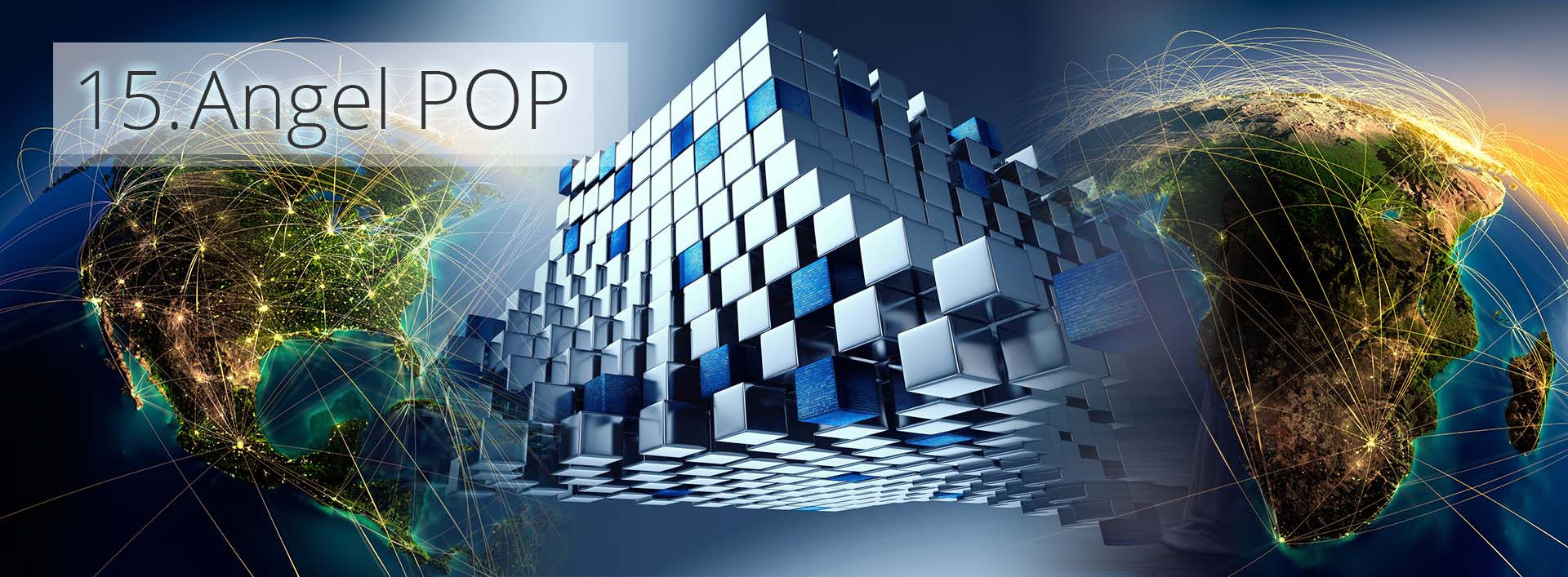
Dear Amanda,
I’m rather excited. I can understand now how an Olympic athlete can peak on one day after 4 years of training, or in my case 6.
It has to do with M-System 16 which until now has been worked out only as the idea that it involves either big companies or consortiums occupying the 10th cubed dimension of the M-Systems framework. So, the big companies needed to be different but similar multiverses
The only one rule was that it had to be created in a way that completed Angle POP.
And so, these companies and consortiums were called Angelverses. (multiverses that enable Angel POP) (I expect I will break out into Angel POP in a day or two within this doc so I won’t elaborate just yet).
To cut a long story short, having seen your lecture again I took inspiration from …
If one turns the coupling down, branes are heavy, turn it up and they are light, so If one has a limited energy budget (or wished to apply super economics) the branes would be doing some fluctuating as well as the strings.
So… In M-Systems where energy (money) is very valuable and we wish many millions of companies to work efficiently with limited energy (money), we want the branes (Angelverses) to be doing some fluctuating as well as the strings (networks of companies). So, we need to turn the coupling up…
Or simulate it safely within our model.
As always, the analogy end up to be so simple one would have thought it was just common sense (much like quantum safe forecasting). However, in general until I find a rule from M-Theory that can be applied via an analogy (summitry) the obvious is often overlooked.
So, the simple rule is that our Angelverses need to do some lifting. I’m not talking about the GGW-String that’s separate. I’m talking about the big companies paying for the start-up costs of the small companies and taking a percentage.
That’s all it is but it’s great to know.
To explain I think we need to look at the M-Systems 10 cubed financial dimensions
Part 1. 10 cubed financial dimensions
So, let’s see what a cubed economic/financial dimension is.
Here is a graphic from 2012 and American Butterfly Book 2 ‘Spiritually Inspired Software‘ Chapter 2, To Infinity and Back Again, section 5 ‘What is Compatible Finite Math‘
(Note that the book ‘Spiritually Inspired Software’ had 3 different working titles. The other two were ‘Quantum Economics,’ and ‘Super-String Economics.’ And whilst this book was an exercise in trying to understand some basic and some not so basic concepts, it also become the staging ground for M-Systems as we see it today.
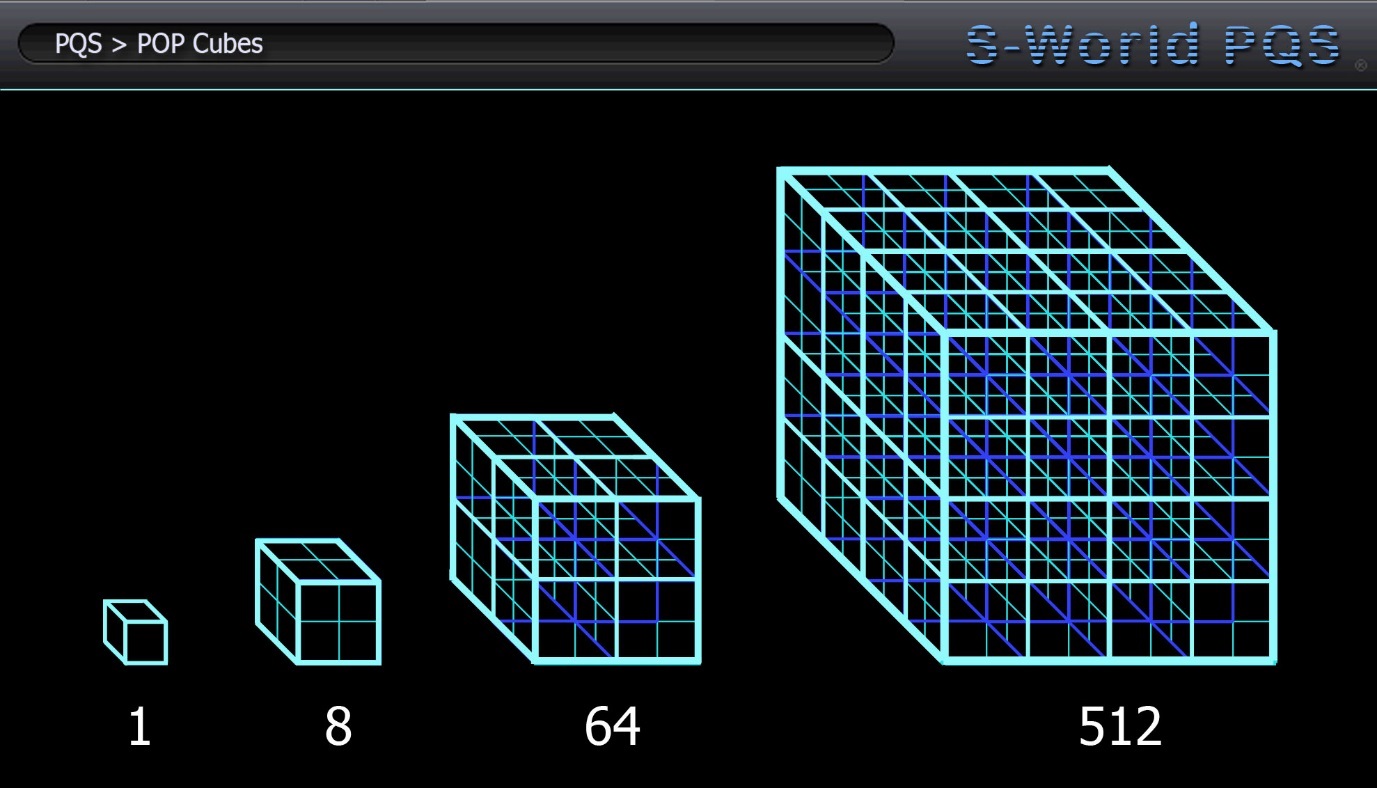
Here are the cubed dimensions… simple… we just multiply or divide by 8 to move up or down a direction.
In very basic POP terms ‘1’ would be a set amount of profit made by one company which in the real-world prototypes is $244,141. After reaching ‘1’ all additional profit went into funding a new company. Which is created as a cube of 8 (the original and 7 new). Where after each of the 7 company seeks to create 7 new companies so eventually creating a 64 cube. Which would have a POP point of $244,141 x 64 = $15,625,000….
This is a very overly simplified model as you will soon see in M-System 11 High String Coupling but it does describe the basics.
Getting back to your lecture….
gs is coupling, it controls the interaction strength between strings.
In quantum mechanics it controls the probability of one string creating another (like the probability of one company or network reaching its POP point and creating a new company or network).
Ok, so for the 10 dimensions
| 11 Dimensions | US Dollars | |
| POP & Give Half Back | ||
| Angel POP | $4,096,000,000,000 | M-Theory |
| $512,000,000,000 | 9 | |
| $64,000,000,000 | 8 | |
| $8,000,000,000 | 7 | |
| Grand Network | $1,000,000,000 | 6 |
| $125,000,000 | 5 | |
| $15,625,000 | 4 | |
| $1,953,125 | 3 | |
| $244,141 | 2 | |
| Single Company | $30,518 | 1 |
The change I made earlier was to go down 1 cubic dimension where we now see $4,096,000,000,000. In 2012 American Butterfly book 3 The Network on a String, chapter 7 Angel Pop this dimension was 8 times larger.
The reason for the large amount had to do with the amount of super grand networks necessary (collections of companies attached to a real estate development) in the USA being an unimaginable 8,192. Which was 512 independent super grand networks which over about 20 or 30 years created by POP method a further 15 grand networks locally.
A grand network is a set of business that has a collective POP point of £1billion, often attached to a new eco-friendly property development.
The reason so many grand networks were needed back in 2012 was that American Butterfly Book 1: The Theory of Every Business was an economic plan assisted by POP not a discipline in physics. And the economics was how to solve the USA debt crisis, for which a solution was for S-World network to absorb the medical liabilities. And so, 8,092 developments were needed to put any US citizen no more than 20 miles from a hospital.
However, since making this rule an awful lot has happened and it’s not necessary. One can do outreaches to towns far away and assist their medical facilities and there are an awful lot of others ways to boost the US and Global economies.
At the same time, I also felt that the previous lowest POP point of $244,141 (which was based on the real-world companies from M-Systems 1 and Villa Secrets) was too high, as there would be small companies in less affluent African countries and cities where $30,515 was an awful lot of money.
In fact, on this point it I may have to move down another cubed dimension still… but I’ll stick with what I have for now as it works very well at the macro end.
At the macro end we have 8 Continental Networks, chosen due to GDP but also with travel and property in mind, which I have listed on a spreadsheet. For now, we will worry only about the 2 North American Cubes which are Central & Western USA and Canada, vs. Eastern USA, (or whatever works out best in terms of an even split in GDP and politics).
For now we will count them as one quarter of the Global Network Cube. And here’s a picture from the original books on which we can count 4,092 x 8 = 32,768 grand networks.
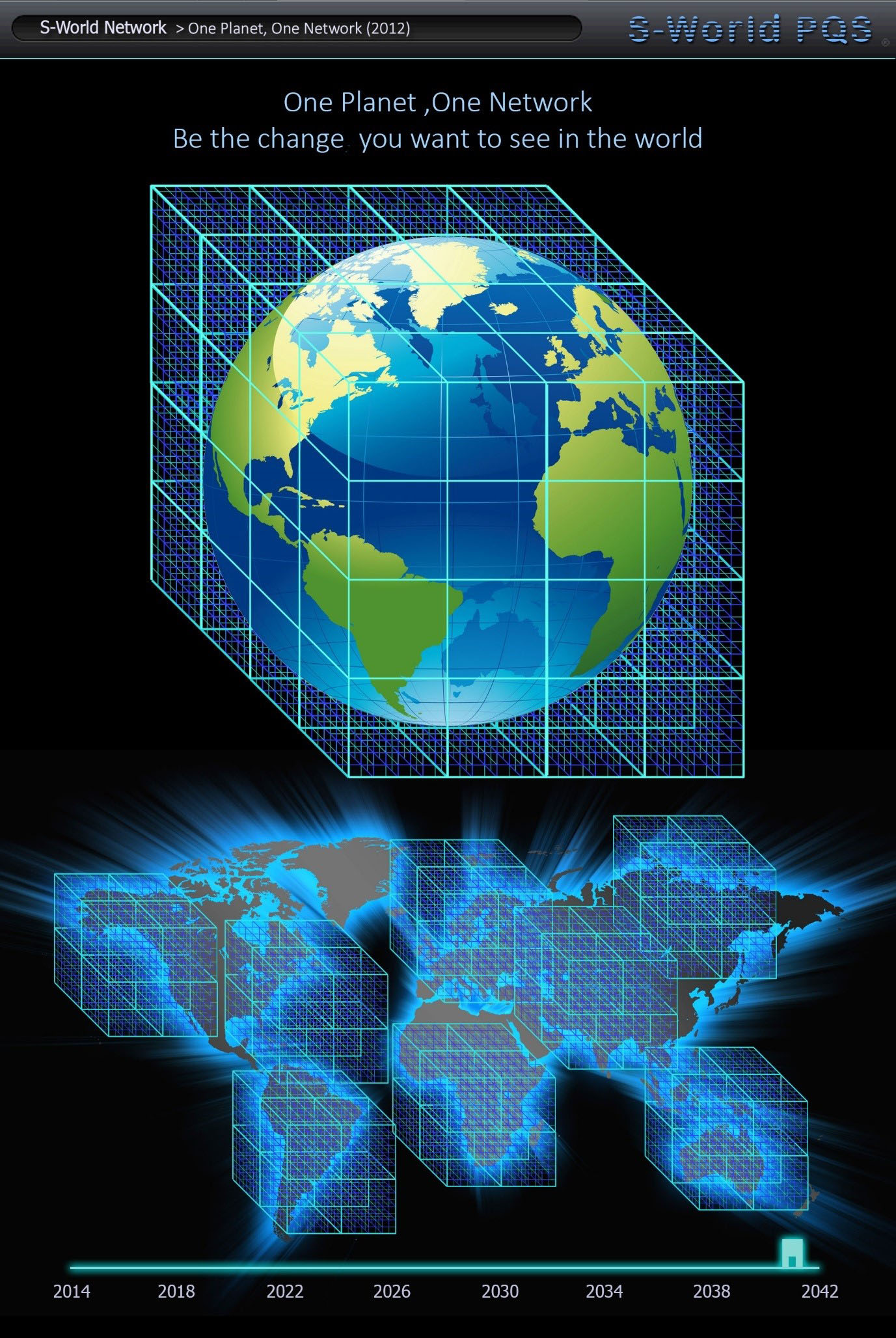
However, as we have now moved down one cubed dimension (divided by 8) we have a Global Network of 4,092 cubes and the USA and Canada have 1,024.
We divide the 1,024 by 16 (as the first grand network is responsible from creating 15 more grand networks per POP method) to give us 64 grand networks that’s needed.
Which is a good number, one per US state and 14 in Canada.
Hmm, actually let’s look at this
Via https://en.wikipedia.org/wiki/List_of_countries_by_GDP_(nominal) IMF
USA GDP = 18,561,930 (in millions of USD)
Canada = 1,532,340 (8.3% of USA)
This is disproportionate 22% (64/14) vs 8.3% actual.
Maybe Canada can be more like 10 and big states like California can have 2 or 3 grand networks…
This model is improving… and awful lot closer than 10 grand networks per state as was previously considered.
Part 2. ANGEL POP
Retrospective Note:
Angel POP is the concept of limiting POP investment opportunities to a specific financial dimension. So, for instance all option in phase 1 must be fully invested before phase 2 options become available. And so, we create phase 1 and all phases with a selection of locations in less desirable business locations such as Malawi or Mozambique.
Eventually due to POP needing to invest in one phase 1 location or another, when all other options already taken, both these locations will receive POP investment and be created. And as this is inevitable (if S-World is a successes) then they become good investments in the first instance.
So, it seems… now is the time to get into Angel POP. I’m glad… It’s awesome. Plus, it’s necessary to correctly create the M-Systems 9 High String Coupling summary (as POP is all of M-Systems 5 POP Basics, 9 POP High String Coupling and 15 Angel POP).
So first here is the original autumn 2012 Network on a String – chapter 7 Angel POP.
This has seen no change at all since 2012 and it is now M-System 15 – Angel POP.
It’s worth noting that since 2012 Chapter 5: Satellite String Networks have not been included as it seemed to weaken Angel POP.
(Retrospective note, as it so turned out the idea of Chapter 5: Satellite String Networks returned to potentially become a part of the laws of Angel POP.)
Below we see the original POP super grand network near Orlando Florida described commercially in ‘The Theory of Every Business and mathematically in the BabyPOP chapter The Network on a String – Prequel.’
Where we see it takes 5 years to generate enough profit to fully fund a new grand network (which in this model that would be in a nearby location). Then when Network 2 makes its own profit and adds it to the profit of Network 1 there is more profit… The more networks in the string, the more pressure of profit there is, with up to 15 networks pumping all their POP profit into only one new network.
This is how POP gets its name, POP is ‘The Pressure of Profit Investment Principle.”
As one can see below, the more networks there are, the faster and faster new networks are created. Until in this scenario after 22 years, all 16 grand networks have been created as there is the profit of all 16 overflowing into ‘The Boat’ which would sail to and invest in networks in less desirable business locations…
This was Angel POP, as eventually given there are only so many networks to invest in, all the networks in less desirable locations would be fully invested. And at an ever-increasing pace.
Retrospective Note: As it turned out, I ended up lowering the amount of networks to 2 and applying Angel POP to them which is currently considered as a twinning of California and Malawi.
Below we see the Pressure of Profit investment principle and The Boat.
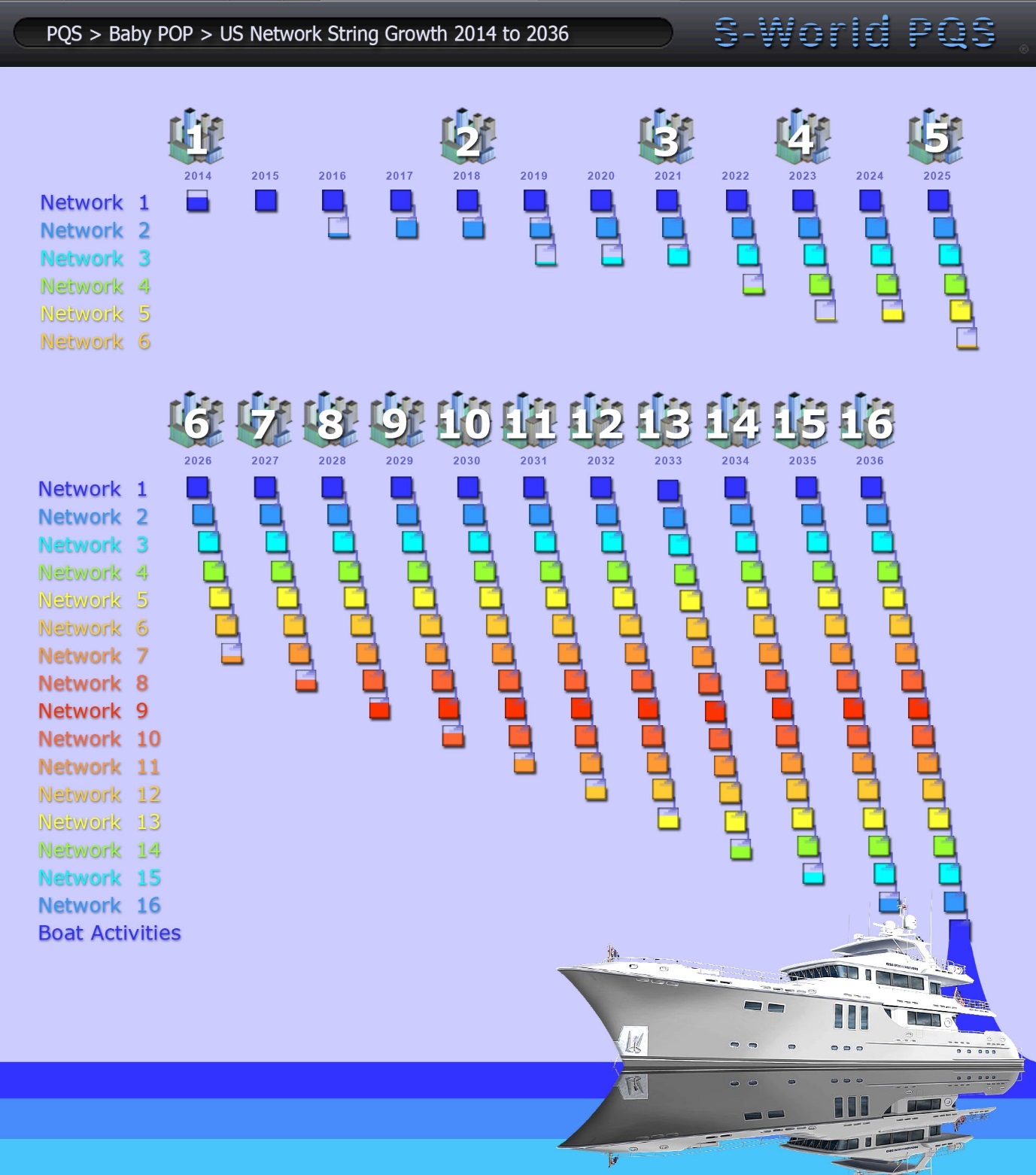
Next, we need to consider the twinning of companies profit centres. As above we have created a set of 16 networks and we need to (it’s better to) work in multiples of 8.
So, in consideration of a video I saw (but can no longer find) which suggested in Super Symmetry that the heaviest and the highest particles were connected, I twinned all the networks. This story was first told in the Network on a String Chapter 4 SUSY Hierarchal Spin Equalizer.
Part 3. SUSY Hierarchal Spin Equalizer
Below at 2014 we see the first grand network near Orlando which was based on a real plot available to buy. There was also a lot of work in terms of pricing of building, land, and infrastructure.
Note that the income streams slowly diminish as the Susskind Boost runs out of tenders. After which we have a spell of uncertainty that ends with the final grand network and ‘The Boat’ (all the POP investment ready for new ventures in foreign lands).
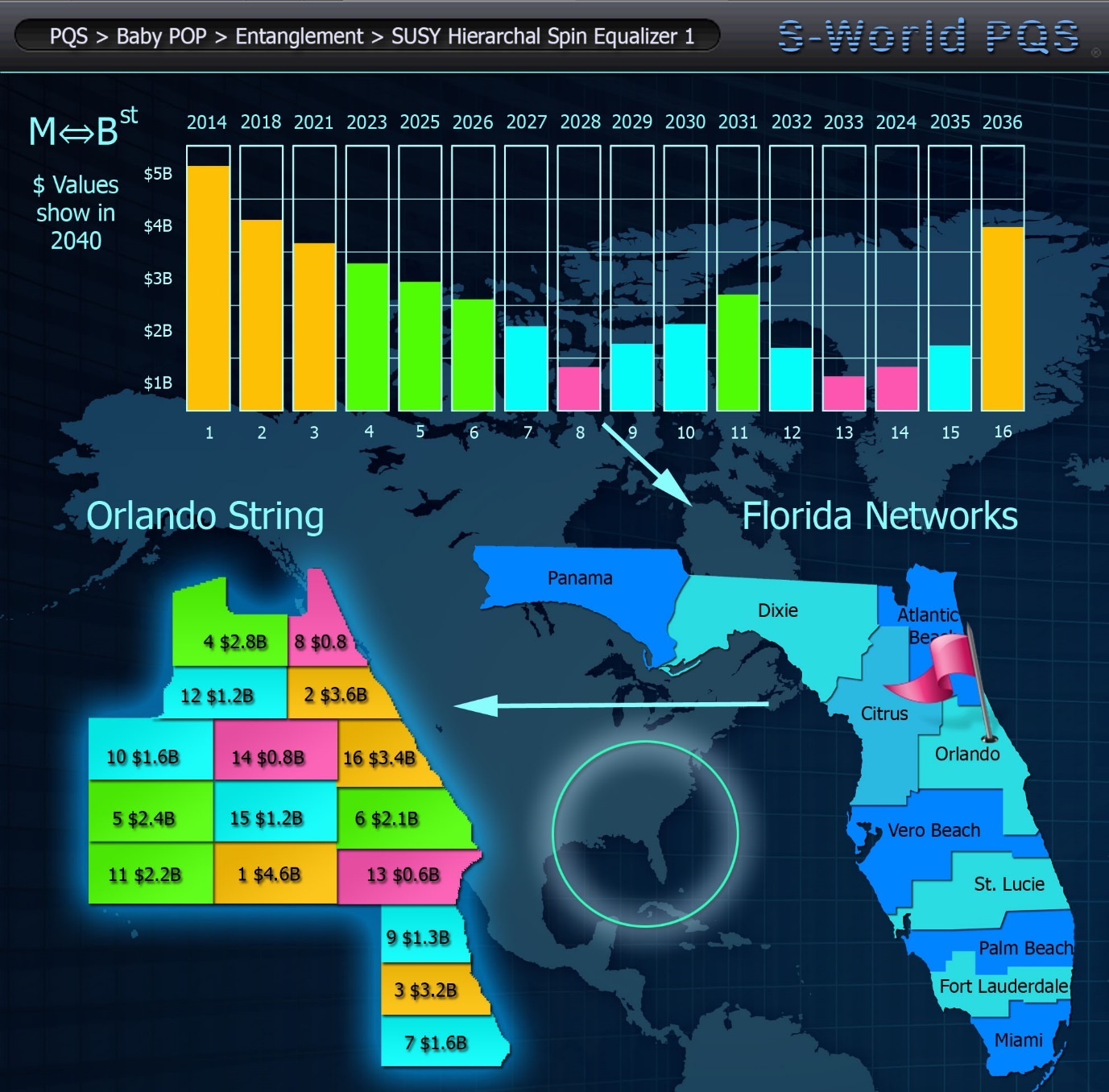
Above we see the rather chaotic results from this string of grand networks, but when we assist the symmetry of the weakest and the stringiest combine to make one profit centre.
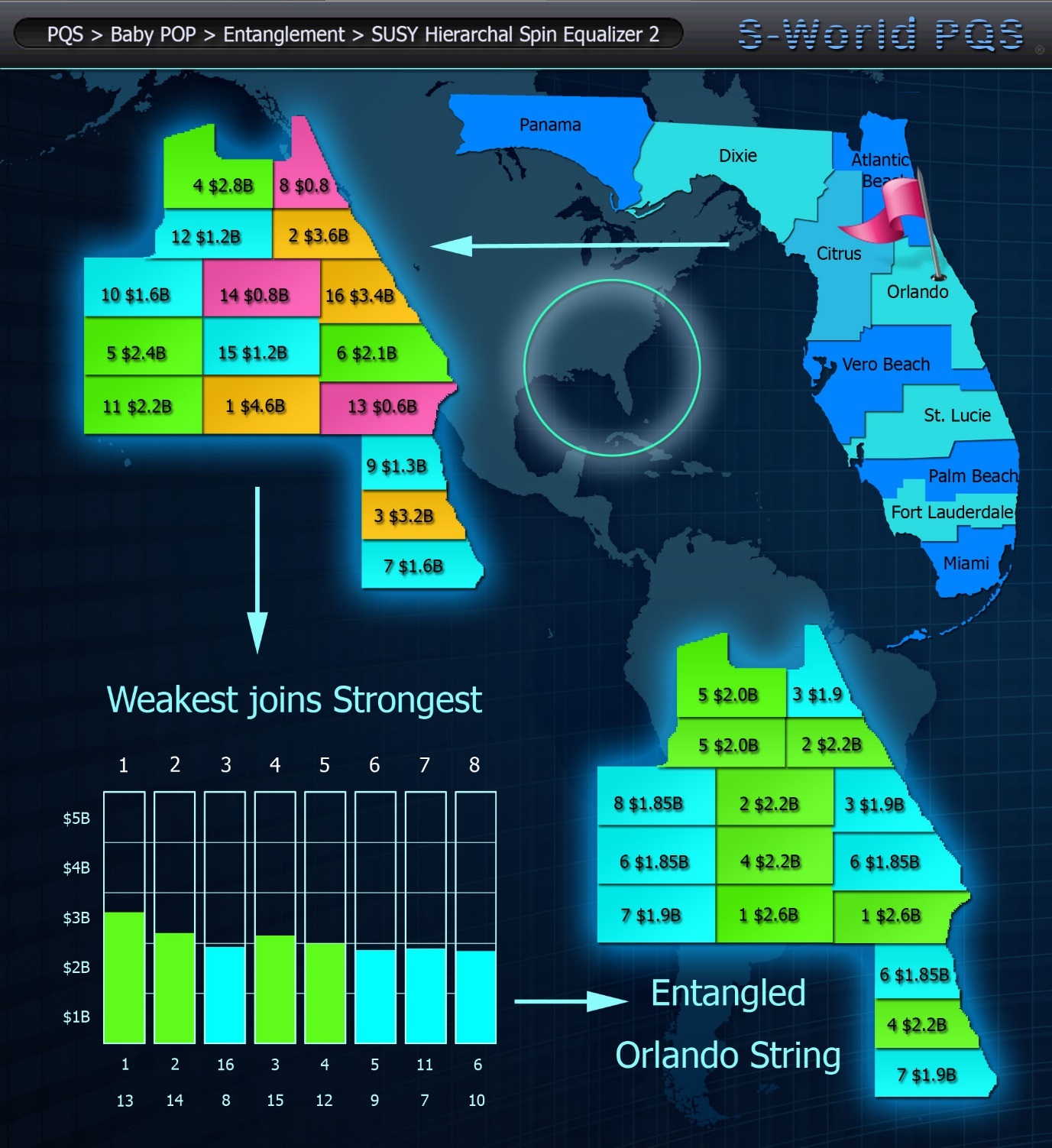
And alakazam…if you twin the highest and lowest networks income the entire string makes a much more predicable outcome…a good way to assist the Peet Tent.
Part 4. Angel POP and Baby Angel POP
The Nature of Classic POP or BabyPOP, especially at the grand network scale, is to slowly build up an ever-increasing investment kitty. If one puts a limit to the options where this money must be invested, eventually and very quickly at the end, all allocations for grand networks will fill up. The Global Network Cube will be full.
As such, if the network is successful, investments into any designated grand network will eventually be successful. And so, investment can be achieved in locations such as Malawi or Haiti.
Add to this ‘The Peet Tent’s quality that there is no way a QSF approved company can fail and investment in S-World companies in such countries starts to look as a real good idea.
To the point where now Malawi is my number one choice for the first Grand Network which will also be Angel City 1 and in charge of the first Angel Theory special Project – Experience Africa.
Note that other factors will play into the location of the first network.
I’m thinking now that Angel Pop can be also be made to apply to the first 16 grand networks.
I have a good marketing and branding concept for the first 16 grand networks. Which will create many good jobs in science, technology, and other disciplines. Jobs are the number 1 thing that makes for a successful business location.
- The 5 Angel Cities
- The 8 Continental Network Capitals
- The Global Network Capital (maybe New Sparta)
- A Network City
- A City of Science
Which will be spread evenly across the globe
I would like to think, given the American Butterfly plan was built to create 32,768 grand networks, it’s got the power to create 16 and not necessarily in the richest locations.
However, it would not be a bad idea to either use a semi-hierarchal Spin. So, if one wishes to invest in a US location, one must also invest in an African location… Yes… I like that idea…
(Retrospective note, this idea stuck)
BabyAngelPOP
I don’t think I have really explained the macro Angel Theory well enough. So, I’ll just go back to the S-World Cubed dimensions.
| 11 Dimensions | US Dollars | |
| POP & Give Half Back | ||
| Angel POP | $4,096,000,000,000 | M-Theory |
| $512,000,000,000 | 9 | |
| $64,000,000,000 | 8 | |
| $8,000,000,000 | 7 | |
| Grand Network | $1,000,000,000 | 6 |
| $125,000,000 | 5 | |
| $15,625,000 | 4 | |
| $1,953,125 | 3 | |
| $244,141 | 2 | |
| Single Company | $30,518 | 1 |
A grand network of companies need to collectively have a POP point of $1billion. Which in Villa Secrets franchise terms would be 4,096 Villa Secrets franchises…
Note there is room for Villa Secrets to create 500,000 companies/franchises. One company for every location that a property sells for over $750,000, multiplied by up to 64 companies in any one significant location.
I’m thinking maybe a grand network’s POP point should be lowered to $125,000,000 so it would be the equivalent of 512 Villa Secrets companies/franchises.
Of course if Facebook and Linked were affiliated to S-World and their members can apply to join the network via S-World UCS we would see a lot of applications
In which case 4,096 companies is a small amount. If say for instance, 1% of Facebook and Linked in member’s applied, making about 20,000,0000 applications which are met with funding from Angelverses and end up creating say 2,000,000 companies a year.
Which is the sort of eventualities we consider in high string coupling…
Idea…So, we build Angel POP out, not thinking about the 10th cubed dimension, but the 7th. $8billion. So, the investment options are limited to $8billion and we seek funding for 16 grand networks, where the most desired option sees 50% invested into its least popular super-partner grand network.
Then maybe we let all networks do Classic or BabyPOP to build out 15 local/continental partners.
Once the collective 16 make the $8billlion in POP we open another (the 8th) dimension and repeat the exercise just this time with a POP point of 64billion… and repeat… If/when one gets over the 10th dimension limit, its ok, we just add more Angelverses as we can have up to 10500 of them.
In addition… following on from the way it is suggested that we can build black hole models by adding rules such as ‘no attraction’ at 3 branes, we should create rules within the cubic financial dimensions which effect the overall system so that there is no need for adjustable elements.
For instance, how the Angelverses interact with the different sized cubic dimensioned networks.
And I’m just making an example for the sake of it, not actually thinking it through… But a 1st dimension company gains max Susskind Boost until it is second dimension.
That’s not a bad idea at all as a company that small should not have to worry about Give Half back special project investment, or boosting weaker strings (The Peet Tent), as the company itself either is a special project or a weaker string.
This kind of thinking reminds me of the game of life as presented by Professor’s Hawking and Mlodinow in The Grand Design.
Which brings us nicely to the point where I can end this episode.
Goodnight Amanda…
Chapter 5
Super Coupling – RES & QuESC
M-Systems 9, 10 & 11
By Nick Ray Ball 1st January 2017

Dear Amanda,
It’s been a good day today. I have completed (to a point) the quick summaries for M-Systems 9, 10 & 11. I’m not 100% complete with M-System 9, High String Coupling. But this was always going to be a big topic and the beginning not the end of the conversation. I’ve decided to break out the math and the new equations seen in the previous chapter.
There is a worry that this creates a page that cannot be followed by a non-physicist. So, I will first create a summary in more general terms and show the math as a second quick summary,
http://www.angeltheory.org/m-systems/9/pop-2-_-high-string-coupling-equations-v1-_-quick-summary. Also, I am thinking of changing the name back to ‘Super Coupling’
One concern is that the equations are written incorrectly… indeed, they probably are. However, it does create a good question to start a conversation…
Dear Dr Peet,
I was hoping you could assist me with some equations and variables I have made for high string coupling within an economic simulation of M-Theory?
Z = Ѫ
Ŝ x Ѧ x gs = Z = Ѫ
Ŝ x Ѧ x gs = Z + (Σ BST) = Ѫ
Σ #N x Ŝ x Ѧ x gs = Z + (Σ BST) = Ѫ
Σ #P x Ŝ x Ѧ x gs = Z + (Σ BST) = Ѫ
Note, my equations are written for me as variables to create within the TFBMS and QuESC software.
In addition to worrying about the correctness of the equations, I have missed out quite an important point. Which is that the real-world tests for Villa Secrets have shown that investors are more likely to agree to POP. And in general, companies are likely to make more money faster if they are not forced to invest in a string/train of companies and could choose from many opportunities in many locations for their POP Investment.
This to a degree breaks the fundamental rule of POP that says companies need to invest in trains, as in the long term it creates a stronger system, which is far less vulnerable to macroeconomic highs and lows.
However, the point is not to prove Classic & BabyPOP as the only way to invest. The point is to create the strongest system, particularly now that there are so many other powerful effects created from one discipline of physics or another.
One can see that this was an important factor by looking at the two different graphics I created for the Systems.
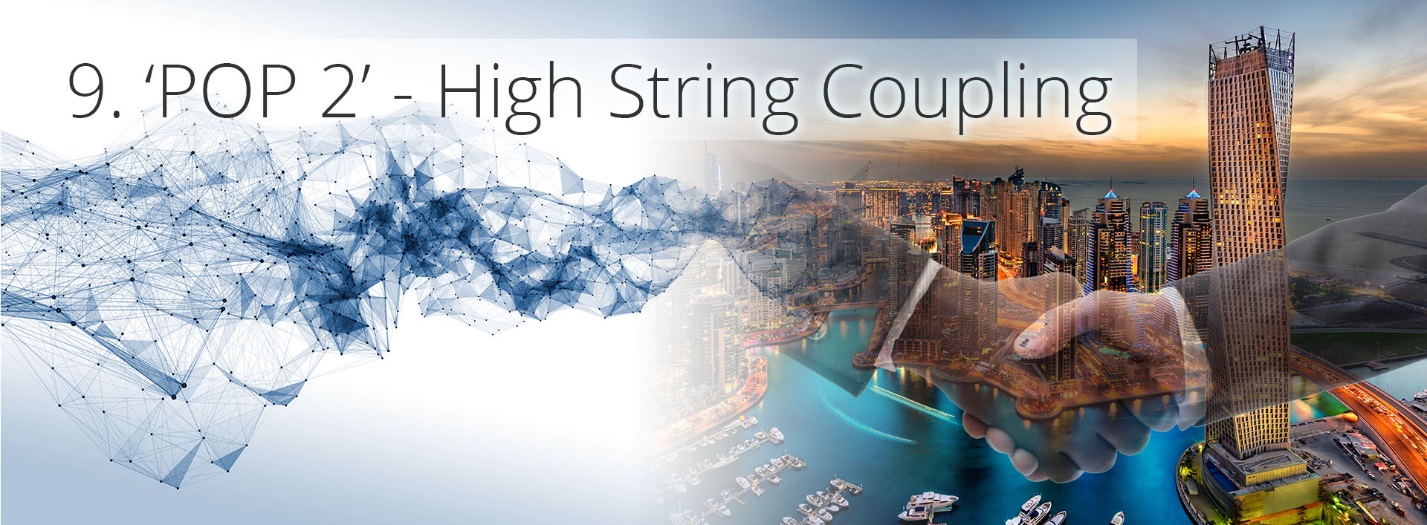
The graphic above shows the network as an Mother and Baby String (M<>Bst) iterating its way to success using Classic and Baby POP.
The graphic below sees the Classic POP formula shattered and with cubes everywhere

However, now that I have adapted QuESC to display a ‘cubes everywhere’ view, it’s not a bad thing. We just must try and apply rules that avoid creating recurring numbers.
Let’s look at the three new M-System summaries…
System 9. ‘POP 2’ – High String Coupling & Inflation Experiments
String Theory / M-Theory / Inflation / Quantum Mechanics / Investing / Accounting / Business
Influencers: Edward Witten – Amanda Peet –Stephen Hawking – Leonard Susskind

The simplest description I have for High String Coupling in Physics, String and M-Theory is provided by Dr Amanda Peet, ‘String Theory Logos for Black Holes‘ (at 41.43 minutes).
High String Coupling considers 2011/12 Classic and BabyPOP investment systems, alongside all other investment methods considered since.
The simplest equation for Classic or BabyPOP is Z= Ѫ. Where ‘Z’ is the POP overflow, the gross or shareholder profit made above a company or string of companies’ POP point’s in one year.
Next we consider
Ŝ x Ѧ x gs = Z = Ѫ
Ŝ = The Susskind Boost x Ѧ = The Peet Tent x gs the coupling strength. If a company had a high POP point relative to its profit, it will generate a small ‘gs’ (say 10%). Where if a company had a low POP point relative to its profit, it could create a high ‘gs’ (say 1000%).
Next we consider the companies created via the Classic and BabyPOP investment systems:
Σ BST (The sum of all ‘Z’ from all baby (new) companies created by the initial company)
Ŝ x Ѧ x gs = Z + (Σ BST) = Ѫ
Next we need to account for the number (#) of Angelverses (N) (big companies) making new companies as: Σ #N (The sum of all the number of companies created by big companies)
Σ #N x Ŝ x Ѧ x gs = Z + (Σ BST) = Ѫ
Lastly, we account for momentum (P) actions such as Facebook or LinkedIn letting its members create S-World companies, good press, and in general the system becoming popular.
Σ #P (The sum of all the number of companies created due to ‘P’ effects).
Σ #P x Ŝ x Ѧ x gs = Z + (Σ BST) = Ѫ
System 10. The Clinton-Trump Equation (RES: Revenue x Efficiency x Spin)
Economic Black Holes / Economics / Business Efficiency / Tax
Influencers: Allegra Stratton – Ben Bernanke – President Bill Clinton – President Donald Trump
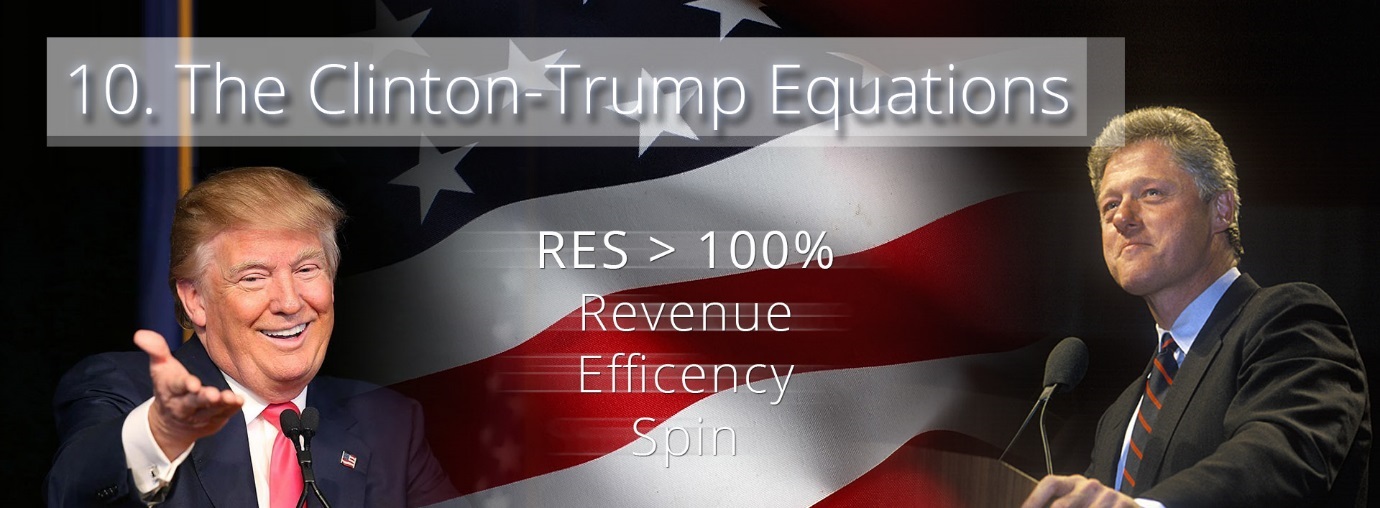
The Clinton Equation is the RES (Revenue x Efficacy x Spin) equation described in 2012 within American Butterfly part 3 ‘The Network on A String,’ Chapter 4. It was later dubbed ‘The Clinton Equation,’ in respect of President Clinton’s government creating a US federal budget surplus between 1998 to 2001.
RES (Revenue x Efficacy x Spin) first counts ‘R’ the initial revenue of a system. Then seeks to make the journey of that revenue through S-World as efficient as possible, avoiding economic black holes and keeping as much of the initial revenue as possible within the S-Wold network.
‘E’ is for Efficiency… a company’s profit, its suppliers profit, and profit made from the spending of salaries and bonuses & dividends (where bonuses & dividends are paid in network credits) by the company’s owners, management, and staff. The primary system we use to calculate ‘E’ is S-World UCS. Described in The Theory of Every Business, chapter 8 S-World UCS.
The ‘S’ in the RES equation is for ‘Spin,’ the amount of times money is spent and re-spent within a year. With a high efficiency, one can double an economic systems GDP by doubling spin. For instance, make a rule that the network credits will half in value each month, or setting the TFBMS to purchase/spend within ‘x’ days.
The Trump Equation was created after the first 2016 presidential debate, after President Trump suggested lowering company tax to 15%. Since New Sparta & The Theory of Every Business, S-World has thought a low or zero corporation tax in the USA would create ripple effects that would create greater tax receipts via sales tax, income, payroll and other taxes.
The Trump Equation is that a company’s taxes should be relative to the benefits the company has to the USA in tax, social, technical, ecological, and other categories. For instance, a company creates greater total tax relative to other companies should pay less in corporate tax.
System 11a. QuESC 2012 – The Quantum Economic System Core pt.1
Chaos Theory /Quantum Mechanics / String Theory / Software / Systems / Code / Core Network
Isaac Asimov – Edward Norton Lorenz – Benoit B Mandelbrot – Lee Chazen – Max Planck – Brian Cox – Garret Lisi – Brian Green
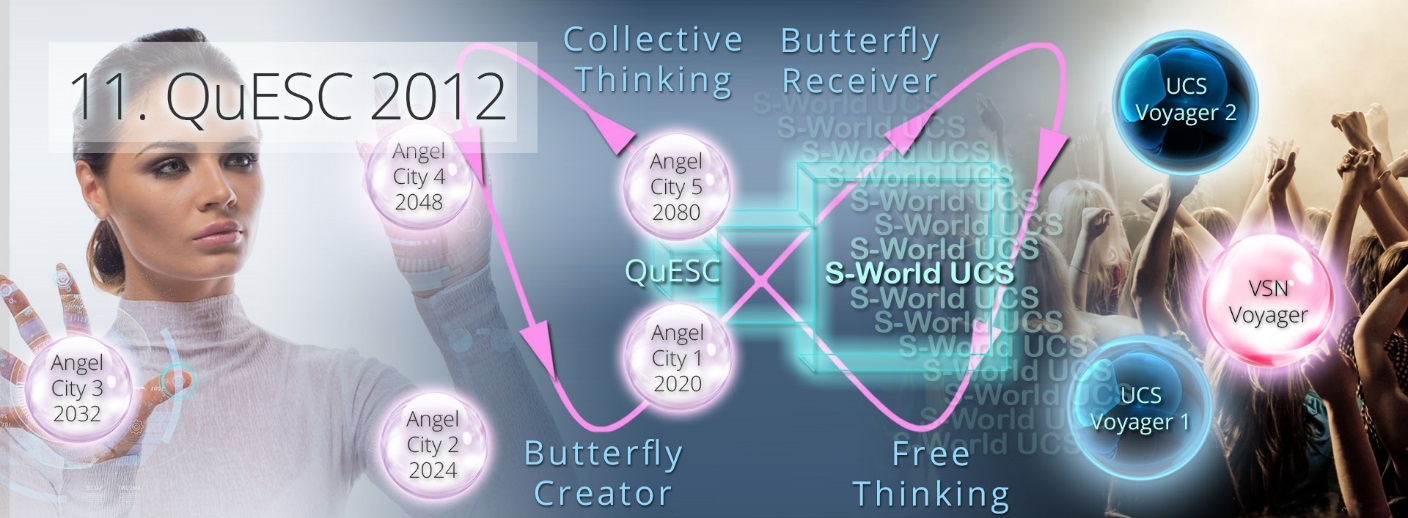
QuESC ‘A mobilization and organization of our collective sentience’ was first described in 2012 in American Butterfly part 2 ‘Spiritually Inspired Software‘ chapter 1: The Entangled Butterfly.
QuESC is a design for a ‘per human experience’ AI which considered the collection of many S-World VSN, VBN & UCS users experiences as similar to quantum uncertainty…
“Atoms are a bit like people, they are very hard to predict with absolute certainty. They do roughly what you would expect of them, but never exactly.”
Professor Stephen Hawking: The Theory of Everything
QuESC put the human interactions within S-World inside a circular Butterfly Effect.
- Collective Thinking: Starting with the collective thinking of the S-World team (all people paid or incentivised directly by S-World) aided by the type of sophisticated software, systems, and analytics described within M-Systems.
- Butterfly Creator: The collective minds of S-World create paths to our future world simulations Angel Cities 1 to 5 and back again. Creating credible threads and ripple effects that can be followed in our time and presented to business as opportunities…
- Butterfly Receiver: The new opportunities are received and acted upon by S-World members and companies, or are taken up by new members & companies.
- Free Thinking: S-World members and companies apply themselves to the opportunities and use their free will and other human qualities to generate a variety of outcomes.
Then the system repeats as the collective minds and systems of the S-World learn from the new ‘free will’ human experiences, adjust paths to the future simulations, improves the software and systems before creating a new set of opportunities maximized for ripple effects. Each time getting more efficient and bringing our planet close to Angel City 5’s heaven-on-earth landscape.
System 11b. QuESC 2017 – The Quantum Economic System Core pt.2
Chaos Theory /Quantum Mechanics / String Theory / Software / Systems / Code / Core Network
Isaac Asimov – Brian Greene – Giovanni Camelia – Stephen Hawking – Sir Isaac Newton – Albert Einstein – Dr Amanda Peet
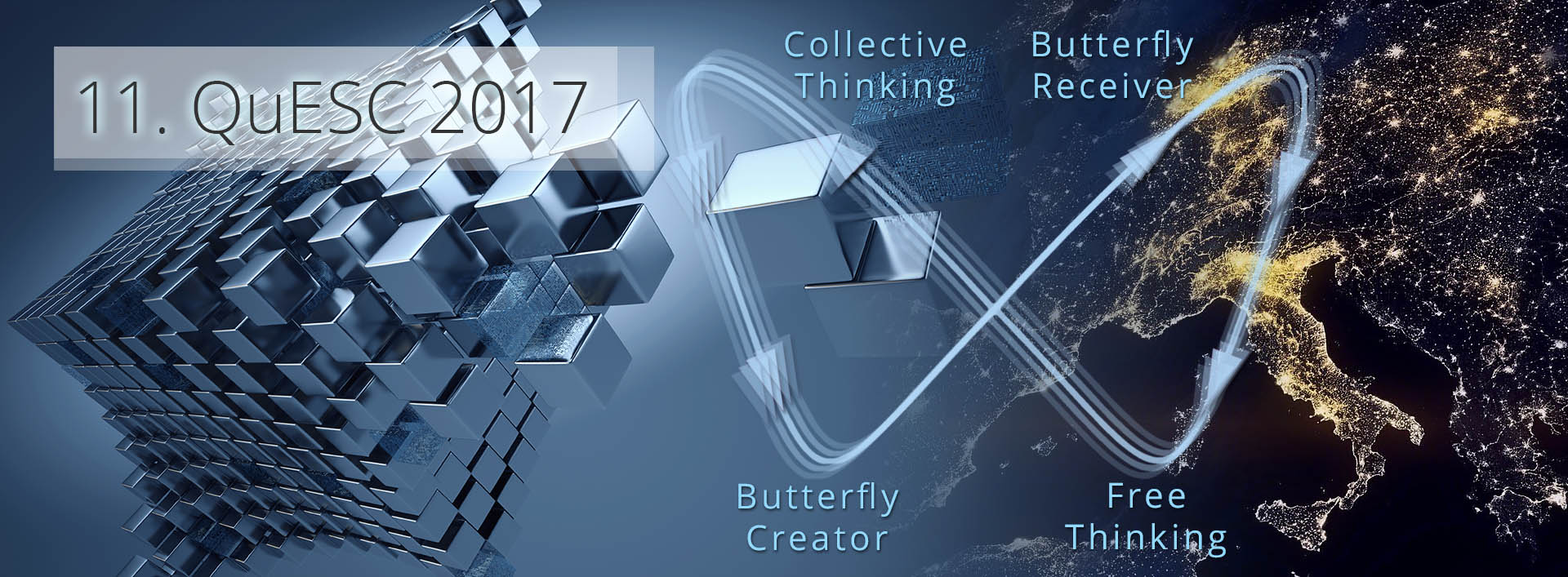
QuESC 2017 adds the M-System1. S-World web framework & the TFBMS AI as the ‘Butterfly Receiver’ and places the other new M-Systems within the ‘Collective Thinking’ and the ‘Butterfly Creator.’ Seeking to create a predictive system that gets increasingly accurate over time and builds upon ripple effects that get increasingly powerful as the system grows.
It also considers the two different ways we wish to view the S-World Network, both created on a map or globe on which the S-World global economy can be seen as a whole or in as much individual detail as the dependents of staff. In an ideal world, this simulation would be a hologram.
- POP Cubes (Newtonian Space)
In the POP cubed view we see companies within a cubed landscape and within each cube one can see different companies. For instance, one may look at Cape Town in its 4th cubic dimension of 512 network opportunities. Or one may specify an industry sector such as real estate and travel in its 3th dimension as a collection of 64 existing companies and new real-world opportunities.In addition to looking at local networks, one can also follow the POP path of any one company, seeing all cubes in the global network relent to a company’s POP investment. - Galaxy View (Camelia Space Time Cappuccino View)
In Galaxy view each new small company becomes a solar system, in which the company becomes its sun. Then the company owners, directors, and staff become the planets and their dependents become moons. Then each planet shines a brightness relative to its profit, so when zoomed out we see many of the companies’ lights forming galaxy clusters.In the Galaxy view we seek to simulate Einstein’s theory of relativity as described by Dr Giovanni Amelino-Camelia, where at the right zoom, one sees many companies in a single locational as a galaxy of bubbles. Each bubble representing the solar system (this needs some clever thinking, if we are to create a true picture like general relativity).
Chapter 6
S-World UCS, UCS Voyagers & Angel Cities
M-Systems 12, 13 & 14
By Nick Ray Ball 3rd January 2017
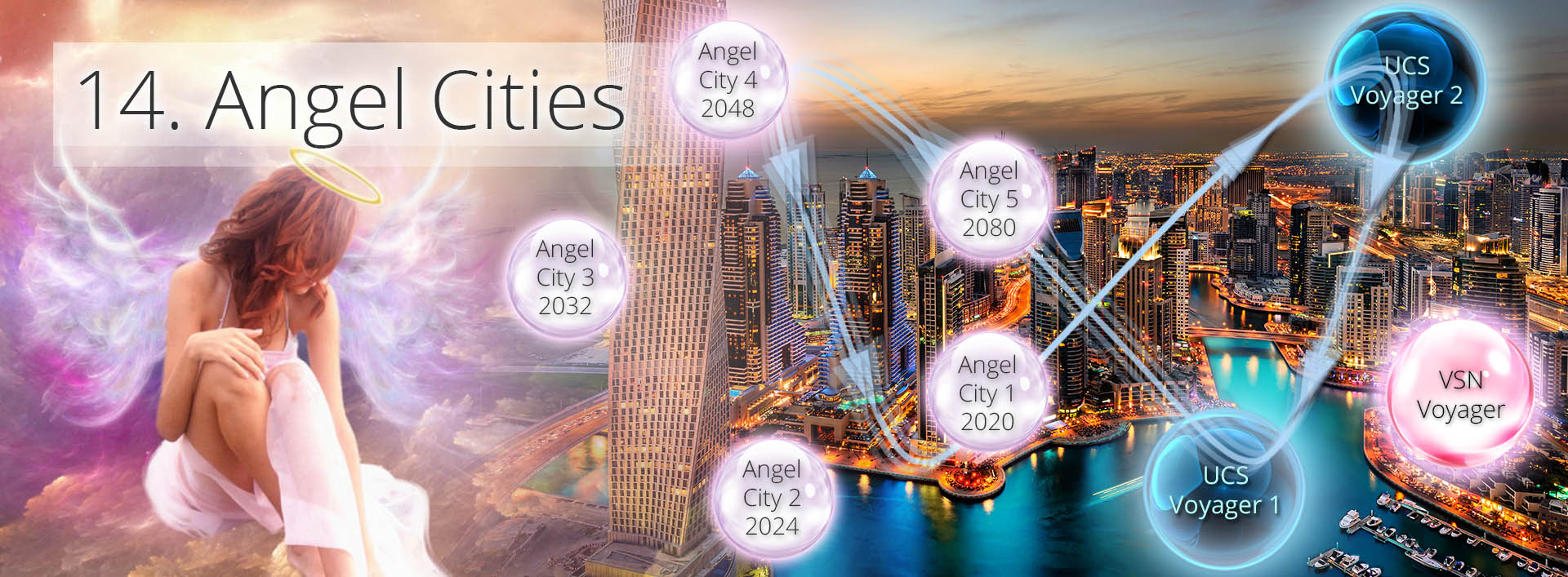
Dear Amanda,
I have now completed the S-World UCS Systems 12, 13 & 14. But I needed to create 3 different summaries for System 14 Angel Cities, a general introduction then specific pages for Angel City, special project 1 Experience Africa, Angel City 5 and 16 different special projects.
I expect by the time the M-Systems illustrated summary is complete I will have changed parts of the descriptions and maybe the pictures. However, it’s nice to preserve the originals for reference. And it may make the journey through this document more cohesive.
Next, I need to do Systems 15 and 16, for which I will reference the notes made earlier in this document. I think I am also going down one cubic dimension so the lowest POP point is $3,815 for very small companies or sole traders in the lowest earning locations.
Actually, let’s look up Africa…
Poverty in Africa – Wikipedia
https://en.wikipedia.org/wiki/Poverty_in_Africa
In many nations, GDP per capita is less than US$5200 per year with the vast majority of the population living on much less.
In 1820 the average European worker earned about three times what the average African did. Now, the average European earns twenty times what the average African does.
Poverty in Africa refers to the lack of basic human needs faced by certain people in African society. African nations typically fall toward the bottom of any list measuring small size economic activity, such as income per capita or GDP per capita, despite a wealth of natural resources
Poverty — Our Africa
http://www.our-africa.org/poverty
Relative poverty is a term used on the news to mean people who have less money than those living around them. This term is generally used when talking, for example about “UK child poverty”. (Politicians even argue about whether such differences in wealth are a good or bad thing).
Absolute poverty is different. Some people are much poorer. For them, a whole week’s income is less than the amount someone in the UK, on the legal minimum wage, earns in an hour (£5.93).
Absolute poverty means people whose income is less than 75p – £1.50 a day ($1.25 or 75p a day being “extreme poverty” according to the World Bank).
75p a day is typically not enough money to pay for the basics (food, clean water, clothing, shelter) needed to survive in reasonable health.
Over the last 30 years, worldwide absolute poverty has fallen sharply (from about 40% to under 20%). But in African countries the percentage has barely fallen. Still today, over 40% of people living in sub-Saharan Africa live in absolute poverty.
Having lived in Africa for 10 years and having made friends with my local township, I always wondered how one could live on R4,000 a month or $300 a month. And if you look at Experience Africa.com you can see I have included a plan to help that township.
As an exercise in ‘M-Theory, an economic system?’ (in which M-Theory has 10 space dimensions and one time) we need to have 10 cubic POP dimensions. And I need to account for abject poverty within as it’s a very real economy.
Let’s see how this changes things…
S-World Global Network in 10 Dimensions in USD & Planck Cubits 1.02 (03rd Jan 2017)
| 10 Dimensions + Time | Companies | POP Points in USD | POP in Planck Cubits | |
| Angelverses | 10 | 262144 | 64,000,000,000 | 118,213,039,704 |
| Angel POP | 9 | 32768 | 8,000,000,000 | 14,776,629,963 |
| Super Grand Network | 8 | 4096 | 1,000,000,000 | 1,847,078,745 |
| Grand Network | 7 | 512 | 125,000,000 | 230,884,843 |
| 2nd Tier Network | 6 | 64 | 15,625,000 | 28,860,605 |
| 1st Tier Network | 5 | 8 | 1,953,125 | 3,607,576 |
| Standard Company | 4 | 1 | 244,141 | 450,947 |
| Small Company | 3 | 30,518 | 56,368 | |
| Relative Company | 2 | 3815 | 7,046 | |
| Abject Company | 1 | 477 | 881 |
The POP point is the minimum profit target for each company or network of companies, where after all additional profit is invested into making new companies.
Note that even if a company only makes it POP profit target and does not make any more profit and no new companies are created, this company is still contributing. As in the case of our real-world real estate and travel companies 25% of gross profit (about 50% of all profit) is contributed to the GGW-String.
In the case of Abject, & Relative companies the GGW-string shape will be per the Susskind Boost. So, it’s always used to boost the contributing companies profit and efficiency.
In the case of standard companies and above, most will start using the same shape (most or all contributions to the GGW String see all of that income used to boost the fortunes of the company who provided the income). But later standard companies GGW-String contributions can create shapes that end up contributing most of the income on improving the systems and funding different special projects or boosting the weaker companies in the network as a part of The Peet Tent.
A quick note on QuESC
Note that on the POP Cubic view of QuESC (seen left below), one of my favourite views (that I wish to create) is the relative view. When we look at a cube in California vs. a sub Saharan Cube it will not show a huge cube in the US and a tiny cube in Africa. It will show cubes of similar sizes from which we could measure the relative success of companies in each location, seeing only how well or poorly each individual company in the local network did. And then apply attention to the weakest links.
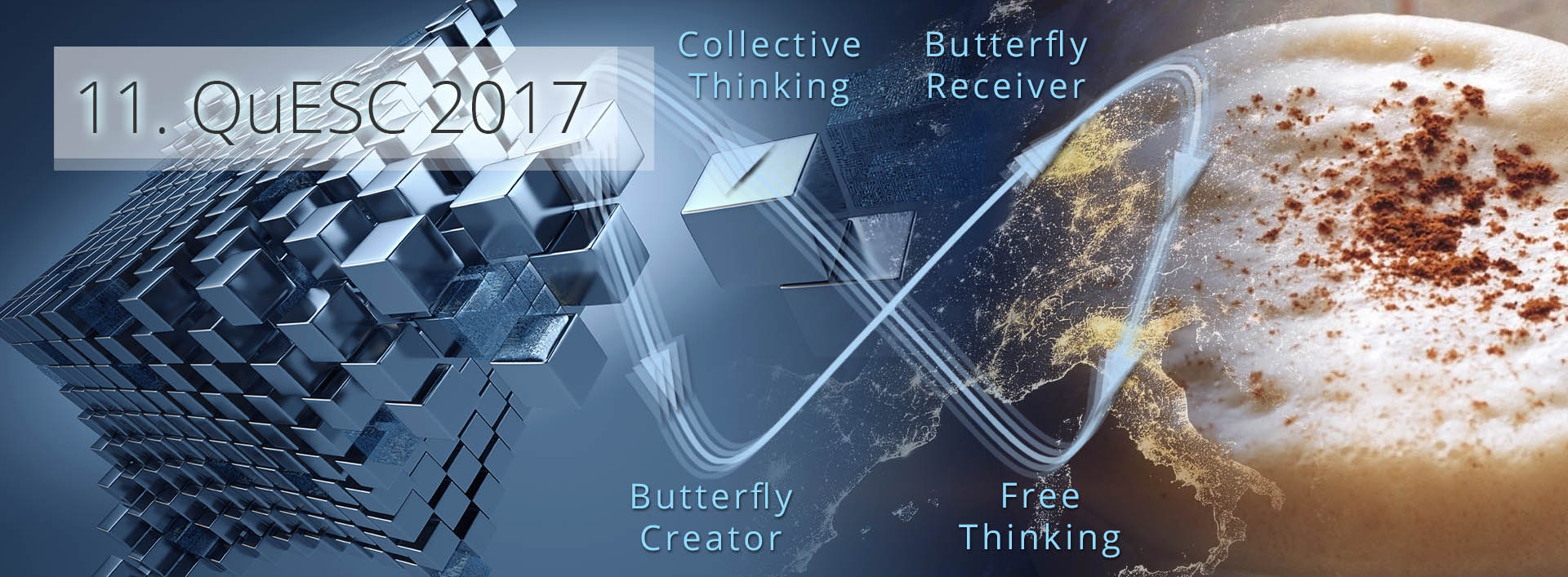
Back to Dimensions
In Abject and Relative dimensions, we also look equally at building the strong as well as the weak. As the major measurable objective is to get an Abject company to Relative status and a relative company to small status.
Of course, the ripple effects of creating a grand or even a super grand network (large or huge resort developments) would see waves of money flowing out in all directions, maybe in the first 5 miles lifting Abject to Standard. Then the next 5 miles to small and the next 20 or so miles to Relative.
| 10 Dimensions + Time | Companies | POP Points in USD | POP in Planck Cubits | |
| Angelverses | 10 | 262144 | 64,000,000,000 | 118,213,039,704 |
| Angel POP | 9 | 32768 | 8,000,000,000 | 14,776,629,963 |
| Super Grand Network | 8 | 4096 | 1,000,000,000 | 1,847,078,745 |
| Grand Network | 7 | 512 | 125,000,000 | 230,884,843 |
| 2nd Tier Network | 6 | 64 | 15,625,000 | 28,860,605 |
| 1st Tier Network | 5 | 8 | 1,953,125 | 3,607,576 |
| Standard Company | 4 | 1 | 244,141 | 450,947 |
| Small Company | 3 | 30,518 | 56,368 | |
| Relative Company | 2 | 3815 | 7,046 | |
| Abject Company | 1 | 477 | 881 |
At the top of the table Angelverses are for big companies potential POP points. Of course, if we follow the M-Theory model one can have as many as 1500 such big companies. However, I would still wish to group them as higher cubic dimensions when appropriate.
Before we move to the presentation of M-Systems 12, 13, and 14; as M-System 14 Angel Cities was recently energised by consideration of the Feynman Sum Over Histories, let’s hear the physics told by Professors Hawking and Mlodinow in their 2010 book The Grand Design.
But before we do, lets hear from the original physics inspiration in S-World and the author Isaac Asimov… which first came to S-World in May 2011 while in conversation about a film treatment about S-World I wrote called Galactica 2017.
“You may not predict what an individual may do, but you can put in motion, things that will move the masses in a direction that is desired, thus shaping if not predicting the future.”
Professor Stephen Hawking and Leonard Mlodinow
The Grand Design
Feynman’s Alternative Histories
The principles of quantum mechanics were developed in the first few decades of the 20th century after Isaac Newton’s macro theories (which were accurate enough to land man on the moon) were found to be inadequate for the description of nature on the atomic or sub atomic level.
As we improved our technology and expanded the range of phenomena that we could observe, we began seeing nature behaving in ways that were less and less in line with our everyday experience and hence with our intuition.
Classical theories such as Newton’s reflect every day experience, in which objects have an individual existence, can be located at definite locations, follow definite paths and so on. Quantum mechanics dictates a completely different schema, (model, plan, theory) in which an object’s position, path, and even its past and future are not precisely determined.
According to quantum mechanics, a particle is said to have no definite position during the time it is between a starting point and the end point. Feynman realised one does not have to interpret that particles take no path as they travel. Rather, particles take every path and they take them all simultaneously.
Hence the quantum mechanics mantra: “Everything that can happen, does!
The chance of observing a particle to land at any given point, depends upon all the paths/histories that could have got it there. Feynman showed that for a general system, the probability of any observation is constructed from all the possible histories that could have led to that observation.
Because of that, his method is called the ‘sum over histories’ or ‘alternative histories’ formulation of quantum physics.
Because of this, instead of looking at just a single particle, Feynman’s theory allows one to predict the probable outcomes of a system, which could be a particle, a set of particles or even the entire universe.
Between the initial state of a system and our later measurement of its properties, those properties evolve in some way which physicists call the systems ‘history.’
In Newtonian Theory the past is assumed to exist as a definite series of events, given complete data about the present. Newton’s Laws allow us to calculate a complete picture of the past.
But a quantum particle or system cannot be said to have taken a definite path from A to B. We might pin down its location by observing it but in between our observation it takes all paths and has all histories.
Quantum physics tells us no matter how thorough our observations of the present, the unobserved past, like the future, is indefinite and exists only as a spectrum of possibilities.
(Nick Ray Ball: Consider Angel City 2, 3, & 4 and from them, Angel Cities 1 and 5 are the unobserved history)
The Universe according to quantum physics has no single past or history, the fact that the past takes no definite form means that observations you make on a system in the present effect its past. That is underlined rather dramatically by a type of experiment thought up by physicist John Wheeler called a delayed choice experiment.
In a delayed choice experiment you have the option of observing the path the particle or system takes. Except in the delayed choice experiment you postpone your decision about whether or not to observe the path until just before the particle reaches its destination (a detector, telescope or simply one’s eye).
Wheeler considered a cosmic experiment in which the particles involved are photons (particles of light) emitted by powerful quasars, billions of light years away. Such light could be split into two paths and refocused towards earth by the gravitational lensing of an intervening galaxy. Though the experiment is beyond the reach of current technology, if we could collect enough photons from this light, they ought to form an interference pattern (create one history). Yet if we were to place a device to measure which path the photons took shortly before detection, that pattern should disappear (creating another history).
In this case the choice about whether to take one or both paths around the galaxy would have been made millions of years ago, before the earth or perhaps even our sun were formed, and yet with our observation in the laboratory we will be effecting that choice.
We will see that, like a particle, ‘the universe does not have just a single history, but every possible history’ each with its own probability, and our observations of its current state effect its past and determine the different histories of the universe.
The quantum model of nature and our universe encompasses principles that contradict not only our everyday experience but out intuitive concept of reality. Those who find those principles weird or difficult to believe are in good company. Company of great physicists such as Einstein and even Feynman, who once wrote ‘I think I can safely say that nobody understands quantum mechanics.’
But quantum physics agrees with observation, it has never failed a test and it has been tested more than any other theory in Science.
End of Extract.
Before presenting the S-World UCS M-Systems, which use Feynman’s sum over histories, another word from Professor Hawking…
“A Theory of Everything should be so simple that everyone could understand it.”
There is very little likelihood that one would ever be able to teach Feynman’s sum over histories to our children. Or that it would become a popular topic at the local bar because its hard work. No one says quantum mechanics is easy.
However, by phrasing the theory within S-World and Angel Cites, it’s not only simple, it’s interesting… As its about how we can make money and achieve great things, its relevant to almost everyone.
I hope that M-Systems is seen not only as an interesting answer to the equation ‘M-Theory’, an economic system?’ But also a simpler way to teach people about the fundamentals of M-Theory and TOE (Theory of Everything) Mathematics.
System 12. S-World UCS – Universal Colonization Simulator
Mass Online Multiplayer Game / Film & Media / Simulated Universe / Supersymmetry / Browser Correcting Code / Business Development System / Software Systems Tutorial / Education System
Dr James Gates – Mark Zuckerberg – Lee Chazen – Will Wright
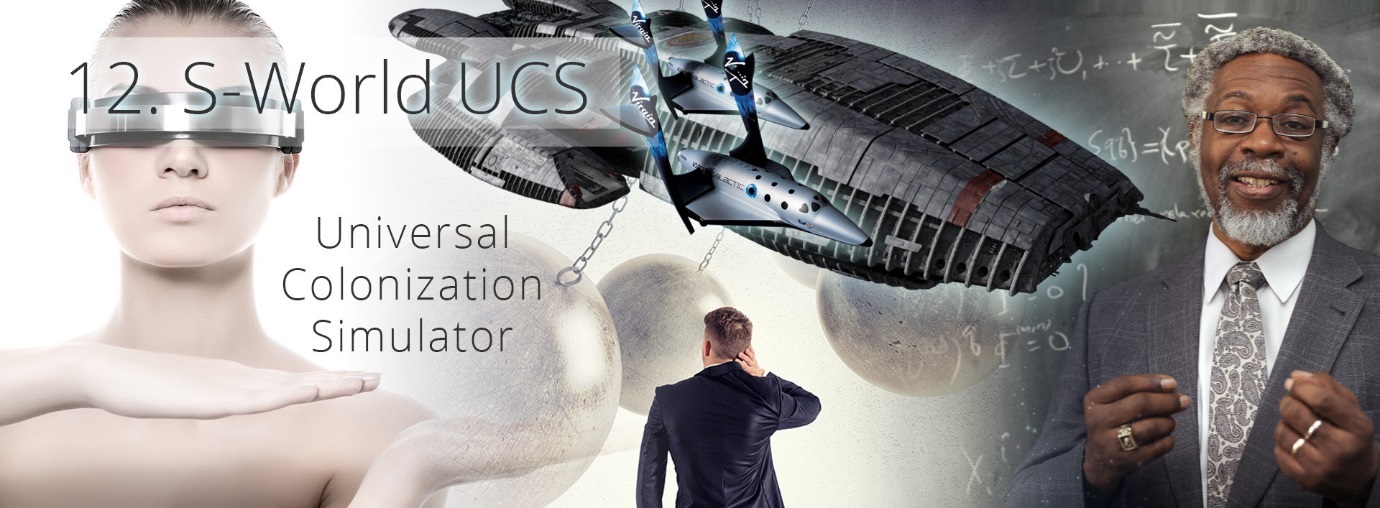
S-World UCS (1) (2) began in 2003 as ‘Villa Mogul’ which was the idea of adding a management game to my virtual product the Cape Villas Virtual Tour. ‘The hook then and now is the same, simply that the game would be based on a real business and playing the game well would lead to real-world business opportunities for its users. And the real-world businesses would be more popular due to the game and S-World.TV. A win, win, or as we say… a Circular event.
In 2011 the ‘The Tutorial Game,’ became the first chapter in S-World.biz/Facebook Travel. The following year it become the concluding chapter of the book ‘The Theory of Every Business.’
S-World UCS is to become a mass online multiplayer game where one starts from humble beginnings, but can end up amassing so much wealth or prestige that one can join billionaire philanthropists and book a ticket on the first galactic colonization super-ark S-World Galactica. Or if space is not your thing, there are many other special projects and ways to save the world.
S-World-UCS economic gameplay will always be plausible. If we can’t make realistic probabilities of events happening in the real-world or within our future simulations, then it will not be a part of the game. Unless the UCS gameplayers themselves have made such actions possible due to their own endeavours. Which is not at all unexpected as in comparison to our computing power, the ability of one person picking up the phone, making a meeting and winning a new contract cannot easily be re-enacted by probability software.
There will be many different types of gameplay within UCS; management sims, resources gathering, research trees, territory conquests, and we have already considered the SIMS and SIM City. By using S-World VSN and VBN, S-World UCS can provide an environment for most games. For instance, one can play ‘Call of Duty’ in one’s own town. However, the main game isS-World UCS, where one runs businesses, learns the systems, understands the game, interact with other users, and does business.
S-World UCS becomes the training platform and coordination/logistics hub for all new S-World company’s and developments. Playing UCS teaches people how to succeed in S-World commerce and philanthropy. It becomes the recruiting platform that never says no, but can suggest various UCS training simulations to play before testing again.
System 13. UCS Voyagers
Quantum Mechanics – Business Development / Mass Online Multiplayer Game / Future Network Simulation / Economic Time Travel / Simulated Universes
Garret Lisi – Brian Cox – Dr James Gates – Steven Hawking – Dr Amanda Peet
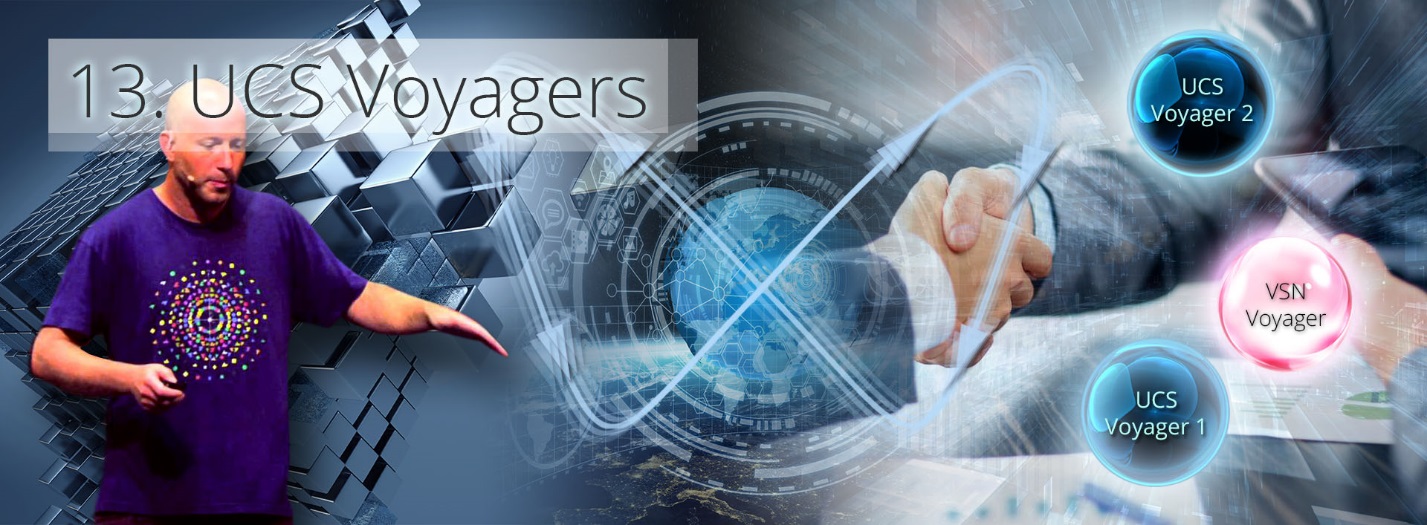
We have already seen S-World UCS Voyagers within QuESC. Now we see ‘economic time travel.’
What if you could look to the future and see millions of eventualities.
What if you could use this information to assist you today?
What if you could do this from your phone, TV, or laptop?
Welcome to S-World UCS
Welcome to your future.
Towards the end of writing the last Theory of Every Business chapter 8 S-World UCS, I took a moment to watch a lecture on The Theory of Everything by Physicist Garret Lisi. I was inspired by Garrett’s analogy of coral pulps creating identical copies of themselves wherein “each individual was in many other locations, experiencing them as separate individuals.”
In that moment, I had the idea for UCS Voyagers, in which we create a copy of our Virtual Network and send it forward in time, at a pace of twice our speed. So, a year in our time is two years for UCS Voyager 1. Giving S-World businesses the opportunity to virtually conduct business in the future with the options to follow favourable timelines back in real life.
The quantum mechanics mantra is ‘whatever can happen, will happen.’ And in respect of that each individual UCS gameplayer is in effect an identical copy of the same business experienced by another individual.
Not long after this ‘Eureka’ moment, I heard President Obama’s science advisor Dr James Gates (as pictured in S-World UCS) had found an error blocking code in supersymmetry which lead to the desire to create S-World UCS and the Virtual Networks within the framework of our universe, not just out planet. This single event may well have been the first step… the first ripple effect towards the consideration of M-Theory as an economic system.
System 14. Angel Cities
Influencers: Garret Lisi – Stephen Hawking – Leonard Mlodinow – Richard Feynman – Dr Amanda Peet
# Quantum Mechanics / Alternative Histories / Logistics / Resort Developments / Urban Planning / Simulated Universes / Special Projects / Conservation / Ecology / Philanthropy / Science & Technology
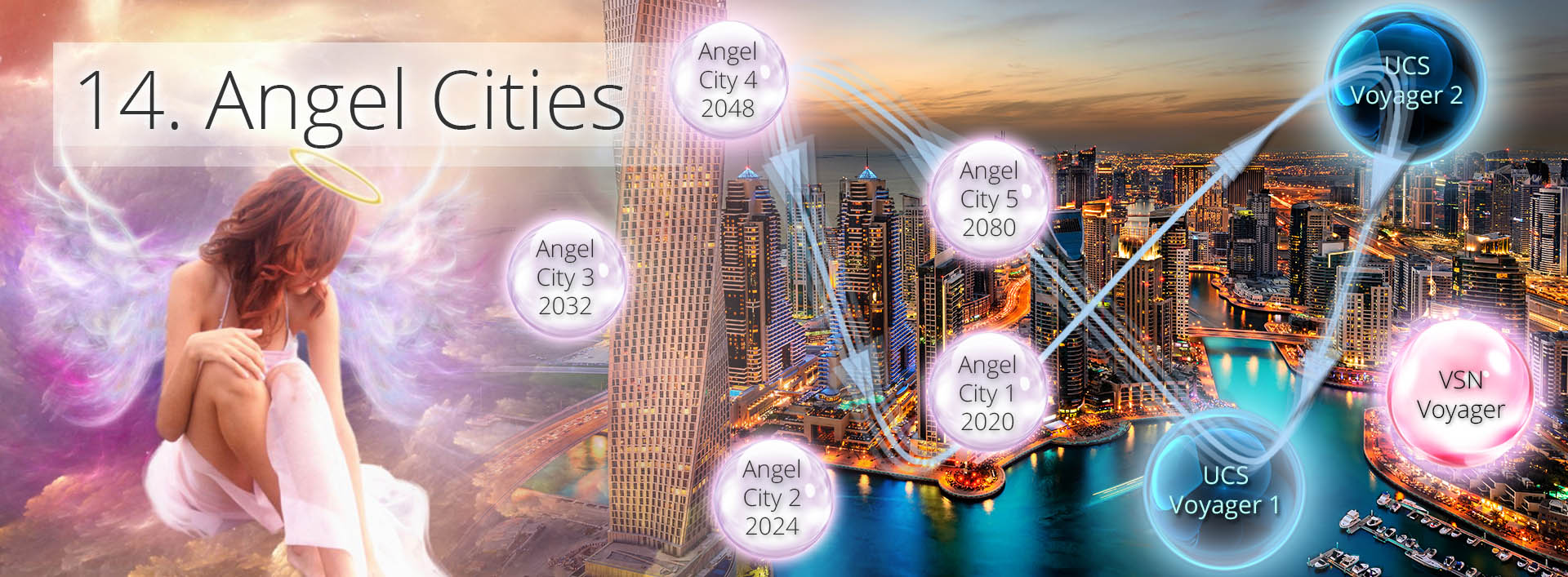
Angel Cities [1] [2] were at first logistical support for UCS Voyagers, but have since become very important. In terms of M-Theory and its component quantum mechanics, we respect Richard Feynman’s alternative histories, which tells us that no unobserved system has a definite past or future. Angel Cities are 5 future simulations of the network from 2020 to 2080.
In 2080 Angel City 5 is the nerve centre for the S-World networks long term ambitions. In this City, we plan the best earth we can logistically create. And once the blueprint is set we create paths back through Angel Cities 4, 3, 2 and 1 so that each company, development, wonder or ‘special project’ has a definite history back from 2080 to 2020 and Angle City 1 and our time.
Then we go up and down, the future Angel Cities changing to suit real-world developments. And in turn per QuESC method creating many new opportunities in a very flexible way, so that just one of a great many different histories creates the desired future result.
Each City works as a part of the team but also has a significant individual task…
Angel City 1 2020 – Complete Special Project 1. ‘Experience Africa‘ and create grand networks
Angel City 2 2024 – Prepare for the effects of High String Coupling and a new dawn of economics.
Angel City 3 2032 – Is the land of ‘Angel POP‘ where the mathematics of the limited availability of the network cube sees investment into less desirable networks. So, addressing philanthropic objectives such as equality, the poverty line, third world education and healthcare, and giving all the citizens of earth the chance to reach their potential
Angel City 4 2048 – Prepares for ‘The Singularity,’ the point where it would seem to most that the future of businesses and economics is S-World & M-Systems.
Angel City 5 2080 – The creator of the special projects and our best tool for creating wonderful futures for our children and our children’s children.
System 14b. Angel City 1
Influencers: Paul Allen – Mark Zuckerberg – Sir Richard Branson – Joss Kent
# Special Projects / Conservation / Fight Poachers / Protect Elephants, Rhino, Cheetahs + / Ripple Effects / Philanthropy / Villa Secrets / Quantum Mechanics / Alternative Histories
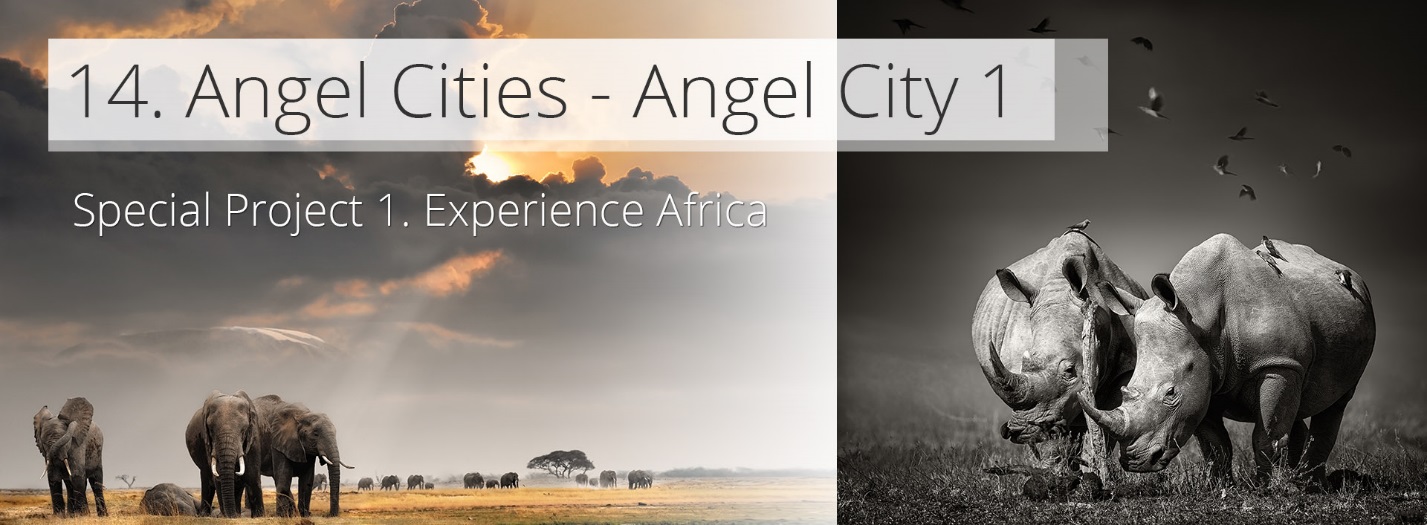
Leaving the other responsibilities of Angel City 1 aside, Angel City 1 is the home of the first S-World & Angel Theory special project – Experience Africa
In the past 100 years, African elephant populations have been reduced by 97%. More than 50% of Africa’s remaining elephants could be killed in the next 10 years if illegal poaching continues at the current rate.
Experience Africa is an extension of Villa Secrets, as seen in M-System 1 and Network.VillaSecrets.com. Experience Africa will use the Villa Secrets Web Framework to create hundreds of safari travel agency websites and individual websites for thousands of safaris.
As Villa Secrets develops its TFBMS AI (Total Financial, Business and Marketing System) and connects to all relevant travel databases, these systems will be available to all Experience Africa users. An adaptation of the Villa’s Cloud booking system will be created for safaris and a marketing strategy will be developed to better market the idea of African safari experiences.
Unlike Villa Secrets companies who pay a royalty to S-Worlds GGW-String, for Safaris the only shape of the GGW-String is to protect endangered species. If we can attract half of the safaris to use our system by 2020, we will be creating more than $100,000,000 a year for the protection of the Elephants, Rhino’s, Cheetahs, and other endangered species.
There is room in the market for a superior safari booking system. But to build such a system before another company does and/or in time to make a difference soon, we are kindly asking for programmers/engineers, and branding from philanthropic investors such as Paul Allen the co-founder of Microsoft, Mark Zuckerberg the founder of Facebook, and asking for PR, Media and branding from Sir Richard Branson the founder of Virgin Group.
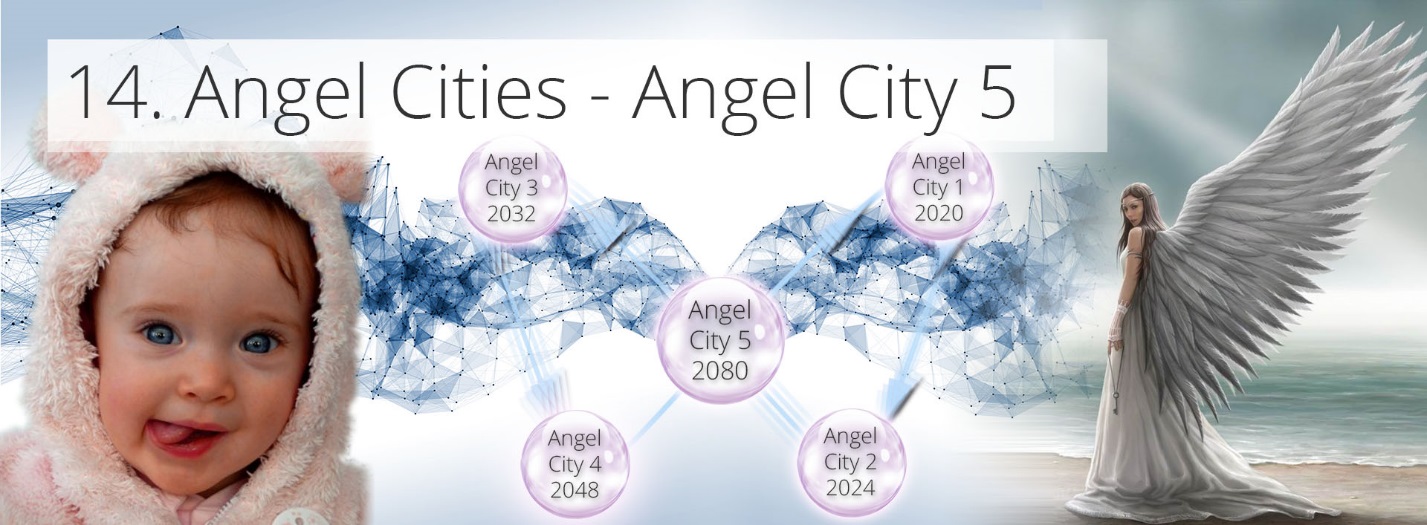
Angel City 5 [1] the last of the founding Angel Cities is set in 2080. Above we see my darling Sienna as herself and as an angel guiding us towards a better future, in keeping with the S-World mantra, by professor Isaac Asimov.
“You may not predict what an individual may do, but you can put in motion, things that will move the masses in a direction that is desired, thus shaping if not predicting the future.”
M-Systems has been created to achieve a more desired future and Angel City 5 its primary component.
‘If you could pick 16 desired concepts that you would like your children and grandchildren to experience, what would they be? Our current choices are…
Special Project 1. Experience Africa (Protects endangered species and funds conservation)
Special Project 2. Give Half Back (The GGW-String shapes: ecological, scientific, philanthropic)
Special Project 3. Advancing Human Potential (S-World, TFBMS, UCS & Virtual Networks)
Special Project 4. Cities of Science (Seen within The Theory of Every Business parts 1, 2 and 3)
Special Project 5. Angel POP (Ecology, equality, the poverty gap, global education, & healthcare)
Special Project 6. Sienna’s Forests (Buy rainforests to be forever preserved, create new forests)
Special Project 7. Global Cooling (A Theory of Every Business [part 2] & [part 3] Initiative)
Special Project 8. Universal Knowledge (Each grand network development has a university)
Special Project 9. Spartan Contracts (Nongraduate opportunities – Advancing human potential)
Special Project 10. Global Healthcare (Each grand network development has a hospital)
Special Project 11. African Rain (A mass desalinization project for North and Eastern Africa)
Special Project 12. The Babylon Project (A mass desalinization project for the Middle East)
Special Project 13. Middle Earth (Create underground habitats and arks in case of ELE’s)
Special Project 14. The Population Point (The hardest of all special projects)
Special Project 15. The Spartan Theory (An attempt to end war and create peace on earth)
Special Project 16. Universal Colonization (Preparing for, or flying ourselves to the stars)
Chapter 7
Angel POP, Angelverses & Hawking on M-Theory
M-System 15 & 16
By Nick Ray Ball 4th January 2016

System 15. ‘POP 3’ – Angel POP (Gen Res Completion)
Influencers: Stephen Hawking – Edward Witten – Dr Amanda Peet
# Economics / Chaos Theory / The Butterfly Effect / General Relativity / Black Holes / Big Bang / String Theory / Global Network / Resort Developments / Urban Planning / The Poverty Gap / Universal Healthcare / Education / M-Theory
Please note that there will be a blurring of the lines between M-Systems 15 Angel POP and M-System 16 Angelverses in this chapter.
Thought…. I should rethink global GDP zones or let them change over time.
Part 1
Summary and Introduction
In as simple as terms as possible Angel POP starts as Classic or BabyPOP, which dictates that after a point of profitability an S-World company must invest additional profit into the creations of new S-World companies or grand networks (networks of companies attached to real estate developments).
Where after Angel POP uses plain old simple ‘supply and demand’ by limiting the investment options to include options in less desirable businesses locations and some locations in abject or relative poverty, before releasing the next phase of POP investments options.
As a result and amplified by M-System 4 The Peet Tent, where no company can fail. Reasons to invest into S-World developments in less desirable business locations change in the first instance. As the eventual success of such investments, being a successful factor into the equation is used to assess investments in the first place.
Each round of POP investment sees a cube within a cube. In the first round 16 grand resort networks are identified. In this case we simply connect them via the SUSY Hierarchal Spin Equaliser… which is a fancy way of saying we twin the fortunes of the strongest and weakest companies.
So, for example an investment (POP or direct investment) in a grand network in California. Maybe the nice 3,000-acre ranch I saw last week in Silicon Valley, twinned with a 40-square mile location in Malawi on a nice lake. So, if one invests $10million, the investment is $5million in California and $5million in Malawi.
The above is not really Angel POP as it has not really used the Angel POP limiting math, rather supply and demand. So, we can call this BabyAngelPop. How we use the math is to move up two cubic dimensions (multiply the number of networks by 8 and then by another 8). So, one cubic dimension creates 64 profit centres and another creates 512, which may or may not use the SUSY Hierarchal Spin Equaliser to create 1024 twinned grand networks.
Let’s for now say we do not twin the grand network and rely totally on Angel POP, apply less strict rules. And say for every 3$ invested into a network of one’s choosing, $1 needs to be invested into one in a less desired business locations.
So, we have BabyAngelPop guaranteeing significant investment into the less desired business locations. However, due to POP Investment (POP The Pressure of Profit investment System) there are only 512 networks and eventually the most desired networks will be sold out. And as POP investment must be invested in one network or another, the final networks (which will have already had significant BabyAngelPop) will be invested in. And the greater the overall S-World economy, the faster the last networks will be invested in.
And not only invested in, POP is a measure of profit made, not initial investment in. The new development in Malawi or other uneconomically desired locations will need to be making ‘x’ in profit before the next round/dimension of 512 x 8 grand networks receive POP investment.
Due to Angel POP the most undesirable of investments say the last 10% of the 512 will be sold soon after the previous 90% were sold, as the Pressure of the Profit of all other networks becomes a tidal wave within the cubed dimension completing the sector before moving into the next higher dimension.
Part 2.
Professors Amanda Peet, Andrew Eben Strominger & Cumrun Vafa on Black Holes & String Quantum Mechanics
Angel POP was originally considered in the Autumn of 2012 whilst writing the American Butterfly series as an evolution, or may be better put as a consequence of Classic and BabyPOP.
Within American Butterfly, Angel POP is best described in book 3. The Network on a String. Chapter 7: Angel POP Global Benefits. This chapter was written in extreme macroeconomics, to the point that S-World would not only need to become the next evolution of economics but in addition, in about 25 years, it would increase GDP by a factor of about 5.
However, despite the impossibly high figures, the Angel POP principle was sound. Albeit it did take quite a while to work out.
I have been assisted with this ‘working out’ by the two physicists whose works I am currently studying. Dr Amanda Peet: Public Lecture: String Theory Legos for Black Holes and in particular the later sections on M-Theory, membranes, 10 dimensions of space-time, high string coupling, building space-time models, black holes, no force conditions, string quantum mechanics, the Boltzmann formula, Hawking Entropy, 4-dimensional conformal field theory, 5-dimensional anti-de Sitter space, 5-dimensional Holograms and Hawking radiation.
In particular, I am enjoying the string quantum mechanics. As for me its proof that string theory should be correct, as it creates the same outcome as pure quantum mechanics. And as Professor Hawking says…
Quantum mechanics agrees with observation, it has never failed a test and it has been tested more than any other theory in Science.
In Dr Peet’s lecture she mentions Professors Andrew Eben Strominger, Harvard’s Director of the Centre for the Fundamental Laws of Nature and Iranian-American string theorist Professor Cumrun Vafa from Harvard University, recipient of the 2008 Dirac Medal and the 2016 Breakthrough Prize in Fundamental Physics.
In 1996 Strominger and Vafa starting from first the principle used string quantum mechanics and the Boltzmann formula to calculate the entropy of what that system would be… And it turned out to give exactly the same answer as the Bekenstein Hawking entropy predicted 40 years earlier.
SBH = 2π √ Nm N1 N5
In addition two open strings can meet, kiss, and become a closed string and get emitted as Hawking Radiation.
And thus, in two cases, the same extremely complex result for calculating black holes has been made from string theory and quantum mechanics. So, one could say that if quantum mechanics is correct then so must string theory be, certainly in certain situations.
The reason I have fixated on this point is that the way Dr Peet describes how Strominger and Vafa created the experiment in terms of different dimensions of string theory, having different rules and how one can make no force combinations, is the approach I am trying to simulate/recreate within the 10 cubic dimensions of M-Systems.
We should have a quick look at the M-Systems dimensions so one can see the simplicity. And note this is not the dimensional math of string theory, rather this is a just simple way to consider an economy in 10 dimensions. But it does have the advantage of giving the non-string theorists a base from which to try and understand higher dimensions.
S-World Global Network in 10 Dimensions in USD & Planck Cubits 1.02 (03rd Jan 2017)
| 10 Dimensions + Time | Companies | POP Points in USD | POP in Planck Cubits | |
| Angelverses | D 10 | 262,144 | $64,000,000,000 | 118,213,039,704 |
| Angel POP | D 9 | 32,768 | $8,000,000,000 | 14,776,629,963 |
| Super Grand Network | D 8 | 4,096 | $1,000,000,000 | 1,847,078,745 |
| Grand Network | D 7 | 512 | $125,000,000 | 230,884,843 |
| 2nd Tier Network | D 6 | 64 | $15,625,000 | 28,860,605 |
| 1st Tier Network | D 5 | 8 | $1,953,125 | 3,607,576 |
| Standard Company | D 4 | 1 | $244,141 | 450,947 |
| Small Company | D 3 | $30,518 | 56,368 | |
| Relative Company | D 2 | $3815 | 7,046 | |
| Abject Company | D 1 | $477 | 881 |
Above we see the S-World economy in 10 dimensions. Each dimension is simply created by multiplying or dividing by 8. We use 8 as it creates cubes that can sit inside one another.
Below we see the principle…note that PQS (Predictive Quantum Software) was the 2012 name of M-Systems.
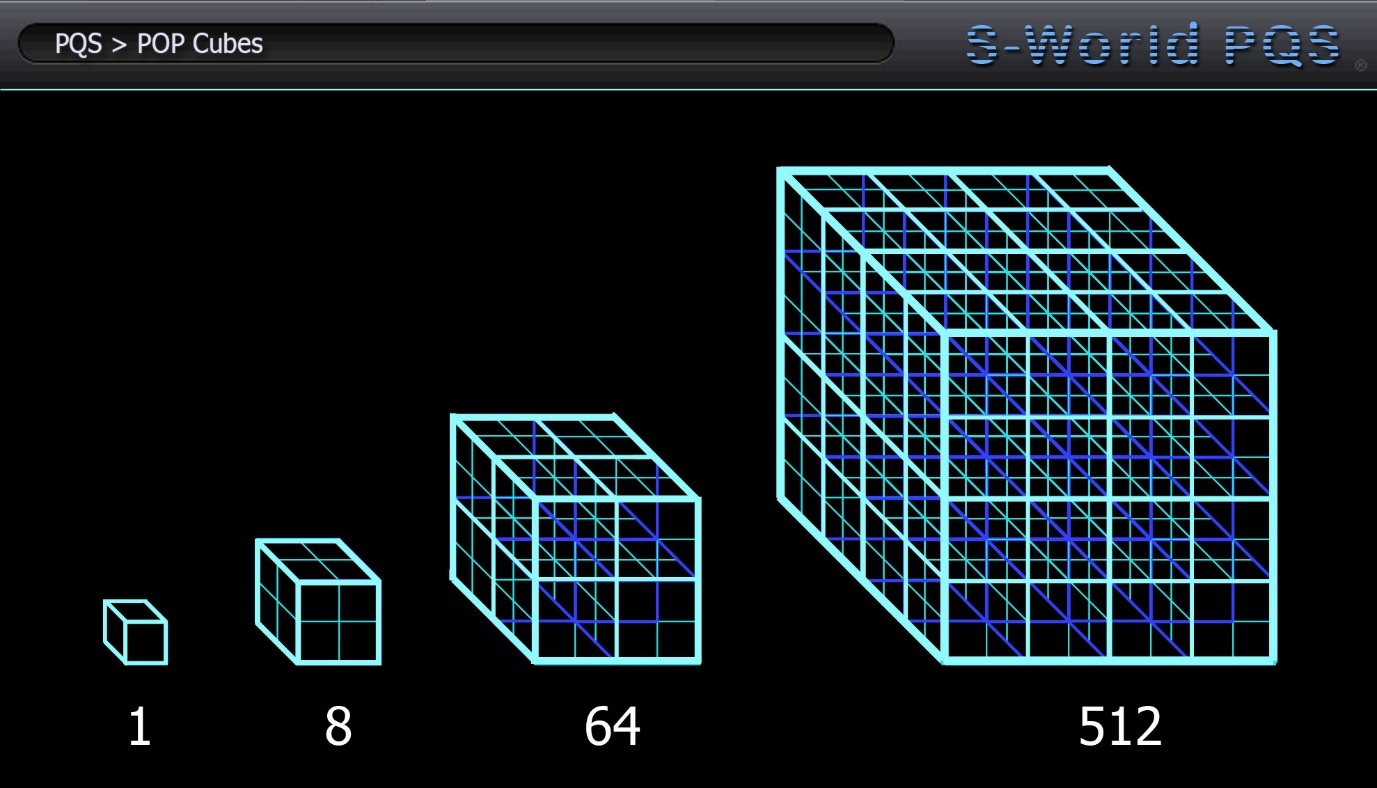
What I need to do is add rules to the 10 dimensions that improve the model and leave fewer adjustable elements, or create no adjustable elements.
We can have as many rules as we wish.
One rule would be that the GGW-String shape for a D2 Relative Company (in a location of relative poverty) will always be set to Boost. It would not see the GGW-string shapes for investment into systems, the Peet Tent (boosting failing companies), or the various shapes for Give Half Back and POP special projects.
Another rule can be along the lines of a D1 Abject Company (in a location of abject poverty) will receive as much POP profit recorded (both over and under the POP point) in additional Boost from D 10 companies.
D 10 companies are currently simply big companies that are either investing in new smaller S-World companies, investing in grand networks (property developments), or who have made dedicated S-World companies from which they can sell their products via the S-World network or big companies that have become S-World companies by agreeing to fund the GGW-String & follow POP.
(Note that in terms of making symmetries with M-Theory proper, D 10 companies are the 11th dimension as in M-Theory one includes time as a dimension. Whereas the model used in M-System is the 11th dimension is time and the multiverse dimension is 10.)
As in M-Theory the 10th multiverse dimension can have up to 10500 companies in it. But still I would as a preference continue to work in cubed dimensions, above the 10th where practical.
From the previous D1 Abject Company rule we can start to see the complexity, as if we apply a rule that a D 10 company will match the profit made by a D1 company in Boost. (it will pay the GGW-String the value of the profit, and the GGW-String will use the money to boost the D1 company.) We need to have order and symmetry.
In particular, we would need to have an idea about the ratio of D1 vs D10 companies. At about $500 to $2000 a year per performing D1 company any D10 can afford to support 8 or even 64 D1 companies’ bonuses.
But still such bonuses would need to be from the payments made by the D10’s to the GGW-String in general, not become an additional expense.
So, the rule changes to create a new shape for the GGW-String. That being the bonus boost to D1 companies created from D10 companies. But this rule can equally work for D9, D8, D7, D6 or D5 companies, creating the same effect but from slightly different GGW-String shapes.
In addition, we would need to add rules about when a D1 company changed to a D2 company.
All told we can see the ‘laws’ of the M-Systems dimensions and the shapes of the GGW-String are going to be very important.
There can be a law such as philanthropic companies can invest into higher dimensions than are not permitted to the public due to Angel POP. One can also have a similar law to say that S-World companies who are creating POP investment have more opportunities than new non-philanthropic investors. Another is that popular persons of public interest can invest into phase 1 properties in a grand network before others.
There can and will be many laws…
The goal is to create a system that does not need any tweaking, instead if there is need for a change, new laws will be written…. Or repealed.
But note that M-Systems is the S-World macro framework and that each company within will have untold amounts of options to tweak and customize their individual business, so long as it fulfils and used the TFBMS (Total Financial, Business & Marketing Systems) correctly.
Why do we need a system that has few adjustable elements?
Part 3 – Sleep-Hawking…
Professors Stephen Hawking & Leonard Mlodinow on a good model & other matters.
The second physicist’s work I am currently studying is Professor Stephen Hawking. Indeed I have made up a new word for my latest method for the study of his work.
My current method of study is rather unorthodox. I call it Sleep-Hawking, which is the practice of listening to Professor Hawking’s work within his audio books when one goes to sleep. Giving from 20 minutes to 80 minutes of study a night.
I am currently Sleep-Hawking to ‘A Brief History in Time.’ However, my main point of reference for this chapter will be Professor Hawking’s more recent 2010 book The Grand Design co-authored by Leonard Mlodinow. However, I did not Sleep-Hawk this book, instead I listened to it while hiking and later transcribed the bits I liked into a summary of his book and a few other quotes as the research chapter 4.10 Professor Hawking Says Part 1.
For the rest of this chapter I will pick some choice quotes and explain why they are relevant to M-Systems 15 and 16 (Angel POP & Angelverses).
It should be noted that at the moment I do not have his writings on ‘The Game of Life’ at hand, which are particularly relevant in terms of creating simple rules for complex systems.
First we shall start with Professor Hawking’s Book: Black Holes and Baby Universes and Other Essays (1993)
https://www.youtube.com/watch?v=Jzkm1E5RqJo
‘If we discover a complete theory of the universe, then it should in time be understandable in broad principles to everyone and not just to a few scientists.
And when that happens, all of us will be able to discuss the why rather than the how.
If we find the answer to that, it would be the ultimate triumph of human reason.”
The above quote serves my needs well. As it is my contention that by reading M-Systems and future Angel Theory books, the public will not be able to get a basic grasp of some of the more complex areas, some of the math and principles that complete the theory of the universe. They will, within their own areas of expertise, be able to contribute to the theory.
And as the founding principle of the network is about how to make money and do great things, the subjects Angel Theory and M-Systems have the potential to become very popular. And so, anyone can join in the conversation why, rather than how.
Next from https://en.wikiquote.org/wiki/Stephen_Hawking
I don’t believe that the ultimate theory will come by steady work along existing lines. We need something new. We can’t predict what that will be or when we will find it because if we knew that, we would have found it already!
In the above, Professor Hawking very nicely and quite dramatically tee’s up the idea that there should be a simple way to describe ‘a theory of everything’ than is currently on offer and further suggests that it could be in a different field altogether.
These lines have long been championed in M-Systems. Sure, M-Systems is complex but it’s a darn sight simpler than any book on M-Theory or The Theory of Everything. And as its about most subjects and partiality about making money, it’s comes from a reference point that most people are interested in (even if they say they are not!).
Further note that Angel Theory is to be a trilogy. The 1st academic book ‘M-Systems’ is essential as the first book. But the second book with the current working title ‘S-World Virtual Network’ will tell the same story, but from a more accessible perspective. The third book ‘The Spartan Theory, ‘well I can’t say for sure exactly what that will be like. But it will be both spiritual and philanthropic, the tale of Angel City 5 special projects and ripple effects.
For those who saw Hawking’s words ‘a complete theory of the universe’ and ‘ultimate theory’ and questioned whether Hawking was talking about M-Theory… we shall go to his more recent work: ‘The Grand Design.’
I have copied several pages as well as refreshing my mind.
If a non-physicist should read this chapter it will provide some of the pillars on which this model was built.
Nick Ray Ball
The following section was instrumental, for me personally in collating my various theories and real-world product into one complete theory: M-Systems.
In our quest to find the laws that govern the universe we have formulated a number of theories or models, such as the four-element theory, the Ptolemaic model, the Big Bang Theory, and so on. With each our model our concepts of reality and of fundamental consistence of the universe change.
Regarding the laws that govern the universe, what we can say is this: there seems to be no single mathematical model or theory that can describe every aspect of the universe. Instead there seems to be a network of theories called M-Theory.
Each theory in the M-Theory network is good at describing phenomena in a certain range. Wherever their ranges overlap, the various theories in the network agree, so they can all be said to be parts of the same theory.
But no single theory within the network can describe every aspect of the universe, all the forces of nature, the particles that feel those forces, and the framework of space and time in which it all plays out. Though this situation does not fulfil the traditional physicist’s dream of a single unified theory, it is acceptable within the framework of model-dependent realism.
And in a similar vein…
We now have a candidate for the ultimate theory of everything, called M-Theory. M-Theory is the only theory that has all the properties we think the final theory ought to have. And it is the theory upon which much of this book is based.
M-Theory is not a theory in the usual sense, it is a whole family of different theories, each of which is a good description of observations only in some range of physical situations.
It is a bit like a map, as is well known, one cannot show the whole of the earth’s surface on a single map. The usual Mercator projections used for maps of the world makes areas appear larger and larger in the far north and south and does not cover the north and south poles.
To faithfully map the entire earth, one has to use a collection of maps, each of which covers a limited region. The maps overlap each other and where they do they show the same landscape. M-Theory is similar, the different theories in M-Theory family may look very different, but they can all be regarded as aspects of the same underlying theory.
The following sections which describe M-Theory in a positive light really helped to make me see M-Theory as significant. Professor Hawking is so famous, his words count. It does not matter that the pubic do not know M-Theory. What matters is that Professor Hawking says it’s awesome. Especially since the film ‘The Theory of Everything’ as due to that film, ‘The Theory of Everything’ is out there already…
Ever since Newton and especially since Einstein, the goal of physics has been to find simple mathematical principles and with them to create a unified Theory of Everything, that would account for every detail of the matter and forces we observe in nature.
In the late 19th and earlier 20th century, Maxwell and Einstein united the theories of electricity, magnetism, and light. In the 1970s the standard model was created, a single theory of strong and weak nuclear forces and the electromagnetic force.
String Theory and M-Theory then came into being in an attempt to include the remaining force ‘Gravity.’
The goal was to find not just a single theory that explains all the forces but also one that explains the fundamental fine-tuning, such as the strength of the forces and the masses and charges of the elementary particles.
As Einstein put it, the hope was to be able to say that ‘nature is so constituted that it is possible logically to lay down such strongly determined laws that within these laws only rationally completely determined constants occur (not constants, therefore, whose numerical value could be changed without destroying the theory).’
A unique theory would be unlikely to have the fine-tuning that allows us to exist, but if in light of recent advances we interpret Einstein’s dream to be that of a unique theory that explains this and other universes with their whole spectrum of different laws, then M-Theory could be that theory! But is M-Theory unique or demanded by any simple logical principle? Can we answer the question why M-Theory?’
Because there is a law like gravity, the universe can and will create itself from nothing in the manner described in chapter 6. Spontaneous creation is the reason why there is something rather than noting, why the universe exists, why we exist.
Why are the fundamental laws as we have described them? The ultimate theory must be consistent and must predict finite results for quantities that we can measure. We’ve seen that there must be a law like gravity. And we saw in chapter 5 that for a theory of gravity to predict finite quantities the theory must have what is called supersymmetry between the forces of nature and the matter on which they act. M-Theory is the most general supersymmetric theory of gravity. For these reasons,
M-Theory is the only candidate for a complete theory of the universe.
If it is finite (and this has yet to be proved) it will be a model of a universe that creates itself. We must be part of this universe because there is no other consistent model.
M-Theory was the unified theory Einstein was hoping to find.
The fact that we human beings, who are ourselves mere collections of fundamental particles of nature, have been able to come this close to an understanding of the laws governing us and our universe is a great triumph. But perhaps the true miracle is that abstract considerations of logic leads to a unique theory that predicts and describes a vast universe full of the amazing variety that we see.
If the theory is confirmed by observation it will be the successful conclusion of a search going back more than three thousand years. We will have found the grand design.
And to conclude… We shall look at some sections of Hawking’s book The Grand Design that looks at laws and models.
Quantum physics agrees with observation. It has never failed a test, and it has been tested more than any other theory in Science.
Quantum physics may seem to undermine the idea that nature is governed by laws, but that is not the case. Instead it leads us to accept a new form of determinism. Given the state of a system at some time, the laws of nature determine the probabilities of various futures and pasts rather than determining the future and past with certainty.
The two paragraphs below made me appreciate that M-Systems the more money it makes and the more good it does, the more it is a successful experiment.
Though it is distasteful to some, scientists must accept theories that agree with experiment, not their own preconceived notions.
What science does demand of a theory is that it be testable. If the probabilistic nature of the predictions of quantum physics meant it was impossible to confirm those predictions, then quantum theories would not qualify as valid theories. But despite the probabilistic nature of their predictions, we can still test quantum theories.
For instance, we can repeat an experiment many times and confirm that the frequency of various outcomes conforms to the probabilities predicted.
I have loved the below section for a long time. The first founding principle of M-Systems was that people and small business are quantum and global GDP was relative.
At the very tiny level, our universe is like a crazy dance of waves, dangling through a myriad of beats. Particles appear and disappear at random, at this level, nothing is certain, not even existence.’
Atoms are a bit like people, they are very hard to predict with absolute certainty.
They do roughly what you would expect of them, but never exactly.
The section below started to make me appreciate that one can have nature existing and doing what it wishes… including people and free will…
But the actual laws of the framework need to be fine-tuned and unalterable… which is most relevant to the current Angel POP considerations…
The emergence of the complex structures capable of creating intelligent observers seems very fragile. The laws of nature form a system that is extremely fine-tuned and very little in physical law can be altered without destroying the possibility of the development of life as we know it.
Were it not for a series of startling coincidences in the precise details of physical law, it seems humans and similar life forms would never have come into being.
The section below is specific to your (Dr Peet’s) lecture String Theory Legos for Black Holes at 52 minutes.
According to the principles of quantum physics, which is an accurate description of nature, a particle has neither a definite position nor a definite velocity unless and until those quantities are measured by an observer.
It is therefore not correct to say that a measurement gives a certain result because the quantity being measured had that value at the time of the measurement.
In fact, in some cases individual objects don’t even have an independent existence, but rather exist only as part of an ensemble of many.
And if a theory called the holographic principle proves correct, we and our 4-dimensional world maybe shadows on the boundary of a larger 5-dimensional space-time.
Strict realists often argue that the proof that scientific theories represent reality lies in their success. But different theories can successfully describe the same phenomenon trough disparate (different in kind) conceptual frameworks. In fact, many scientific theories that had proven successful were later replaced by other equally successful theories based on wholly new concepts of reality.
According to model-dependent realism, it is pointless to ask whether a model is real, only whether it agrees with observation.
If there are two models that both agree with observation, then one cannot say whether one is more real than another. One can use whatever model is more convenient in the situation under consideration.
The following passage ends with economics is an effective theory… However, M-Systems is a more complete economic theory.
In modern science laws of nature are usually phrased in mathematics. They can either be exact or approximate but they must have been observed to hold without exception, if not universally then at least under a stimulated set of conditions.
For example, we now know that Newton’s Laws must be modified if moving at velocities close to the speed of light. Yet we still consider Newton’s Laws because they hold, at least to a very good approximation for the conditions of the everyday world, in which the speeds we encounter are far below the speed of light.
While conceding, that human behaviour is indeed determined by the laws of nature, it also seems reasonable to conclude that the outcome is determined in such a complicated way and with so many variables as to make it impossible in practice to predict.
Because it is so impractical to use the underlying physical laws to predict human behaviour, we adopt what is called an ‘effective theory.’ In physics an effective theory is framework created to model certain observed phenomena without describing in detail all underlying processes.
In the case of people, since we cannot solve the equations that determine our behaviour, we use the ‘effective theory’ that people have free will. The study of our will and of the behaviour that arises from it is the science of psychology.
Economics is also an effective theory, based on the notion of free will plus the assumptions that people evaluate their possible courses of actions and choose the best. That effective theory is only moderately successful in predicting behaviour because as we all know decisions are often not rational, or are based on a defective analysis of the consequence of the choice. That is why the world is in such a mess!
The next passage describes the law of conservation of energy. This is something I have not yet considered within M-Systems, or for that matter considered much in general. But as it is a significate rule of our universe it would be good to find a symmetry for one in economics… My first thought is that it is the E for Efficiency in the RES equation. (M-System 10).
Getting back to basics in the RES equation (the Clinton-Trump Equations) we need to go back to 2011 and S-World.biz and economic black holes. The basic idea of RES ‘E’ is that we keep as much income within the S-World network as possible plus tax.
So, that one looks for each S-World company to purchase from another. So, for building a grand network, we would want every company that builds the development to be an S-World company and every building suppliers.
Of course, this will not always be practice at first but in later years it will be. RES also looks at staff spending. The best outcome would be for 100% of a company’s spending to be for one or another S-World company + Tax + all staff were paid in network credits (Planck Cubits), which can only be spent on S-World goods and services. This would give an E of maybe 70% and 30% in tax and no economic black hole. As such save the tax 100% conservation of energy. And the last stage would be to create Sienna.gov software to make governments as efficient and then we would have a complete conservation of energy law.
I like it… another synergy law. I am going to add an additional quick summery to RES (which will be found here) which will also include the insights about RES and POP recently.
Any set of laws that describes a continuous world such as our own will have a concept of energy, which is a conserved quantity, meaning it doesn’t change in time. The energy of empty space will be a constant, independent of both time and position.
One can subtract out this constant vacuum energy by measuring the energy of any volume of space relative to that of the same volume of empty space, so we may as well call the constant zero.
One requirement any law of nature must satisfy is that it dictates that the energy of an isolated body surrounded by empty space is positive,
Which means that one has to do work to assemble the body. That’s because if the energy of an isolated body were negative, it could be created in a state of motion so that its negative energy was exactly balanced by the positive energy due to its motion.
If that were true, there would be no reason that bodies could not appear anywhere and everywhere. Empty space would therefore be unstable. But if it costs energy to create an isolated body, such instability could not happen…
Because, as we have said the energy of the universe, must remain constant. That is what it takes to make the universe locally stable, to make it so that things don’t just appear everywhere from nothing.
If the total energy of the universe must always remain zero, and it costs energy to make a body, how can a whole universe be created from nothing?
That is why there must be a law like gravity. Because gravity is attractive, gravitational energy is negative. One has to do work to separate a gravitationally bound system, such as the earth and moon. This negative energy can balance the positive energy needed to create matter, but it’s not quite that simple.
The negative gravitational energy of the earth for example, is less than a billionth of the positive energy of the matter particles the earth is made of. A body such as a star will have more negative gravitational energy, and the smaller it is (the closer the different parts of it are to each other), the greater this negative gravitational energy will be. But before it can become greater than the positive energy of the matter, the star will collapse to a black hole, and black holes have positive energy.
That’s why empty space is stable. Bodies such as starts and black holes cannot just appear out of nothing. But a whole universe can.
Because gravity shapes space and time, it allows space-time to be locally stable, but globally unstable.
On the scale of the entire universe, the positive energy of the matter can be balanced by the negative gravitational energy, and so there is no restriction of the creation of whole universes.
Because there is a law like gravity, the universe can and will create itself from nothing. Spontaneous creation is the reason why there is something rather than noting, why the universe exists, why we exist.
Why are the fundamental laws as we have described them? The ultimate theory must be consistent and must predict finite results for quantities that we can measure. We’ve seen that there must be a law like gravity, and we saw in chapter 5 that for a theory of gravity to predict finite quantities, the theory must have what is called supersymmetry between the forces of nature and the matter on which they act.
M-Theory is the most general supersymmetric theory of gravity. For these reasons, M-Theory is the only candidate for a complete theory of the universe.
If it is finite (and this has yet to be proved) it will be a model of a universe that creates itself. We must be part of this universe because there is no other consistent model.
Chapter 7
POP in RES, Angel City 1, Continental Networks & Why Angel Theory
By Nick Ray Ball 5th January 2017
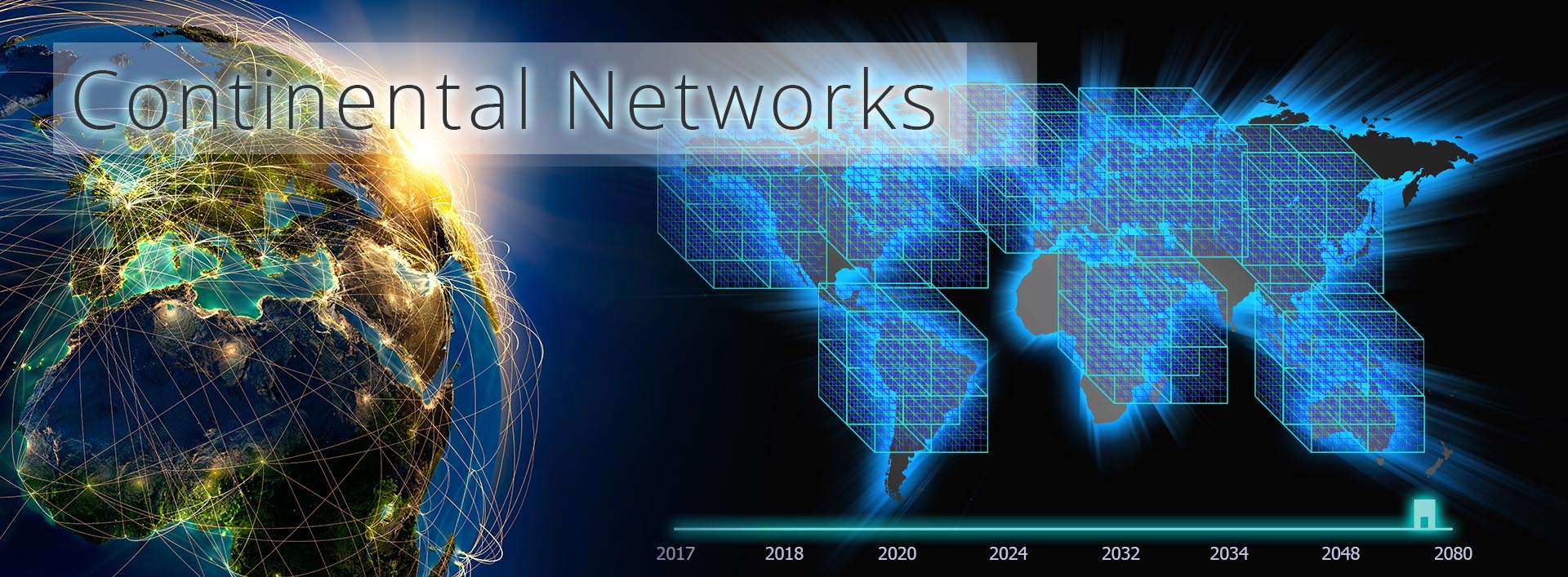
Hi Amanda,
I’ve been working on the last two M-Systems 15. Angel POP and 16. Angelverses and I think these systems are very important. It would not be incorrect to say that the other systems are cogs in the wheel, but Angel POP and Verses are the wheel or at least its economic rim.
POP in RES
The Pressure of Profit Investment System within Revenue x Efficiency x Spin.
But before I get into that, I’ve just had my first thought on using POP M-System 10 the RES equation (initial ‘R’ Revenue of a system x quantum economic ‘E’ efficiency x ‘s’ spin) (spin is the amount of times initial input revenue is spent and re-spent and re-spent within the system within a year).
And whilst POP and RES are from the same family of theories (M-Systems) until the system was massive, it would not make much effect the on the microeconomic landscape.
However, I have considered that the POP law, that is intended to see 50% of a company’s profit spent on investing into one or another S-World venture or development (and note that of the other half of profit, if paid in dividends may be done so in network credits with a time limit on spending), dictating that 75% of the average performing companies profit will be invested in the growth of the S-World Network.
For some time, I have labelled the RES equation the Clinton Equation due to the budget surplus during his presidency. But after the first Trump vs. Clinton Debate I also created a Trump equation which is simply to charge less corporation tax to the US companies that do the best good for the USA.
This aside, another point that came from the debate was that Trump suggested about $5 trillion in offshore business cash flow would be in the USA if not for certain taxes. And this was a good use for the RES equation. As if a rule can be placed to say that the companies have a tax amnesty, but only if they spend 75% of the money in the USA within a year. It would greatly increase ‘R’ (Initial Revenue) in that year and a few years after, enough maybe to wipe 5 trillion of the USA debt balance.
The basics aside, I have considered a factor of RES that is not included within the basic equation. And that is companies who choose not to spend their profits or do so by buying big capital assets that have a low ‘S’ Spin (the money is not re-spent many times, or at all).
So, I thought that as POP is not a choice of investment options, rather it is a choice of investments that one is obliged to invest into (and I point out in real-world Villa Secrets tests, no one had a problem with POP). That this quality of POP sees an end to companies sitting on money and making a low spin.
And so, POP creates a greater ‘S’ Spin in RES and if we can create a high enough ‘E’ Efficiency this will also create a higher ‘R’ initial Revenue.
Further that I should try to combine RES into the laws on Angel POP and Angelverses and the cubic dimensions
Experience Africa, Grand-Network, Angel City 1
I have been giving more thought to the previous first set of Grand Networks (16 supersymmetric resort developments called grand networks for a collection of 512 standard companies making an average of about half a million dollars profit a year) or Super Grand Networks (4096 companies). (Note that I need to consider tax on companies who make POP Investments, in general as it’s a purchase it will count as expenditure and the income used will not be taxable).
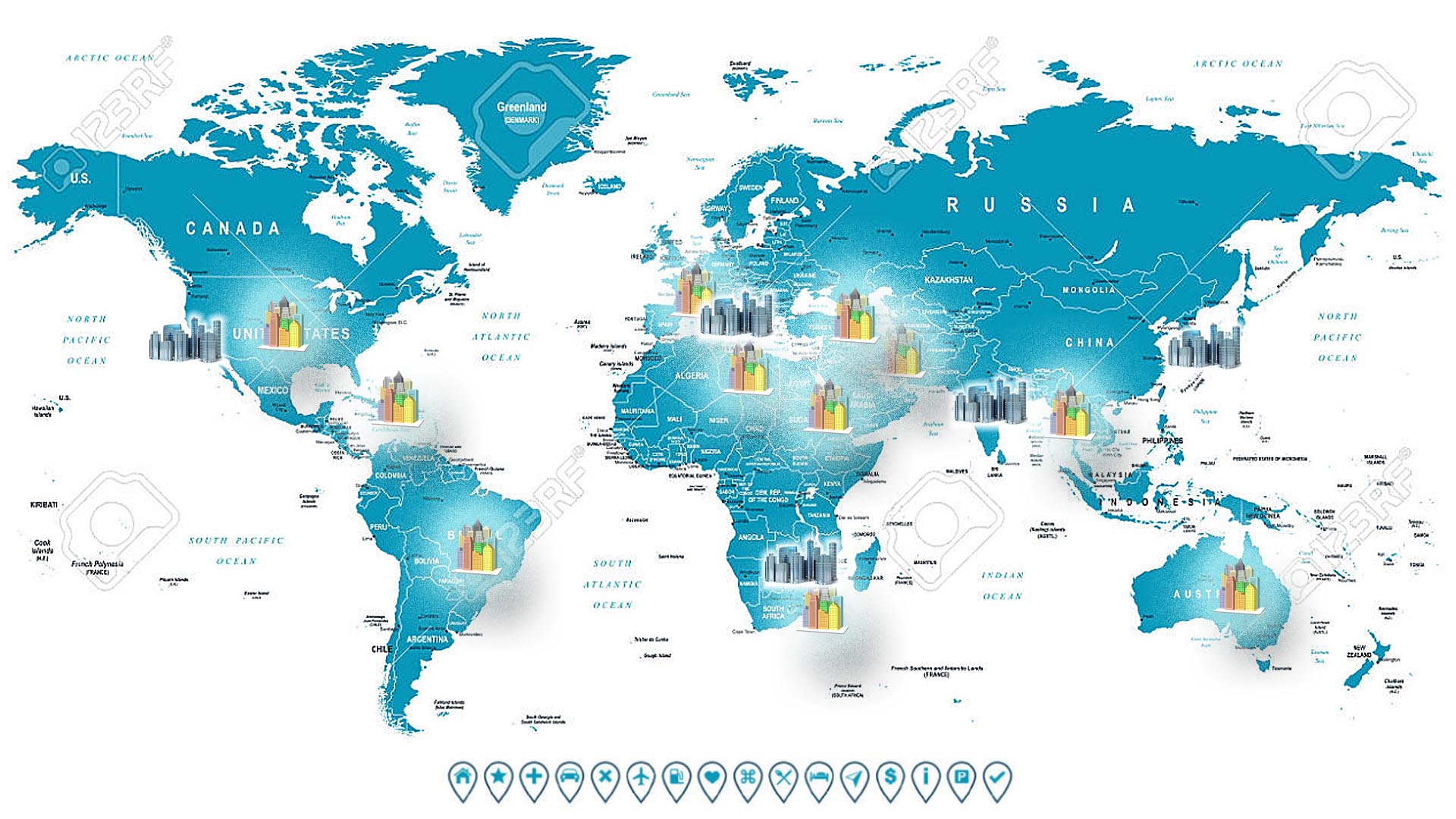
Recently (further down in this doc) I created the idea of Angel POP in a smaller way that was originally written in 2012 The Network on A String. So, that if we created 16 plans for grand or super grand networks, for each prime business location we would twin/join/attach the grand network with a less desirable business/economic location (creating the symmetry). So, that an investment in the most popular location, which would likely be near Silicon Valley, would be twinned with a development in an area of abject poverty.
I’ve been considering Malawi as there is a huge wealth of awesome people in Malawi. They are the friendliest and happiest race I have ever encounter. But also as the primary job of Angel City 1 (AD 2020) is to create the special project Experience Africa. Which is a real-world project in planning to create a superior safari system where if half the safaris are use, it will generate a lot of money to protect the Elephants Rhino and Cheetahs.
The point is the setup of this project is now part of S-World and Angel Theory, as the first good thing we do.
And so, Angel City 1 becomes the story of the network. And we can look at the idea that maybe in the future investing say $10 million into the twinned Silicon Valley network and Malawi network, (which we have done as a rule of Angel POP) which would see $5million invested into each network, with the idea that one has to buy into Malawi to get options for California.
However it could in the end turn out that the $5,000,000 in Malawi would generate a greater return than California. Principally this would be due to the land value and the cost of materials and labour. I have not done any research on Malawi, but one can be sure that the price of land in Malawi is a great deal cheaper than California. For instance, if one builds an S-World super grand network in Malawi with all the 2012 Theory of Every Business Locations Butterfly attractions creating all the Theory of More than we know now wonders plus an airport… then make it Angel City 1… It will always be of significant importance and require a lot a great minds to man.
And then follow the original 2012 ‘The Butterfly’ (4th American Butterfly Book, not online yet) Experience Africa model of creating a giant nature reserve with breeding programs. And as it’s so close and the habitat is similar, one could consider relocating an entire national park’s Elephant, Rhino, and Cheetah populations. If like in some locations, they have gone from thousands to less than a hundred and it’s inevitable that they will eventually be slaughtered.
Well… then we have created a significant circler event.
A super development powered by alternative energy, lots of academics tempted to visit due to the initiatives as well as its great location and the many great jobs. Made popular by many… a celebrity and royal, loved by philanthropists. Plus, add now the chance to go on safari and see all the rescued and relocated animals. And one is creating a ‘location, location, location which is lifting many people out of abject poverty into a much better way of life. It’s not only conservation its human philanthropy.
The result is a much more popular location that will be able to sell off houses at a much higher price, and due to being able to buy a lot of land for not a lot of money (relative to California); one could develop a square mile a year and have a consistent stream of money coming in from the sale of houses sold via S-World Villa Secrets & S-World VBN.
If one considers this story… one may consider that the Malawi resort is a better investment than California in the first place.
And so, the circular event.
By writing Malawi in as the home of the California twinned grand networks, and maybe even making it the first we seek to lay bricks on, it becomes a credible objective of Angel Theory. Credible enough to add as the final of the four Experience Africa.com chapters.
The stronger the plan for Angel Theory, the stronger the plan is for Experience Africa.
The safari software I plan is already probably good enough to make Experience Africa and a great funding of the project for the elephants… if individuals such as Paul Allen and Mark Zuckerberg are inclined to help, many safaris and travel operators will wish to use the system due to the companies behind it, Facebook and Microsoft.
As it’s such a popular cause and a worthy one, great PR can be achieved by celebrities and royals and other famous people just talking about the idea.
But then if we add the idea for a super nature reserve/grand network in Malawi and a university that is going to get behind the Experience Africa initiative, well, then those elephants are saved!
A thought…
There is also the possibility that the California or Silicon Valley grand network to not be a real estate development at all, it’s just the equivalent of 512 or 4096 S-World standard companies.
And the model is that one invested in a California or Silicon Valley S-World company (from Villa Secrets, to VSN, to UCS) and half the investment goes to Angel City 1 in Malawi. And Angel City and Experience Africa become a Malawi City of Science / Nature Reserve/ Silicon Valley project.
I appreciate this may seem like a detour from the physics of things, but I’m trying to get my head around Angel POP and not just the POP dimension but also the 8 global network cubes (continental networks) which I have had reason to completely rethink in light of recent developments. And in particular, in consideration of Professor Andrew Eben Strominger, currently specializing in the Fundamental Laws of Nature, 20 years after creating the string quantum mechanics black hole models with Professor Cumrun Vafa.
I’m thinking that Professor Andrew Eben Strominger would be a great person to get on board relative to both Angel POP and Multiverses, especially as I would like Harvard Business School to also participate. I remember when I first thought of M-Systems back in 2011, one of the first things I did was phone Harvard Business School and spoke to a nice man called Cullen Schmitt. The conversation and what I sent are still found in the 2nd S-World.biz chapter ‘The Spartan Theory.’
The 8 Continental Networks
I have started a page that may end up being the ‘More Details’ for M-System 15. But I have come across a need to completely rethink the making of the 8 global/continental networks.
In a cubed global network hierarchy, it would look that one needs to first divide the world into 8 locations. Up until the last few days these have been geographical in the first principle and in the summer of last year I divided the locations further to make 8 locations that had roughly the same GDP.
For this to work, I needed to add the Middle East and India to Africa, which always felt wrong. And is certainly not conducive to the idea of Angel POP.
Before I go on let’s have a look at the eight global networks of the summer of 2016:
- Western, and much of the middle USA and Canada
- Eastern USA
- Central, South America and the Caribbean
- Western and Southwestern Europe (including UK, France, Spain and Italy)
- Central, Eastern, and South Eastern Europe (including Germany, Russia and Greece)
- Middle East and India to Africa
- China, Thailand, Vietnam, Myanmar, Macau
- East and Southern Asia and Australasia (including Korea and Japan)
However, I have in the spirit of ‘making a good model, (be it from string quantum mechanics or via a method such as the game of life) been thinking different!
The rules that we create for different companies POP, Give Half Back & the GGW-String relative to their different cubed dimensions could equally be extended to locations of the grand 8 global cubes and Angel POP.
| 10 Dimensions + Time | Companies | POP Points in USD | POP in Planck Cubits | |
| Angelverses | D 10 | 262,144 | $64,000,000,000 | 118,213,039,704 |
| Angel POP | D 9 | 32,768 | $8,000,000,000 | 14,776,629,963 |
| Super Grand Network | D 8 | 4,096 | $1,000,000,000 | 1,847,078,745 |
| Grand Network | D 7 | 512 | $125,000,000 | 230,884,843 |
| 2nd Tier Network | D 6 | 64 | $15,625,000 | 28,860,605 |
| 1st Tier Network | D 5 | 8 | $1,953,125 | 3,607,576 |
| Standard Company | D 4 | 1 | $244,141 | 450,947 |
| Small Company | D 3 | $30,518 | 56,368 | |
| Relative Company | D 2 | $3815 | 7,046 | |
| Abject Company | D 1 | $477 | 881 |
I have a strong feeling that the best rules in this case are crafted from both string quantum mechanics but also and maybe even more so from general relativity.
However, I am weak in all general relative math.
(But I do have a picture in my head and a way that I would like to see space-time presented. Being at first simply a planet and the journey of that planet with no sun. And then one with a sun, both overlaid on top of each other with the path of the planet shown with and without a sun, with breadcrumbs showing the orbit of the planet with the sun, in tandem with the no planted model. So, one can see the gravity and no gravity view. Then see the same thing with a few planets, then see the same thing with our solar systems. I think making such an animation will help me get a better view.)
Or maybe I can just leave it to the experts, albeit I would like to understand more…
What I need to do is allow for this within the Angel POP model.
For the continental networks my first instinct was to use a principle of POP. I thought for the microeconomics, in that there was a 1st tier network (8 standard companies) in a specific location, I would remove one standard company and replace it with a big company. So, making each 1st tier network a solar system with the smaller companies benefiting from the bigger and vice versa.
So my first idea, well my first good idea the continental networks was to take the UK out of the Western Europe continental network and drop it into Africa. And move India and most of the Middle East out.
In addition, we can take some individual impoverished or in general any Africa Country out of Africa and drop them in the more lucrative locations, such as Western USA or most other continental networks.
We can really mix things up.
One can even consider breaking the USA up into 8 and having each be located in different continental networks. Or do the same for China, although I’m not sure if that will work the same as there are not 8 even parts of China to split.
But you get the idea. We will make the continental networks originally based on location, but have between 25% and 75% of a mix after this point.
This way we can really even up the Global GDP amounts to between 12% and 13% of Global GDP (I did this last night).
And we can apply rules. For, instance if a continental network increases to over say 13.5% of the total global economy then some countries will need to shuffle around to balance and that can be done in a way that is best for Angel POP making the poorer countries richer.
And we can also consider re introducing American Butterfly The Network on a String SUSY Similarity Points 5 Satellite String Networks and 6 Super String and Quantum String Networks into the system.
Satellite String Networks are the idea that there would be 8 independent countries such as the UK and Japan that were separate to the continental network and could trade with any partner. This idea was discontinued as it seems it would be a hindrance to Angel POP. However, one can consider maybe having the UK remain in the Western Europe Network, but being also allowed to POP invest into Africa. I’m not sure that this is a good idea as it gives an advantage. But the idea of moving the UK into Africa is interesting, especially if there is quite a mix up. I also considered moving Japan into Africa as well.
Super String and Quantum String Networks are a way to build Networks of POP invested grand networks in M&B String format.
In general, the idea is to make the rules that we add to companies and dimensions, also apply to locations of the networks. So, that over time there will be a more balanced economy that can adjust automatically to keep making the balance greater.
In light of creating a good model that has as few adjustable elements as possible or no adjustable elements, as this is suggested by Professor Hawking as a good model.
Here are my original thought on Hawking’s description of a good model
Professor Hawking and Mlodinow … a good model is…
A Good Model…
A model is a good model, if it…
- It is elegant
- Contains few arbitrary or adjustable elements
- Agrees with and explains all existing observations
- Makes detailed predictions about future observations that can disprove or falsify the model if they are not borne out.
The above criteria are obviously subjective. Elegance for example is not something easily measured, but it is highly prized among scientists because the laws of nature are meant to economically compress a number of particular cases into one simple formula.
And as such an economic plan that wherever possible simulated, mimicked, or directly applied our laws of nature would be economically compressed.
It would have the equivalent of billions of years of fine-tuning.
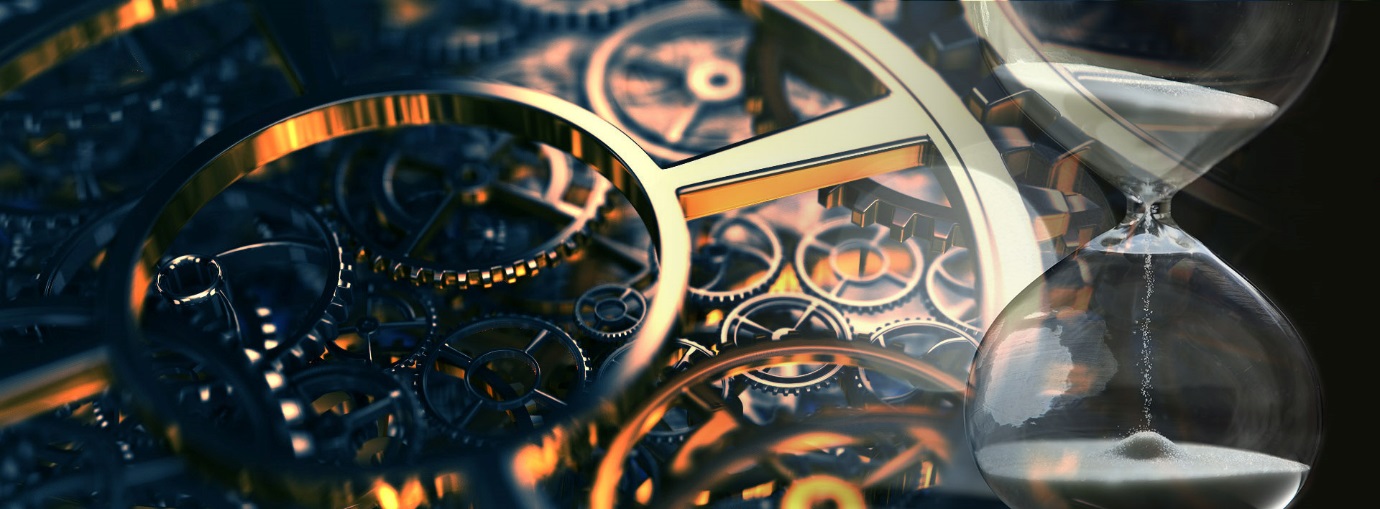
Further if we consider the 4 points made, the S-World design scores well.
-
It is elegant
Elegance is created simply by our simulation and attention to the laws of nature. If nature is elegant then a system that copies it must also be elegant. Or at least it has a better chance at elegance than a system that did not think along such lines.
-
Contains few arbitrary or adjustable elements
Whilst in its microstate (the individual small businesses) require many small adjustable elements, the fundamental important rules of the network are relatively stable. Over time more order will come to all microsystems in such a way as to allow for free will, but within a system where free will cannot create a poor result. This is one quality of the network created by a combination of various M-Systems.
-
Agrees with and explains all existing observations
As our network is a genuine working model, a real set of businesses with financial history on a prototype level– we score well for this point. The more research is done and the more industries and locations the S-World network operates in, the better our score will be. In fact, one can also say that if the system makes a lot of money and creates great good, then it agrees perfectly with observation.
-
Makes detailed predictions about future observations that can disprove or falsify the model if they are not borne out.
This is where S-World is strongest. S-World, Villa Secrets and M-Systems all make predictions, some a month in advance and some like Angel City 5 in 2080.
S-World’s founding scientific thought saw from Issacs Asimov…“You may not predict what an individual may do, but you can put in motion things that will move the masses in a direction that is desired, thus shaping if not predicting the future.”.
And from this consideration and five years craft created is M-System 14. Angel Cities, created per influence of Feynman alternative histories as 5 future simulations of the S-World Network in-between 2020 and 2080. Each City being dedicated to shaping the future in a direction that is desired.
The idea now is for points 2. ‘Contains few arbitrary or adjustable element’ to have no adjustable elements at all. Rather, when we need to adjust we make laws. Of course, in the first few years there will likely be a lot of additional laws and some will need to be modified. But the longer the system is in operation and the bigger it gets, the need for modification will lessen.
Why Angel Theory?
I just found a good bit of Hawking’s works to go with your 5-dimensional holographic principle and Harvard’s Andrew Eben Strominger & Cumrun Vafa’s string quantum mechanics.
“If a theory called the holographic principle proves correct, we and our 4-dimensional world maybe shadows on the boundary of a larger 5-dimensional space-time.”
I’m going to have a brake now and watch a film. I remember seeing a new science fiction film on Amazon Prime.
I’m glad I wrote this chapter. I am now confident that I can write a good M-System ‘Angel POP‘ page tomorrow.
At 30,000 words and counting and seeing as so much of the later systems and in particular M-System 9. Super Coupling and 15 Angel POP has been written within this presentation, this chapter of M-Systems research is turning into a book all of its own.
A few hours later…
23.44 5th January 2017
Interstellar Angel Theory
So, there is a coincidence, there’s me writing about the 5th dimension and I just so happen to watch a film on the 5th dimension and Angel Theory.
Well I have to say I’ve been in floods of happy tears. Happy tears as the underlying principle of the film was in tune with why I named this series of books on S-World ‘Angel Theory.’
At the time I wrote a page of notes about this with the idea that I would come back and add the detail at a later point. But as it is an emotional subject for me, it proved challenging to write a complete chapter in the time I had allocated. So, I decided to complete the full chapter at a later time.
For now, I will however insert a new Chapter called ‘Why Angel Theory’ for this section and simply present the points I made at the time, without going into too much detail.
Chapter 8
Why Angel Theory?
By Nick Ray Ball 14th January 2016

There are 5 reasons for naming this series of books Angel Theory
-
My Angel Inspiration
-
An Explanation for how one day I became smarter
-
The Physics of Angel Theory – Multiverse graviton communication
-
Angel Cities, Angle POP, and Angelverses
-
Philanthropy
At this time, we are going to have a briefish look at points 2 and 3. I am creating a fuller chapter on this point that I shall add to AngelTherory.org at a later date.
In reference to my emotional reaction to the film ‘Interstellar’ we need look at points 2 and 3.
I shall start with 3. Multiverse graviton communication which appears in the ‘S-World – Angel Theory‘ S-World.biz chapter.
The Physics of Angel Theory
‘In String and M-Theory there are many universes. And it is said to be possible to communicate from one to another using bursts of gravity.
If there were a race in another universe with this technology, it’s likely that they would be able to answer most every question one could ask.
As such, to many on our earth, at this time, they would be considered akin to the gods. And the individuals within that were sending us the signals could be considered Angels.’
Nick Ray Ball to Caitlin Elizabeth
I wrote the above on the 16th April 2016, soon after I bought the domain www.AngelTheory.org, and later decided that that was to be the domain I use to tell this story.
My source for the quality of gravity being used to communicate between universes was from:
Brain Greene’s ‘The Elegant Universe – Part 3. The 11th Dimension’
Professor Savas Dimopoulos (Stanford University)
If there happens to be intelligent life on one of the membranes, then this intelligent life might be very close to us. So theoretically, and purely theoretically, we might be able to communicate with this intelligent life by exchanging strong gravity wave sources.
Professor Brain Greene
So who knows, maybe one day we will use gravity waves to communicate with other worlds.
Professor Dimopoulos words were the inspiration for naming this series of books Angel Theory. But until I saw the film Interstellar in which the punch line of the whole film was that the father ‘Matthew McConaughey’ having gained technical data from within a black hole, communicated from another universe to his daughter ‘Jessica Chastain’ via manipulation of gravity. And the result of this communication was that ‘Jessica Chastain’s’ charter saves the world.
Until I saw the film, Professor Dimopoulos words were all I had for this multiverse communication. And whilst there is some dubious physics in the film, the multiverse manipulation of gravity as way to communicate is theoretically safe. And it was nice to see a whole film based on the idea.
However what lead to the tears was the father communicating a way to save the world to his daughter from another universe. This was a reverse of the film treatment I wrote ‘The Sienna Project‘ back in 2011 at the very begging of the project, where in my film Sienna communicates a way for me save the world. (Then gets reborn and proceeds to save the entire universe… but we need not get into this here, this is saved for S-World Films)
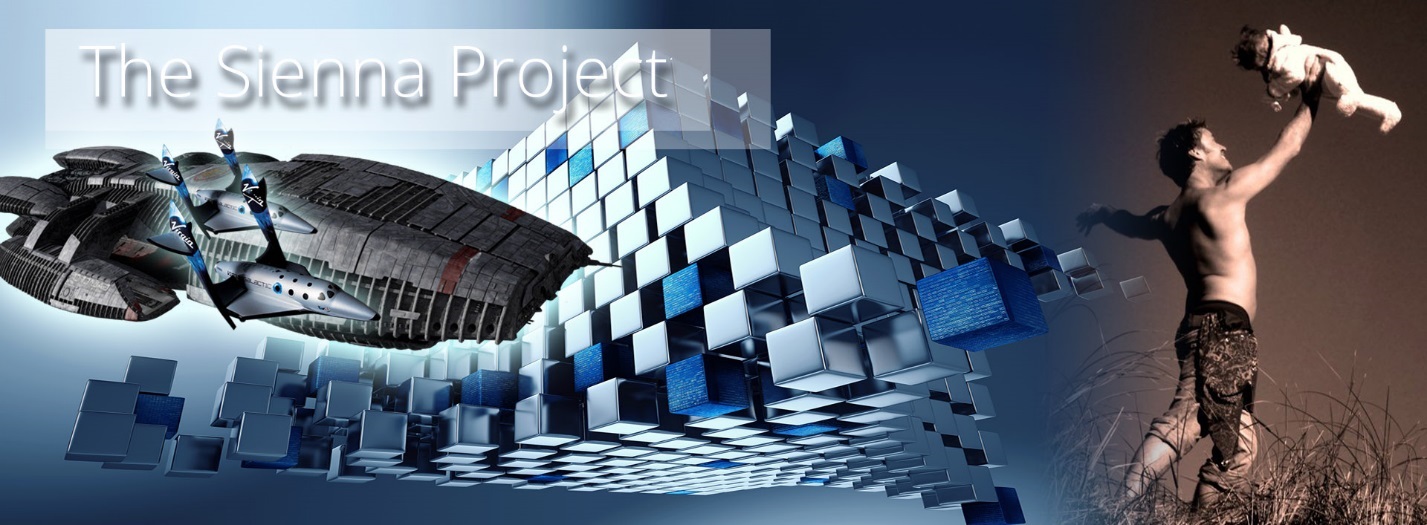
This film treatment changed the direction of my work from business plan to economic science and was the beginning of what I called ‘The Spartan Theory.’
2. An Explanation for how one day I became smarter
This section is the main subject of the dedicated chapter I am creating. And one can find the source notes in the second S-World.biz chapter The Spartan Theory.
To summarise, in between the 4th and the 7th April 2011 I had a series of Eureka moments that changed a plan for a global trade network into a plan for a new ecologically safe economic system.
Having had time to do a little reading of the original inspirations, I can see that many of the pillars of M-Systems and in general the idea of S-World was inspired in this short period of enlightenment. After which, so far it has taken nearly six years to write it all down and make suitable prototypes, and indeed learn the skills necessary to make such prototypes.
I have thought about this moment of inspiration many times and the best way for me to communicate the ‘how’ is via a quote from Sir Arthur Conan Doyle…
“When you have eliminated the impossible, whatever remains, however improbable, must be the truth?”
Sir Arthur Conan Doyle
Sherlock Holmes: The Sign of the Four, ch. 6 (1890)
When S-World and M-Systems make a difference and people ask about its origin, I have no answer other than… One day, either I became an awful lot smarter and just imagined a superior economic system, which given my lack of knowledge in economics or higher math at that time, was an extreme long shot.
Or per Sherlock Holmes: “When you have eliminated the impossible, whatever remains, however improbable, must be the truth…”
This system in some way was communicated to me by my Angel Sienna, or an intelligence she is connected to.
The impact on Angel POP and Angel City 5 Special Projects
Re original page on 5th January 2017
Getting back to the 5th January and a decision I made after watching the film and having my ‘Angel Sienna’ moment.
I had a thought about the plot of the film. How via graviton method a father shows his daughter how to save the world. And my own experience which is reversed wherein my daughter is showing me a way to save our world.
The thought was about Angel City 5 Special Project 14. The Population Point, which is not online yet but will be soon. Special Project 14 was always going to be the most controversial and the hardest special project.
It is also a point where I could see my understanding of philanthropy at odds with many philanthropists, who see each human life as precious. And whilst I do not disagree I know that if the population of Africa rises from its current 1.2billion to 4 billion (as has been estimated by the end of this century in the documentary ‘Hans Rosling showing the facts about population‘) then this mass overpopulation in Africa is going to cause havoc and create an awful lot more inequality and abject poverty.
Over the years, I’ve had a number of ideas on how to slow population growth, but ideas were in no way ‘Angelic’ and in line with the concept of ‘free will’
So, in my Sienna moment, brought on by the film Interstellar and its Angel Theory content, I had a new idea… a save the world idea…
And it was lucky that I was working on M-System 15 Angel POP at the time, as this is the system that can manifest the idea.
Now whilst we can’t say that the Hans Rosling’s documentary is definitive science, his points seem well reasoned. In his documentary, Hans suggests that Europe and the Americas will not see a population increase come 2100, and Asia will increase by 1 billion from now 4 billion to 5 billion.
But Africa will rise from 1 billion to 4 billion.
In general the reason for the slow in growth of Europe and the Americas is linked to our education, wealth, and life style.
If this is so, then we need to consider ‘turning up the super coupling dial’ and apply The Theory of Every Business and M-System to Africa in a big way… as quickly as we can.
We need to create ‘African Butterfly’ with the objective of bringing quality education, wealth, and the western lifestyle to Africa as soon as possible. And in so doing reducing the estimated population growth to a manageable figure.
This may sound over optimistic. However, I know M-Systems and if I get the support I desire, this plan has the power to accomplish this ambition.
Chapter 9
Angel POP & Angelverses – Quick Summaries
M-System 15 & 16
By Nick Ray Ball 7th January 2016
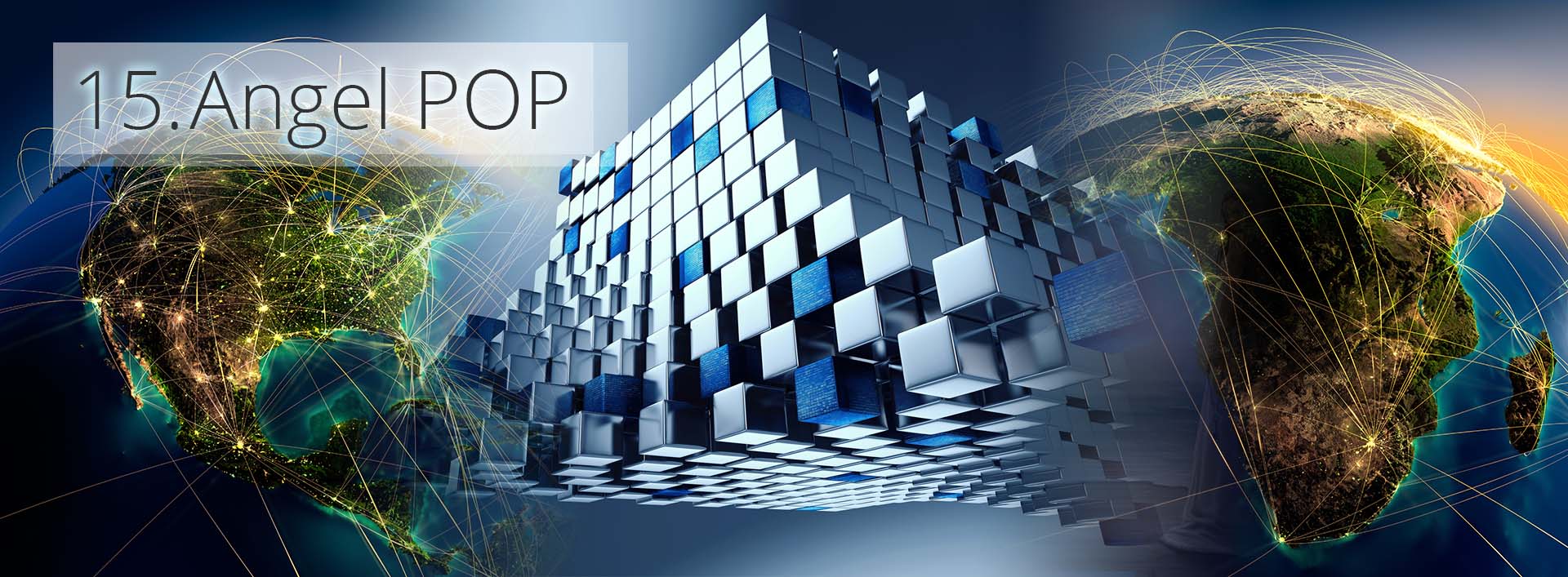
Hi Amanda,
I have at last completed a full version of M-Systems. I came close in July, getting to System 14 but it took another 5 months to get a version of M-Systems 15 and 16 which until the notes made in this chapter had had little consideration and no writings since 2012.
It’s amazing how much has come from these last 2 systems. It took a ‘Sienna moment’ to forge it. But now we are no longer looking at saving the African animals in Angel City 1. We are looking to assist an entire Continent starting with one of the poorest… Malawi (IMF’s 3rd poorest country per capita).
Albeit I can’t add a great deal of certainty to the location. The decision on where to locate the first grand network will be the product of a lot more consideration by experts in that particular field. However, all being even I love the idea of Malawi, the Malawian are simply awesome. And it’s a vastly underappreciated location is terms of beauty and travel.
Angel POP & Angelverses
The first draught for the last 2 of the 16 M-Systems follows….
Note I am still working on the introduction page, and in fact thinking of starting on the second, dimensions page.
System 15. ‘POP 3’ – Angel POP Basics
Influencers: Stephen Hawking – Edward Witten – Amanda Peet – Leonard Susskind
#Equality / Economics / Chaos Theory / The Butterfly Effect / General Relativity / Global Networks / Resort Developments / Urban Planning / The Poverty Gap / Universal Healthcare / Education
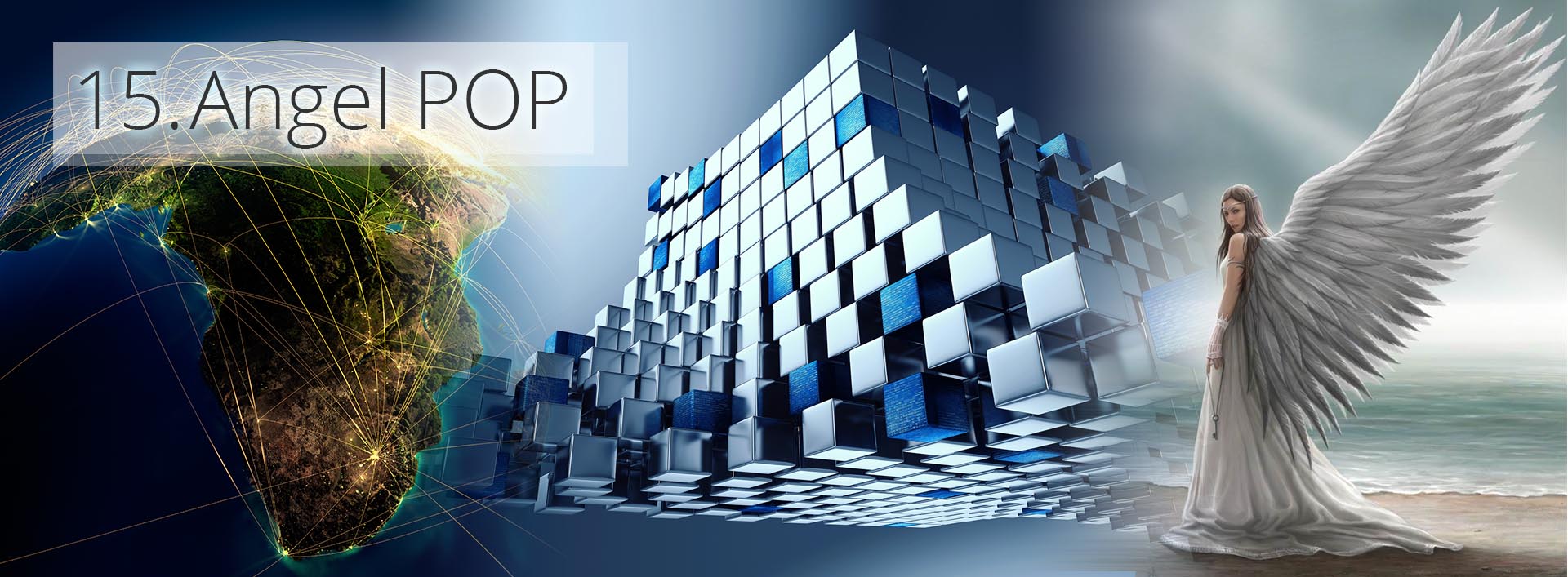
In as simple as terms as possible, Angel POP starts as M-System 5. Classic or BabyPOP which dictates that after a pre-determined point of profitability, every S-World company will invest its additional profit into the creation of a new S-World companies or grand networks (networks of companies attached to real estate developments) … Where after…
Angel POP uses plain old simple ‘supply and demand’ by limiting the investment options to include less desirable businesses locations, which need to be fully invested before the next phase of POP investment options is released.
As a result and amplified by The Peet Tent, which ensures that no S-World company can fail. Reasons to invest into less desirable business locations in the first instance change. Be it a big company investing in a grand or super grand network, or a single man or woman needing to get finance from a bank to start an S-World company. The predetermined success of each network or company and the combination of Angel POP and the Peet Tent make each and every S-World venture desirable.
System 15a. ‘POP 3’ – Angel POP in 10 cubic financial dimensions
Influencers: Amanda Peet – Michael Greene – Brian Greene – Stephen Hawking – Ed Witten – L Susskind
# Resort Developments / Investment / Economics / Chaos Theory / The Butterfly Effect / Quantum Mechanics / General Relativity / String Theory / M-Theory
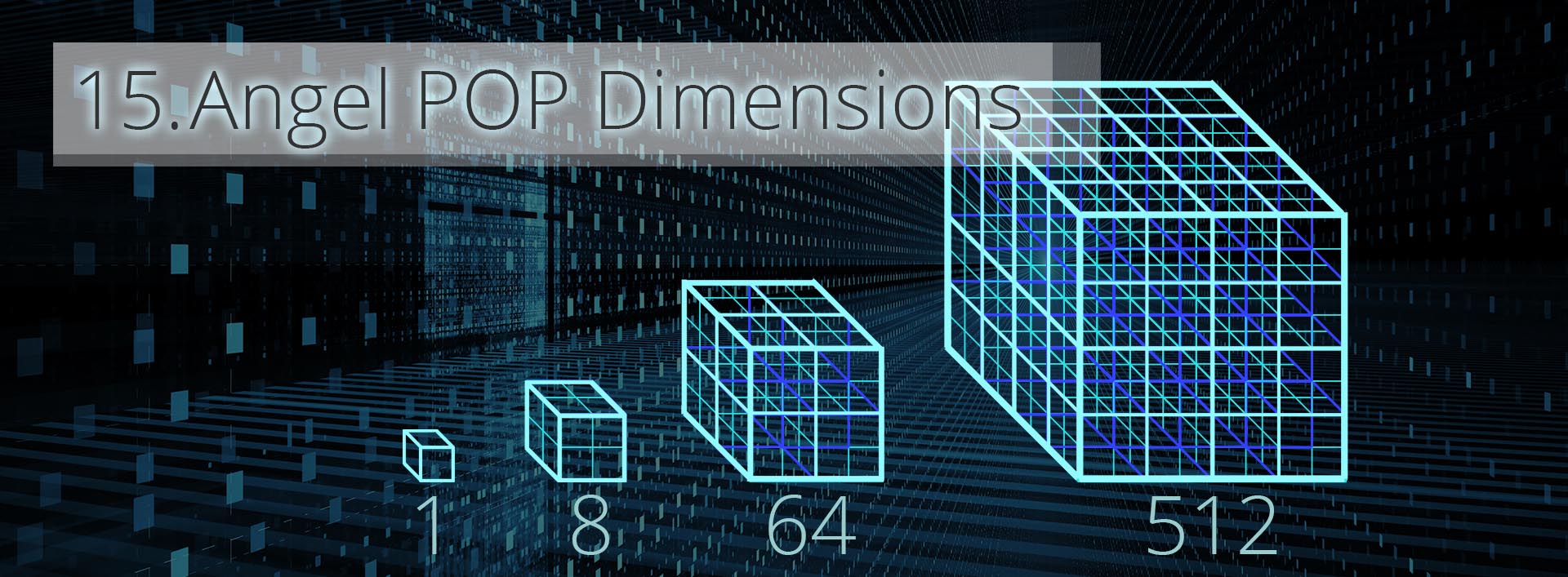
To understand Angel POP one must first understand POP cubic-financial-dimensions. Above we see the principle of POP dimensions which are simple to understand. Eight single cubes fit inside on bigger cube, and 8 cubes of eight makes a 64 cube and so on. To change from one cubic dimension to another, one simply multiplies or divides by eight.
The first cube you see is a single D4 ‘standard company’ which has a POP Point of $244,141. This company starts in the 4th cubic dimension. Then 8 such companies combine to move into a higher 5th dimension. Then in the 6th dimension 64 companies create POP investment of $15,625,000. And in the 7th dimension we have the equivalent of 512 standard companies generating $125,000,000 a year in POP investment capital, which is enough to create a grand network (a small resort development).
Below we see the structure in 10 dimensions. We have six smaller ‘company or individual’ dimensions (D1 to D6), and three large dimesons (D7, D8, D9) which can create resort developments. And at the top, the 10th dimension is the M-Theory multiverse, which can contain 10 to the power of 500 big companies. However, at this point we would continue the cubic structure and create an 11th and 12th dimension. But seek to pull the world out of Abject, then Relative poverty so keeping the 10-dimensional structure.
| 10 Dimensions + Time | Companies | POP Points in USD | POP in Planck Cubits | |
| Angelverses | D 10 | 10500 | $64,000,000,000 | 118,213,039,704 |
| Angel POP | D 9 | 32,768 | $8,000,000,000 | 14,776,629,963 |
| Super Grand Network | D 8 | 4,096 | $1,000,000,000 | 1,847,078,745 |
| Grand Network | D 7 | 512 | $125,000,000 | 230,884,843 |
| 2nd Tier Network | D 6 | 64 | $15,625,000 | 28,860,605 |
| 1st Tier Network | D 5 | 8 | $1,953,125 | 3,607,576 |
| Standard Company | D 4 | 1 | $244,141 | 450,947 |
| Small Company | D 3 | $30,518 | 56,368 | |
| Relative Company | D 2 | $3815 | 7,046 | |
| Abject Company | D 1 | $477 | 881 |
System 15b. ‘POP 3’ – Angel POP and The Global Cube
Influencers: Amanda Peet – Michael Greene – Brian Greene – Stephen Hawking – Ed Witten – L Susskind
# Resort Developments / Investment / Economics / Chaos Theory / The Butterfly Effect / Quantum Mechanics / General Relativity / String Theory / M-Theory
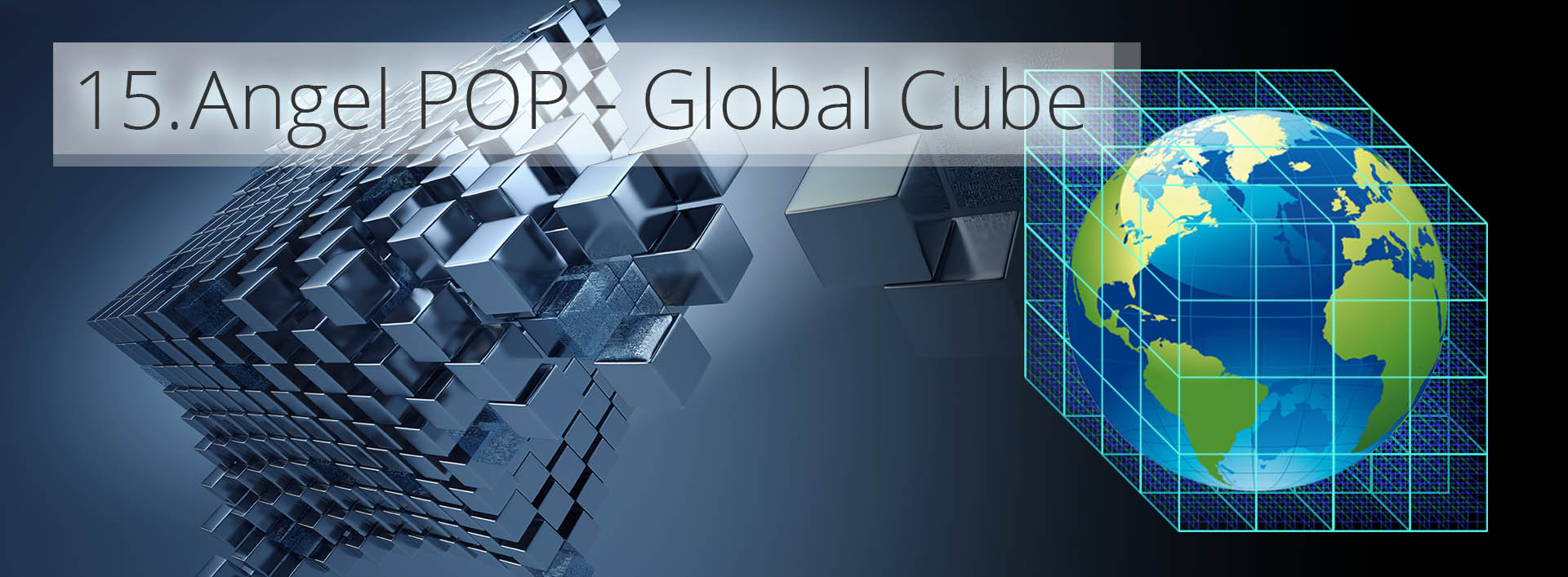
Angel Pop first appeared as an S-World project in the Autumn 2012 as Angel POP, the 7th chapter of American Butterfly book 3: The Network on a String. It was initially created in extreme macroeconomics (D10 x 8 x 8 x 8), the 13th cubic financial dimension, which saw the creation of 32,768 super grand networks within ‘The Global Cube.’
The simple math of Angel Pop and The Global Cube
Angel POP starts as M-System 5. POP (the Pressure of Profit investment principle), which dictates that after a pre-determined point of profitability, every S-World company will invest its additional profit into the creation of a new S-World companies or grand networks (networks of companies attached to real estate developments).
It was considered that if S-World were to be successful and complete three quarters of the global cube, then due to POP (dictating that investment must be made in one or another S-World development) the last 25% of options (which would likely be options in less financially desirable locations) would be due to the ‘pressure of profit’ be created and made profitable in a handful of years. And the last 10% of companies in about 18 months, the last 1% within a week as the pressure of profit of the other 99% of the network invest into the last 1%.
In this model, given that S-World is a success, then any location that was identified as an S-World grand network would eventually be a success. So, in terms of investment, even the most undesired of business locations becomes a good/better investment in the first instance, due to its eventual success.
System 15c. Angel POP 2017 – Start as you mean to finish
Influencers: Amanda Peet – Steven Hawking – Virgin Unite – The Chan-Zuckerberg Foundation – The Paul G Allen Family Foundation – The Bill & Melinda Gates Foundation & The Corniche Group / Elon Musk
# Equality / Education / Health care / Resort Developments / Investment / Economics / Chaos Theory / General Relativity / M-Theory / Progressive Charity / The Sienna Foundation
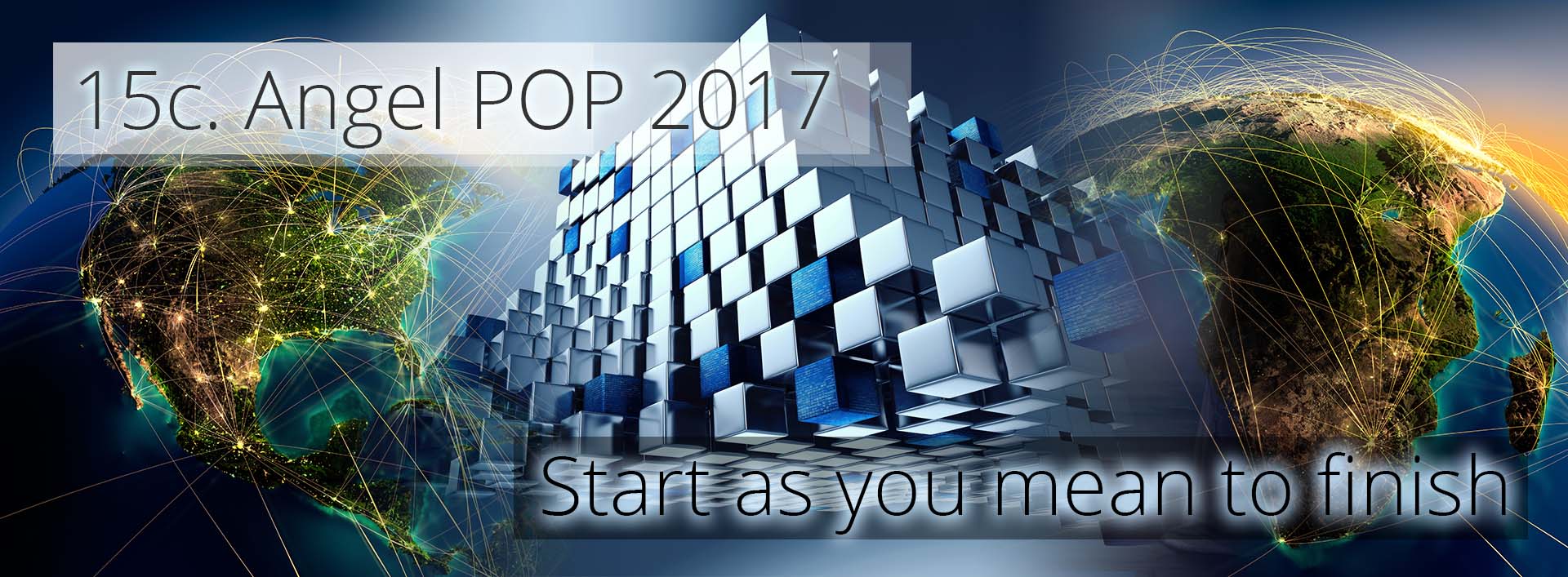
In 2017 we use the original Network on a String Angel POP principle, but instead of working with 32,768 super grand networks, we start with one grand network and make sure we buy enough land to later expand to a super grand network.
Start as you mean to finish!
From the very first grand network (phase 1) we shall apply Angel POP. So, we must pick 2 locations, one economically strong and one in abject poverty. And we shall not create a second grand network until all investment options in both networks are taken.
We greatly simplify this process by applying the SUSY Hierarchal Spin Equalizer (the weakest company twins with strongest) so making the two options, one profit centre and investment option are only available in the twinned locations.
Current thinking (which is a starting point not a condition) is to twin the state of California and Malawi. With a grand network (resort development) in Malawi and a network of businesses in California, these businesses may be creating S-World Virtual Networks but will be creating a disruptive entrance to the California real estate and luxury travel market. We are already planning a grand network of 64 companies in California this year, which would expand over time to 512 companies, and would generate enough POP investment to meet the $125,000,000 POP Point.
This plan will be developed in M-System 6. The Theory of Every Business – African Butterfly in which great attention will be paid to the Lake Malawi development, Angel City 1 and Experience Africa. For more information on the Villa Secrets network, see An introduction – Mandates – Single Company Profit Forecast – Local Network Creation & Market Share – The TFBMS AI – Alternative Introduction
System 15d. Angel POP Laws
Influencers: Stephen Hawking – Edward Witten – Amanda Peet – Andrew Strominger – Cumrun Vafa
# Economics / Chaos Theory / The Butterfly Effect / General Relativity / Black Holes / Big Bang / String Theory / Global Network / Resort Developments / Urban Planning / The Poverty Gap / Universal Healthcare / Education / M-Theory
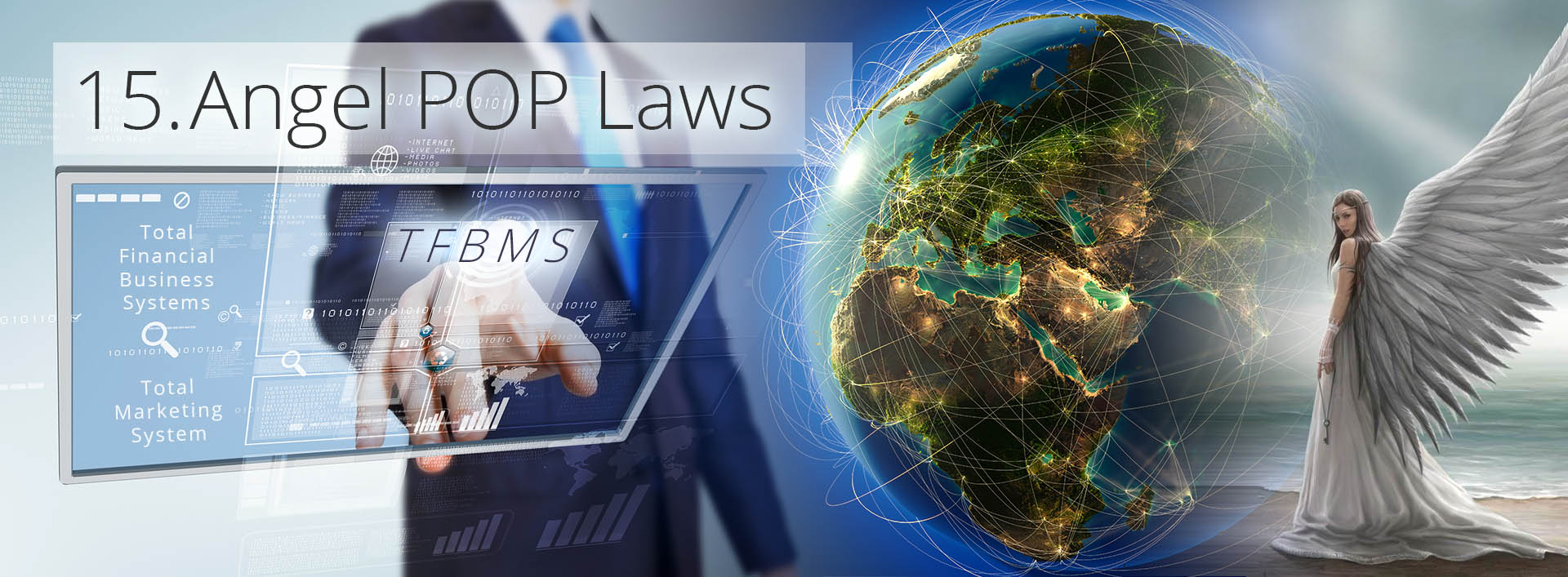
We need to create a set of laws that apply to the GGW-String, TFBMS, POP, Super Coupling [2], RES [2], QuESC [2], Angle POP & Angelverses. So, that we create a system that is fine-tuned and needs little or no tweaking. As M-Systems mimics/simulates the laws of M-Theory we can seek inspiration for such laws in nature and benefit from billions of years of economic compression.
In Dr Amanda Peet’s lecture ‘String Theory Legos for Black Holes‘ at 48 minutes Dr Peet presents the concept that different dimensions of string theory have some basic laws (or rules) which effect the makeup of our universe.
Peet explains that in 1996 physicists Dr’s Andrew Strominger & Cumrun Vafa used string quantum mechanics to calculate the entropy of what a system would be. And it turned out to give exactly the same answer as the Bekenstein Hawking entropy model predicted 40 years earlier. The important point of the above is that by coming to the same conclusion using 2 different methods, the math becomes much more likely to be correct. And so, ideally, we would apply such laws to the system. However, in Hawking’s book ‘The Grand Design,’ he describes ‘The Game of Life’ which uses some very simple laws to great effect. So, it’s possible we may just use laws that simply fit the model well or a combination.
One Angel POP law may be that we would start with one twinned grand network California-Malawi, and not start another grand network until it is fully invested. But continue to create companies in a variety of locations. Once the California-Malawi network is fully invested, this law can then apply to another twinned grand network, and another, and another. Then possibly 4 twinned networks at a time, completing the first D8 which would over time develop into a D9 network… repeat… repeat… always twining a strong and weak economic location and restricting the creating of grand networks to a small enough number to make such investments desirable. Working to create 8 D9 networks at which point the network enters into D10 and the land of macroeconomics and Angelverses and black hole mathematics.











